
UX Portfolio Case Study template (plus examples from successful hires)
Your portfolio is the most critical piece of the puzzle when it comes to selling your design skills to recruiters and clients. It’s the single most vital component of any design career move you will ever make.
A UX case study is a detailed but summarized presentation of a design project, its goals and objectives, the research methods used, the process to find a solution and the results achieved.
I hope to share with you a UX portfolio Case Study template for making your portfolio simpler and less overwhelming with the aim of getting you a job interview and potentially a higher paying job. I happen to have stumbled upon it through trial and error but it has resulted in me being headhunted for my last three Senior roles in UX at two agencies and a product company.
But first let’s start at the beginning. When I was trying to design my portfolio, I used to spend countless hours digging up relevant work from past projects, downloading a ton of device mockups, and implementing every tactic from articles on portfolios that you can find.
The problem with that was it had been months and I was still not done. Every little inspiration I found, seemed to demand a new version. I also was not getting any interviews for the job I had applied for.
How long should a portfolio case study be? What should I include? I felt stuck and overwhelmed by every single detail.
The worst part was, I was not even sure if what I had was good enough to get an interview, let alone a job.
That queasy, gut-twisting anxiety in the pit of your stomach won’t go away no matter how much you tweak your portfolio.
By spending time studying other design portfolios of not just every designer but successful hires, I was finally able to come up with a system that covered what recruiters actually wanted to see.
Why the structure of a case study is important
Recruiters spend a short amount of time on each candidate’s portfolio, scanning for information in the case studies that relates to the role’s skills and responsibilities.
To stress how each important your case study detail and layout is, let’s look at how two recruiter personas who have different business needs might look at the information provided in a designer’s case study.
Recruiter 1
CEO Works at small mobile app company, limited staff. Results orientated, only has 5 minutes to look through a portfolio. Looking for a freelancer/part-time designer.
A quick view of a candidate’s case study should answer: - Is their work relevant to what we do? - How much work did they do on a project - Can they work unsupervised? - Have they seen a project through to launch?
Recruiter 2
Creative Director Looking for a full-time designer Works for a large agency. Leads and supervises the design team. Process orientated, has time for a detailed case study.
A quick view of a candidate’s case study should answer - Is their work relevant to what we do? - Is this their most recent work and skills level - Do they understand what problem they were solving (big-picture thinking) -Did the solution solve the problem they sort out to address
These two recruiters require different forms of information and detail from your case study. It is up to you to make sure the case studies you create cover what they are looking for in order to land interviews.
Don’t just put a portfolio case study together and hope it will be good enough.
The secret to a portfolio case study that can get you an interview and explode your career opportunities lies in a creation process that is aligned with your audience’s needs.
That’s why I want to share with you this UX Portfolio Case Study template from UX Design Mastery . It is based on over 60 portfolios of successful design hires from Facebook, Amazon, Uber, Twitter, Apple, Google, LinkedIn, Dropbox and the insights of top design recruiters.
How do you write a UX case study
The core idea is to try to break down your case study creation process into a writing component and designing component so that you can tackle each one without getting stuck or overwhelmed.
This template is meant to help outline all the text that is going to be in your case study that recruiters/clients are looking for.
This ensures that your case study has a good narrative and understandable structure. This also allows you to plan more effectively what design artifacts you will need in your case study. It’s a system by which you can rapidly roll out multiple case studies without forgetting anything that’s relevant to a recruiter or client.
The UX Portfolio Case Study template has 8 critical sections that recruiters are looking for.
UX Portfolio Case Study template
- Project Title & Subtitle (A headline and subtitle that indicates the name and goal of the project)
Client/Company/Project type
- Project date (When did you work on the project)
- Your role (What you were responsible for on the project)
- Project Summary/About this Project (An overview that summarizes the project, goal and results)
- The challenge (What specific problem, user needs, business requirements and/or pain points that the project solves. Were there any technical constraints or business KPIs you had to keep in mind? Who are you users and what are their specific needs)
- Solution (What method/process were used to solve specific problem, user needs, business requirements and/or pain points? How did features address the objectives?)
- Results (Project success metrics, awards, reflections, project next steps and/or lessons learnt)
Let’s look at these sections in detail, roughly how long each one should be and share some real life examples from successful hires.
Project title & subtitle.
Length: Project Title (1 line) & Subtitle (1–2 lines)
A short concise headline that couples the name of the brand/application/client and goal of the project. A lot of designers tend to rush the naming of their project but it is crucial in capturing the attention of its reader. It is the first thing a recruiter is going to read to decide whether or not to carry on reading your UX case study. Make sure it is clear, understandable, and does not use technical jargon. The subtitle is optional but a great way to build more context around the Project title.
Length:1 line
Unless stated in the title, this helps build more background to who the project was for. If the project was not a commercial project for a client or brand, this is where you can state that it was a conceptual project, a design challenge, or a practice project.
Project date/duration
When or how long the project was helps the recruiter establish whether this is your most recent work and most importantly, to gauge where your skill level is. Always try to put up work that is recent because it’s an accurate reflection of your skills.
Length:1–2 lines
This is a section to state everything you did and were responsible for. Recruiters are looking to accurately assess your skills in the context of the entire project’s execution. Did you work with a team, did you work unsupervised to create the project deliverables. Recruiters can make an informed decision about whether you will need help on the job or hit the ground running.
Project Summary
Length: 1–2 paragraphs
This is a critical section for any reader who does not have a lot of time to read through the entire case study but wants a brief summary of the project, goals, and results. They may be going through a stack of applications and only have a few minutes to scan over one or two projects in your portfolio. Usually the first two. If nothing stands out or if the work is unclear then they will quickly move on.
That covers the introductory part of your case study. Now we get to the body of the case study.
The Challenge/Problem
Length: 2–3 paragraphs
This section specifically looks at the problems the project is trying to address. What are the business requirements, user needs, pain points that the project solves? Who are the end-users and core target market? What platforms was the project for and where there any technical constraints or business KPIs you had to keep in mind?
The Solution
Length: As long as needed
This section is going to be the longest as it showcases how the project goals where achieved. Firstly, outline the design process steps and methods followed during the project outlines the layout of this section. Show your overall project steps, why you chose the methods you used, Recruiters want to see all the relevant design artifacts that you produced from sketches to visual mockups to prototypes.
Here are some examples for showing the overall process:
Other deliverables that you can show:
- Interview notes
- Usability tests results
- Whiteboards
Length: 1 paragraph
The critical last section concludes the case study by outlining any project success metrics that were achieved, awards that were won. In the case of a project that is not live, reflections and the project’s next steps are sufficient to round up the case study. Try to share any lessons that you learned to demonstrate you are invested in both the project’s life cycle and your career development.
What you can do next
If you would like to get down to work, download my UX Portfolio Case Study template for free . Its included with the Design Portfolio Layout Guide , that includes 20 online case studies and example scripts for each case study section.
What to read next
Two step by step walk-throughs of creating a UX case study using the layout guide described in this article.
UX Case Study Example #1 plus free template
In my last article, i shared the free ux portfolio case study template that i developed based on over 60 portfolios of….
uxdesignmastery.com
UX Case Study Example #2 plus free template
Today i want to walk you through another example on how to create a ux case study for your ux portfolio., ux/ui practice projects.
If you do not have projects for your portfolio yet, I have some detailed ux ui practice projects or project briefs for you to tackle from UX Design Mastery :
UX/UI portfolio projects for beginners #1 Blog Website
One of the hardest things to do when starting your design career is to create a design portfolio of impressive work…, ux/ui portfolio projects for beginners #2: ecommerce site, one of the greatest challenges with transitioning into a ux/ui design role without any design work experience or…, ux/ui portfolio projects for beginners #3: travel app, this practice project/client brief is the third one in this series from ux design mastery after the one for a blog…, ux/ui projects for beginners #4: agency website, this is the fourth design portfolio project for ui and ux designers. a detailed client brief that is time-boxed….
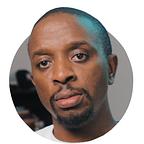
Written by Calvin
UX Design Team Lead | MSc in HCI, background as Seniour UX designer, Java dev and a UI designer #fullstackdesigner | Full Blog: https://uxdesignmastery.com
Text to speech
- Blog Home Home
- Explore by categories Categories TOPICS Case Studies Information Architecture Product Development UI/UX Design User Research User Testing UX Career UX Tips Women in UX
- News and Updates News
- UX Glossary
Save Time and Frustration
Say No to Poorly Designed Products!

How to Build a Strong UX Research Portfolio

TABLE OF CONTENTS
In the realm of user experience, UX research portfolios are a commonplace tool for professionals in the field. This article aims to provide a comprehensive guide to help explore what UX research portfolios are, why they’re important, and offers valuable insight about how to create the most impactful UX research portfolio possible.
Key Takeaways:
➡️ UX research portfolios serve as invaluable tools for effectively conveying the skill, expertise, and experience of a UX researcher
❗ UX research portfolios typically showcase previous work , accompanied by a bio or ‘about’ section providing insights to the researcher’s background
✅ Case studies craft a compelling narrative about problems solved and incorporate deliverables and key outcomes
🧠 Strong UX research portfolios help candidates stand out in a competitive job market
💡 UX research portfolios are a standard in the user experience industry, and offer a benchmark for showcasing one’s capabilities and accomplishments
What is a UX research portfolio?

A UX research portfolio is a thoughtfully curated collection of an individual UX researcher’s work that showcases experience and expertise in the field of user experience (UX) research. UX research is the systematic process of studying the behaviors, attitudes, pain points and habits of end users who interact with a product or service. Its primary objective is to gain insights that can enable designers and teams to make more informed design decisions for the product.
UX research portfolios typically include a range of projects, case studies, or other examples that exhibit a researcher’s distinct methodology . They often showcase tangible deliverables like personas or user journey maps , and explain how findings from research influenced the overall product or design.
Strong portfolios detail how research impacted a business or project goal, strategy, or metric, in a positive way.
UX research portfolios can be likened to the canvas of a researcher’s professional journey. Just as an artist’s canvas beautifully displays their artwork, a UX researcher’s portfolio is crafted to showcase the accomplishments and experiences of their career journey .
By painting a vivid picture of their research abilities and talents, a portfolio can leave a lasting impression on potential clients or employers, capturing their attention and appreciation.
What is the purpose of a UX research portfolio?

The job market for UX researchers (or designers) can be fiercely competitive, particularly in areas of high demand for research professionals. Recent years have seen significant shifts in the landscape of UX research, highlighted by a surge in demand for skilled practitioners, scarcity of senior-level positions, and an ever-changing set of required skills.
Within that competitive landscape, certain expectations for researchers arise.
Qualified UX researchers must exhibit an expected level of skill or experience, and portfolios are the industry standard method for displaying those qualities. Employers look to recruit talented researchers for positions in their organizations – and sift out candidates by reviewing and comparing their portfolios and resumes .
For UX researchers early in their careers, portfolios can be an invaluable tool to help secure employment .
In a sometimes cruel and unforgiving job market, junior researchers are easily overlooked by companies seeking more senior talent. Without experience, these junior researchers sink to the bottom of the talent pool of potential candidates. Where experience may be limited, however, a strong portfolio of case studies can help prospective researchers rise above the rest .
It is important to note, however, that while strong UX research portfolios can open doors to interviews, it does not guarantee immediate employment . Successful integration into a new team or company requires additional skills beyond portfolio preparation and presentation.
Qualities like effective communication, collaboration, leadership, adaptability , and other soft skills are vital to help researchers excel and rise above other candidates. These transferable skills become a strength for researchers with less experience than their counterparts.
A mix of skill, experience, and common organizational skills are indispensable components to what makes a UX researcher successful, and portfolios are the medium where UX researchers convey a compelling snapshot of their talents.
What should a UX research portfolio include?

If a UX research portfolio serves as the canvas of a researcher’s professional journey the same way an artist’s canvas constructs a visual story, masterfully crafting individual details in a research portfolio is key.
Some of the most important elements to a strong portfolio include the following:
- Project case studies. Case studies form the backbone of a UX portfolio. They are the essential, primary content that best demonstrates the researcher’s skill, expertise, and capabilities. They depict problems encountered and the steps taken to solve those problems. Highlighting a few case studies is crucial, as well-constructed quality studies can have a lasting impact.
- Process methodology. Communicating the process from the beginning to the end is what potential clients or employers are looking for. They seek to understand how a researcher will work with them in their organization. Clearly outlining the process taken to solve a particular prompt or problem enables others to envision what it would be like to work with a particular researcher. Condensing the research process into clear, digestible steps highlights effective communication skills.
- Research deliverables. Visuals and other assets serve as tangible demonstrations of a researcher’s ability to digest inputs (or data) into valuable outputs. For example, condensing vast amounts of user information and synthesizing research into assets like personas or customer journey maps showcases the researcher’s understanding of the target audience’s pain points and improvement opportunities. Highlight all deliverables that added value to the project.
- Key outcomes, metrics, or impact. Understanding the impact of a problem solved is one of the most important details UX researchers can highlight in their portfolios. Businesses interested in tangible results want to understand the value research provides, and teams want to understand how work they invest in aligns with their overall strategy and goals. Measurable outcomes detail the thorough understanding needed to focus on high-impact problems that provide the value organizations prioritize.
- Contact or connection. Encourage viewers to take action by providing actionable and easy steps to contact you or connect. Enabling potential customers the ability to continue engaging with you helps convert interest into opportunity.

Conduct UX Research with UXtweak!
The only UX research tool you need to visualize your customers’ frustration and better understand their issues
These aforementioned areas tend to draw the most attention from viewers. However, additional secondary details are also needed to contribute to a strong portfolio. Subtle details in a UX research portfolio, though not immediately visible, evoke a subconscious impression – much like the secondary elements in an artist’s canvas enhance the overall beauty and depth of a piece.
Keep in mind the following elements when curating your portfolio:
- Writing. Clear communication is key in all you do. Having simple and effective communication and documentation demonstrates the ability to be concise. In a world full of emails, messages, and notifications, it’s difficult to stay focused – and viewers tend to read through only the first couple words of a sentence. Formatting content in ways that are easy to scan (bullets, headings, bolding, etc.) and convey a concise message is vital to success in your work.
- Collaboration. Highlight how you collaborated with others on projects. Potential clients or employers will look for how a UX researcher collaborated with others on a project. Most research isn’t done in a vacuum, and showcasing what you did individually and with a group provides greater depth into individual skill while also demonstrating the ability to work with others when needed.
- Testimonials. Testimonials demonstrate what it’s like to work with you and can create a powerful impression. Audaciously listing all of the details as to why you’d be a great addition to another’s team is easily overpowered by someone’s simple testimony of their experience working with you. Include references from those who have had positive experiences working with you.
How to make a UX research portfolio?

Constructing a compelling portfolio involves several key steps. Here are some of the best steps to keep in mind when crafting or enhancing your own portfolio to make it the best it can be.
1. Know your audience
Consider the individuals who will be reviewing your portfolio. Are they potential clients that need to understand the skills of an independent contractor? Are they potential employers who need to understand how you will integrate into their team?
Take a user-centered approach in constructing your UX research portfolio. Tailor content, case studies, and details toward your target audience to find greater alignment and success with the type of work you aspire to do.
2. Select impactful projects
Rather than overwhelming viewers with a plethora of projects, curate 2-3 of your best works . Quality triumphs over quantity as viewers compare your portfolio to many others.
Hiring managers don’t have time to go through 5+ case studies for each potential candidate. Even though experienced researchers may have many projects to choose from, don’t give into the temptation to highlight all of them . Focus your efforts on 2-3 incredible case studies to help you stand out.
3. Showcase your work
Case studies are the traditional way of showcasing work on a given project. If choosing to highlight your work with case studies, ensure you provide proper context to the work.
Was this a team or individual effort? If you collaborated with others, how and when did you do so? Craft a meaningful story for each project you showcase. Be concise, but provide details that will be meaningful to your audience.
4. Demonstrate your process
As a UX researcher, detailing your process is key . Highlight the decisions you made and explain why you made them.
Demonstrate which research methods you used, and how you conducted your studies. Speak to any constraints the project had (timelines, business pressure, lack of resources, etc.). Summarize findings of what you learned throughout.
5. Highlight deliverables
Deliberately break up the content of your case study by including artifacts that provide valuable context. These elements provide tangible evidence that you conducted the research, and showcases your ability to synthesize data into digestible artifacts others can use.
Deliverables like r esearch plans , wireframes, testimonials, affinity diagrams , storyboards , excerpts from diary studies or other reports are all examples of deliverables you could include. Highlight what was created as a result of the research.
6. Communicate impact
Calculate the positive impact your work had on the organization. If the research led to measurable differences in results, highlight them by including a before-and-after section .
Hiring managers are making a business decision when hiring a UX researcher, and they need to understand how you will bring value to their business. Examples of how you’ve brought measurable change in the past helps convey to others you can find ways to drive results for their organization as well.
7. Present yourself
Remember that you’re not just telling a story about your work, but about yourself as well. Be natural and genuine in your portfolio in the way you communicate.
Convey what you love about your work and tell your story about why you’re a UX researcher. Include personal tidbits of what makes you unique and present yourself as a well-rounded professional.
Learn more about Why we do UX Research?
8. Test your portfolio
Once completed, enlist help from trusted individuals to examine your portfolio. Have them test functionality, making sure it’s working online and across devices.
Be open to feedback and ideas that come. Make edits to your writing and work based on their suggestions. Work out any kinks before sharing with potential clients or employers.
9. Share and iterate
Now that the hard work is done, begin sharing it with others. Continue to stay open to feedback, and make changes when necessary. Use it to pitch yourself for opportunities or jobs, providing concrete examples during discussions. The combination of your talent, experience, and the innate personal touch you bring will help you secure the kind of work you desire and find long-term happiness.
Keep in mind that rejection is part of the journey, and that’s okay. Not every opportunity will be the right fit for you, and businesses need to make decisions that align with their needs as well.
Don’t get discouraged, but press on and continue to work hard and believe that your efforts will pay off. Build bridges and relationships along the way. Continue to gain experience and enhance your portfolio iteratively if finding success continues to take time.
Storytelling through UX research portfolios

Vinod Punyani, a Senior Manager of UX Research Design at Walmart Global Tech, believes that storytelling is one of the most critical skills research professionals should practice and embody.
“When I review portfolios of candidates for a role on the research team, regardless of the level I am recruiting for, I assess the candidates’ storytelling abilities. I consider storytelling to be one of the most critical skill sets for researchers.
I am familiar with the standard advice for structuring the case studies in a portfolio – namely specifying your role, articulating your thought process and approach, and highlighting your learnings along the way. Most candidates’ portfolios I’ve reviewed follow similar patterns,
With that said, I also look for the candidates’ abilities to set the stage, surface the problem, highlight the challenges they faced and how they overcame them. I look for impressions of a candidate’s ability to influence change – which I believe to be an outcome of effective storytelling.”
Vinod states that while research acumen is important, being able to influence change in an organization is a key element to doing meaningful work in any organization. Storytelling is at the heart of how ideas are shared and how outcomes are articulated.
Ensuring that you’re telling an engaging story through your work will ensure you have a greater chance of capturing the attention of a hiring manager - and potential stakeholder in the future.

Creating a strong UX research portfolio includes crafting an impactful story to support it. Articulating that story to others is a skill necessary to succeed in the field of UX research today.
UX research portfolio examples

When seeking to enhance or create your portfolio, it’s helpful to look at other examples.
Here are a few portfolios worth exploring for inspiration:
- Aakriti Chugh – Aakriti’s portfolio showcases well-constructed case studies that effectively demonstrate her skills. Explore her work at: https://www.aakriti-chugh.in/#work
- Carl Pearson – Carl’s portfolio stands out with personal blog posts that help showcase his writing ability and industry knowledge. Discover more at: https://carljpearson.com/what-does-a-quantitative-ux-researcher-do/
- Tiffany Yang – Tiffany’s video walkthrough of the case study that got her hired is an encouraging example of the steps it takes to secure employment: https://www.youtube.com/watch?v=YswWJV4NUkE
Take the time to explore these portfolios, and search for additional ones that you admire. Understand how others communicated their strengths, and find ways to highlight your own natural abilities and talent.
UX research templates
For additional resources to enhance your testing or UX research portfolio needs, check out the available templates and tools below:
- Research and analysis templates – MURAL offers a collection of design research templates ➡️ Explore them here
- UX research template – Miro provides a UX research plan template to assist in structuring research. They also have many additional templates to leverage. ➡️ Access this template
- User journey map guide – Learn more about creating user journey maps with the comprehensive guide provided by UXtweak.
- Preference test tool – Additionally, check out UXtweak’s preference test tool to help find even more valuable insights through research.
- Figma portfolio template – Using a Figma portfolio template from the Figma community offers a free template to get started with designing your portfolio. ➡️ Check out the template
- Product research guide – Gain insights into product research with this invaluable guide from UXtweak.
- Card sorting tool – Card sorting helps facilitate information architecture exercises, and is a useful tool to help conduct your research studies.
Wrapping up
Crafting a compelling UX research portfolio that appeals to future employers is no easy task. However, by leveraging some of the best practices for showcasing your work and using storytelling, you’ll be able to stand out from other candidates and secure your dream job.
And if you’re looking for an all-in-one UX tool to help you with research throughout this journey – take a look at UXtweak! Create your UXtweak account , start testing today and master one more essential UX research skill – working with online research tools!
FAQ: UX Research Portfolio
Yes. Most UX professionals have previously had, or actively maintain, a portfolio exhibiting their work. Doing so allows them to present their past work and showcase their talent to potential clients or employers.
Well-structured portfolios give others insight into what it’s like to work with the researcher and help them understand the methodologies they employ. It also provides evidence of experience in a competitive job market.
Creating a UX research portfolio begins by understanding your audience and selecting projects from your experience that highlights skills relevant to your target audience. Demonstrate your UX research process, and showcase skills and expertise to help you stand out from others. Include deliverables, assets, or artifacts that surfaced from your research.
UX research portfolios should include detailed projects or case studies that highlight the expertise and experience of the researcher. They typically include elements such as (but not limited to) process outlines, methodologies, captured visuals, testimonials, personas, journey maps, outcomes, recommendations, and metrics . Any elements that highlight the skill of the researcher may be included.
John is a seasoned UX designer with a successful track record leading design initiatives for top companies in the United States. Through his years of experience, he has gained a wealth of knowledge on design principles, practices, and concepts, which he shares with others through his writing. After completing his business degree, John discovered the world of UX design and recognized its potential to combine his creative passions with his love for technology and problem-solving. Since then, he has been dedicated to advancing his skills and expertise in this field, and helps to promote others in the industry hoping to do the same.

UXtweak is buzzing with expert UX research, making thousands of products more user friendly every day

The State of WordPress: Demographic and UX Insights for Web Creators
We partnered up with Elementor to bring you insights about the State of WordPress UX. Check out the article for some of today’s most popular web creation trends and designers' biggest pain points! Read more ...

AI Participants & Generated Responses For UX
Welcome to the fourth episode of our deep dive into the topic of AI in UX research. In this episode, we are asking UX experts for their opinions on AI-generated responses / AI based users. Read more ...

User research ethics: 7 principles of an ethical study
In today’s article, we will discuss the importance of UX ethics, its benefits, as well as the 7 principles of ethical UX research to help improve your own research and performance. Read more ...

- Card Sorting
- Tree Testing
- Preference Test
- Five Second Test
- Session Recording
- Freeform Interviews
- Study Interviews
- Mobile Testing
- First Click Test
- Prototype Testing
- Website Testing
- Onsite Recruiting
- Own Database
- Documentation
- Product features
- Comparisons
How to Craft an Outstanding Case Study for Your UX Portfolio
Writing case studies for your UX portfolio can feel opaque and overwhelming. There are so many examples out there, and often the ones that make the rounds are the stunning portfolios of top visual designers. It can be inspiring to see the most beautiful work, but don’t let that distract you from the straightforward format of a good UX case study.
At the core, a UX case study relies on excellent storytelling with a clear, understandable structure . This article breaks down the anatomy of a UX case study to help you tell a simple and effective story that shows off your skills. We’ll start with some general guidelines and structure, then break it down one piece at a time:
UX portfolio overview
What is a ux case study, general guidelines, how to structure a case study, how to fill in the details, defining the problem, understanding your users, early or alternate ideation, final design solution, next steps and learnings.
- Final thoughts
1. Before we get started
Before we dive into all the art and science of the case study, here’s a quick refresher on what a job-winning UX portfolio looks like. In this video, pro designer Dee analyses various design portfolios to pick out what works—and what doesn’t:
Simply put, a case study is the story of a design project you’ve worked on. The goal, of course, is to showcase the skills you used on the project and help potential employers envision how you’d use those skills if you worked for them.
A case study is typically written like a highly visual article, with text walking readers through a curated set of images. Curated is an important word here, because it should be short and sweet. It’s a chance to share what you want potential employers to know about your work on this project.
With that in mind, case studies are really a UX designer’s secret weapon in two ways. First, they get you in the door by showing more about your work than a resume and a top UX cover letter ever could. Another benefit is that they’re really handy in job interviews. If someone asks about a past project, you can walk them through the case study you’ve already created (this is sometimes a requirement anyway).
I mentioned that UX case studies are about storytelling. I’d actually say they’re about stories-telling, since they need to tell two intertwined stories .
The first is the story of your project. This answers questions like what problem you solved, who your users were, what solutions you explored, and what impact they had.
The second story is about you as a designer and your process. This is more about which methods you chose to use and why, how you worked within constraints, and how you worked as a member of a team (or without one).
So what are the steps for an effective case study? Well, like most things in design (and life), it depends. Every case study will be different, depending on what stories you’re telling. The six-part outline below, though, should guide you through an effective format for any UX project story. Here’s the outline (we’ll dive into each component in just a minute):
- Defining the Problem
- Understanding your Users
- Final solution
It’s worth it to add a few general notes before we dive into each of the list items above. For each section, include 1-2 short paragraphs and an image of a deliverable that visually tells the story your paragraphs explain. A reader should be able to either just read or just look at the images and roughly get what this moment in the story is communicating.
When choosing images to include, focus on quality over quantity. Choose your best deliverables for each stage and briefly relate them back to the larger narrative. It can be tempting to overload the page with everything you created along the way, but these extra details should stay in your back pocket for interviews.
Lastly, make sure your case study is scannable . In the best of circumstances, people don’t read word for word on the web. Make sure your text is reasonably concise, use headers and strong visual hierarchy, and use bullet points and lists when possible. If you need a refresher on how to achieve this, check out our guide to the principles of visual hierarchy .
Ok, let’s take a look at each step in a bit more detail.
2. Anatomy of a UX case study
Like any story, the introduction sets the stage and gives much of the necessary context readers will need to understand your project. This is one section where people actually might take some extra time to read carefully as they try to discern what this case study is about. Make sure they have all the details they need.
Some key questions to answer are:
- What is your company and/or product?
- What user problem did you try to solve?
- What was your role?
- What tools and methods did you use?
- What are the major insights, impacts, or metrics related to the project
After introducing the project, dive more deeply into the problem you tackled. You touched upon this in the introduction, but this section is an opportunity to make a strong case for why this project exists. Did a competitor analysis or market research demand a new product? Was there past user research in your company that suggests a needed redesign of the product?
Remember that you’ll want to create a through line in the narrative, so try to lay out the problem in a way that frames your design work as a solution.
Deliverables that work really well for this section would be:
- Analytics or usage data
- Market research of internal business metrics
- Survey results or interview highlights
After explaining the problem, show how it impacts your users and their interaction with your product. If you did original user research or you’re seeking user research-oriented jobs, sharing interview scripts, affinity maps , and spreadsheets can be useful in showing your process.
However, this section shouldn’t be only about your process. A key goal of this section is articulating who your users are and what their needs are. These findings should set up your design work that follows, so try to set up that connection.
A few types of the deliverables you might share here are:
- User personas
- Mental models
- Journey maps or customer experience maps
Keep in mind you want to communicate users’ key motivations and challenges, as well as any more specific user groups you identified.
This section can really scale up or down depending on what you have to show. Research shows that hiring managers don’t just want the final product , so it’s clear that showing some of your process is helpful. Especially for students or designers without a fully built product to show, this can be a moment for you to shine.
Don’t worry about the low fidelity of these documents, but the rougher they are, the more you’ll need to guide readers through them. Everything you show here should teach the reader something new about your process and/or your users.
Artifacts you might include are:
- Pen and paper or low fidelity digital wireframes
If you did early testing or faced constraints that determined your future design work, be sure to include them here, too.
This section should include the most final work you did on the project (e.g. wireframe flows or color mockups) and any final product it led to (if you have it). Be clear, though, about which work is yours and which isn’t.
Explain any key decisions or constraints that changed the design from the earlier stages. If you incorporated findings from usability testing, that’s great. If not, try to call out some best practices to help you explain your decisions. Referring to Material Design, WCAG, or Human Interface Guidelines can show the why behind your design.
If you’re able to show the impact of your work, this can take a good case study and make it outstanding. If your project has already been built and made available to users, have a look at any analytics, satisfaction data, or other metrics. See what you could highlight in your case study to show how your design improved the user experience or achieved business goals. Ideally, you can refer back to your original problem statement and business goals from the introduction.
If you don’t have any way of showing the impact of your project, lay out how you would measure the impact. Showing you know how to measure success demonstrates you could do this on future projects.
Lastly, conclude your case study by sharing either your next design steps and/or some key insights you learned from the project. This isn’t just fluff! No project is perfect or final. Showing next steps is a great way to demonstrate your thinking iterative approach (without having to do the work!).
Also, many companies do (or should do) retrospectives after each project to identify challenges and improve future processes. Use this process and the insights you gain from it to inform your case study. Letting employers know you’re capable of reflection shows humility, self-awareness, and the value you can bring to a team.
3. Final thoughts
Since each case study is a unique story you’re telling about your project, it’s a little art and a little science. But starting with the structure laid out in this article will show who you are as a designer and how you solved a problem. And those are two stories companies want to hear!
If you’d like to learn more about how to craft a great UX portfolio, check out these articles:
- 5 Golden rules to build a job-winning UX portfolio
- The best UX design portfolio examples from around the web
- The best free UX/UI portfolio websites to use
- Salary negotiation for UX designers
How to build a professional UX Research portfolio
Nora Pekker
A hands-on guide for how to create a UX research portfolio that will stand out
When it comes to displaying our work, UX researchers are in a difficult position. Most of the studies we conduct, the artifacts we create, and the insights we deliver are confidential. On top of that, it looks nothing like a visual designer’s portfolio. Unlike designers, UX researchers do not have well-polished design artifacts to display.
I collected some practical tips for you about how to overcome these challenges and create an outstanding UX Research Portfolio.
Tell a story
The most important advice I can give is to tell a story . The best way to display what you’ve done is to write case studies for your work. A good case study allows you to focus on what really matters from your research without going into unnecessary details. It can help you highlight the impact of your work.
Telling a story instead of focusing on research artifacts can also help solve confidentiality problems. You can choose the appropriate amount of details to include on that particular study and you can build an engaging story without showing a single artifact that might contain sensitive information about the project.
When you are writing your case study, the narrative arc is essential. These are five basic steps to make your story more engaging and easy to follow.
- The intro: Let’s start by providing some context for your study. Start with a short introduction to your employer/client then think about the basic information they might need for context. What kind of industry are they in? What is their core offering? What product you were working on?
- The challenge: Every project starts with a challenge. Use this section to explain the problem you were trying to solve to your audience. What questions were you trying to answer with your study? What frameworks were you trying to improve?
- The solution : It’s time to get into some details of your study by describing your experience setting up and conducting your research plan. Which methodologies did you chose? Why? Who were your participants? How many were there? How did the study go? Did you face any difficulties? Did you have to adjust your plan?
- The findings: This is the most tricky part of your story. You should find the balance between sharing detailed, sensitive information and not sharing anything at all. A good approach is to focus on the high-level findings. Highlight the most impactful insights.
- The impact: Your story doesn’t stop with your findings. The key is to highlight the business impact of your work. How did your insights impact the product strategy? How did they affect the roadmap or the design decisions? Have they sparked new conversations? These will be the questions everyone will want to know. In the end, stakeholders are most interested in how your work can drive changes to the product.
Of course, these five steps are very generic. It is possible that your case study doesn’t map closely to this model. That’s perfectly fine! For example, if you are working on research operations projects you might not have an extensive ‘findings’ sections, but may be able to put more focus on the frameworks you improved. As long as you highlight the challenges , the solution , and the impact of your work , you can be flexible with the sections.
How to choose stories to share?
You don’t have to include every project you’ve worked on throughout your career. Quality is more important than quantity. Choose 3–6 studies that you are proud of and select projects which display a wide range of skills.
Don’t wait for the perfect study! Do you feel that none of the studies you have conducted are perfect? That’s OK. We all have to deal with changes in priorities, limited resources, or other constraining factors. Good case studies don’t come from ideal research projects. They display your ability to overcome those obstacles and deliver the best possible result given the circumstances.
The easiest way to showcase your studies is to create an online portfolio. Nowadays there are many tools available for researchers (Behance, Wix, etc). You don’t have any design background? No problem! There are many tools that offer templates you can leverage. You don’t have to be a designer to create a beautiful portfolio site. Online portfolios are easier to share than large PDFs and take less effort to keep up to date.
The format of your study is just as important as the content when you’re writing your story. There are some basic visual tricks that can make your case studies easier to read.
- Keep it compact: Keep your study as short as possible without compromising the story arc. Shorter paragraphs work better- no one likes reading a long chunk of text online. Respect your audience’s time. You can always go into more detail while you are presenting your studies later on.
- Highlight keywords: By highlighting keywords you make it easier for your audience to scan your story and remember the most important takeaways.
- Highlight numbers: Numbers are great way to communicate the impact of your work. It’s important to highlight key figures to display the scale and impact of your work. For example the number of study participants etc.
- Use illustrations : If you can share your research artifacts, such as personas, journeys, etc, do so. However, most of the time those artifacts are confidential. If that’s the case, you can still use illustrations in your portfolio. It will break the monotony of having just text, increase your study’s readability, and make your work look visually appealing.
It will take time and it’s OK
Building a portfolio is a lot of work. You are summarizing the highlights of your career. Make sure you take your time . Don’t try to make it in one go. Choose the stories you want to share. Write the case studies. Make it look nice. Review it. Review it again. Ask your friends and colleagues to review it. Check it on different devices. Check it again.
With multiple rounds of iteration, your portfolio may take a few weeks to complete, and that’s fine. If you build up a good base it will be easy to maintain your portfolio in the future.
Keep it up to date
As you progress in your career, you might want to update your portfolio from time to time. The good news is that you don’t have to start from scratch every time. Adding a new case study or refreshing your visuals will be less time-consuming than the initial work.
Building a great UX Research Portfolio is a lot of work but you will benefit from it greatly. I hope this short article will get you started — so go ahead and write your first case study today!
Nora Pekker is a Design Researcher at IBM based in Budapest. The above article is personal and does not necessarily represent IBM’s positions, strategies or opinions.

Written by Nora Pekker
Design and Research Operations @ Kiwi.com
Text to speech
The Complete Guide to UX Case Studies
Updated: July 18, 2024
Published: August 21, 2023
Writing a UX case study can be overwhelming with the proper guidance. Designing for the user experience and writing about it in a case study is much more than writing content for a webpage. You may ask, “If my design speaks for itself, should I include a UX case study in my portfolio?”

Yes, you should include UX case studies in your portfolio. And here’s why.

You need to make your portfolio stand out among the crowd. A UX case study is a great way to do that. Let’s take a minute to define what a UX case study is and look at some examples.
Table of Contents
What is a UX case study?
The benefits of ux case studies, examples of ux case studies, tips for creating a ux case study.
UX portfolios are essential to showcasing UX designer skills and abilities. Every UX designer knows better designs bring better results. Sometimes, it’s easy to let the design speak for itself — after all, it is meant to engage the audience.
But, in doing that, you, as the designer, leave many things unsaid. For example, the initial problem, the need for the design in the first place, and your process for arriving at the design you created.
This is why you need to include UX case studies in your portfolio.
UX case studies tell a curated story or journey of your design. It explains the “who, what, when, where, and how” of your design. The text should be short and sweet but also walk the reader through the thinking behind the design and the outcome of it.
[Video: Creating a UX Case Study: Right and Wrong Way to Approach It]
There are many benefits to including UX case studies in your portfolio. Think of your UX portfolio as a well-decorated cake. The designs are the cake, and UX case studies are the icing on the cake— they will catch your audience's eye and seal the deal.
Take a look at the benefits of adding UX case studies to your portfolio.
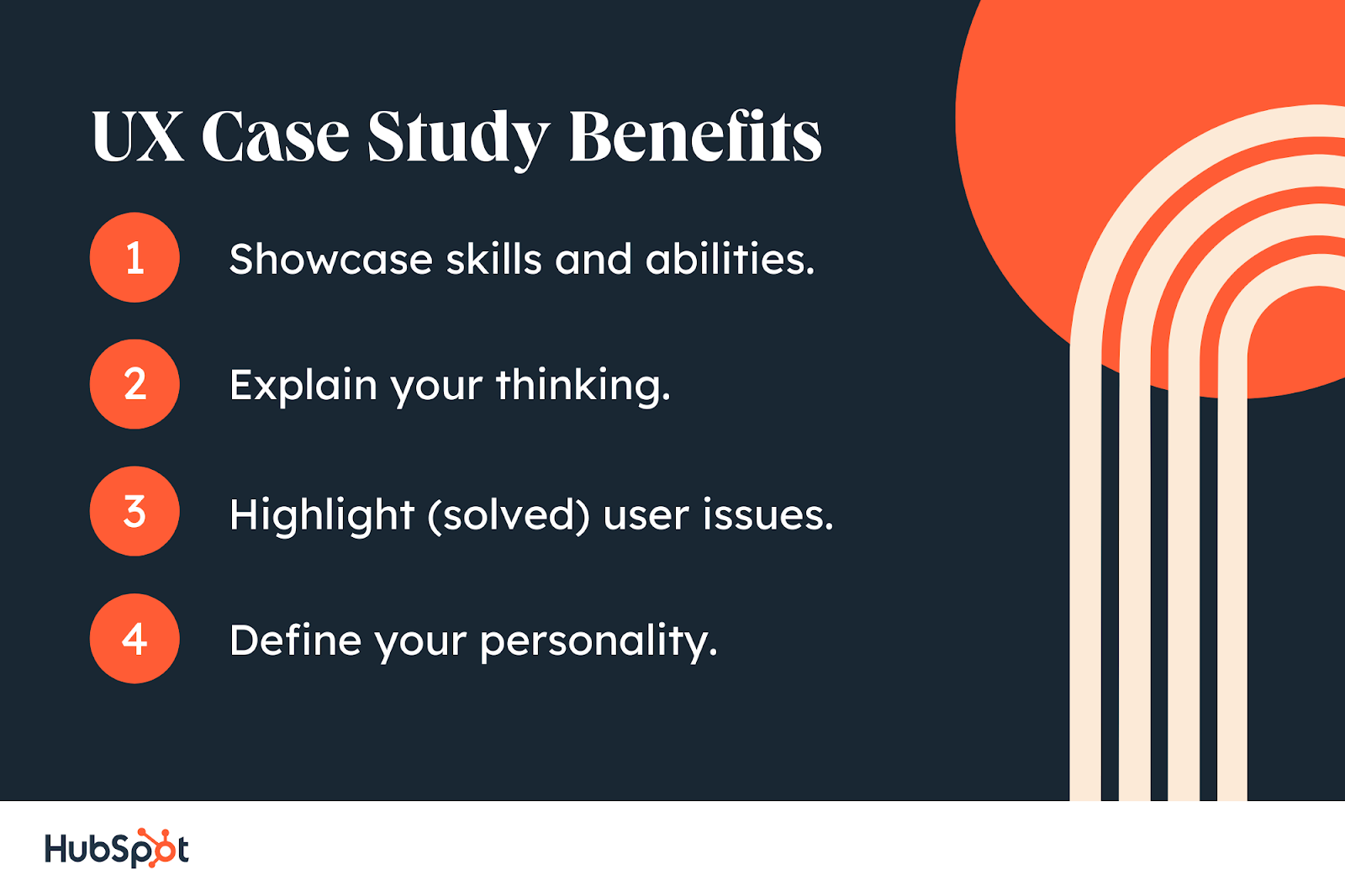
Don't forget to share this post!
Related articles.
![ux research case study portfolio How to Become a UX Designer, a Step-By-Step Guide for 2024 [+Expert Tips]](https://knowledge.hubspot.com/hubfs/become-a-ux-designer-1-20240731-321437.webp)
How to Become a UX Designer, a Step-By-Step Guide for 2024 [+Expert Tips]

11 Top UX Research Methods and the Perfect Times to Use Them

I Found 18 Excellent UX Tools. Here's How They Can Enhance User Experience.
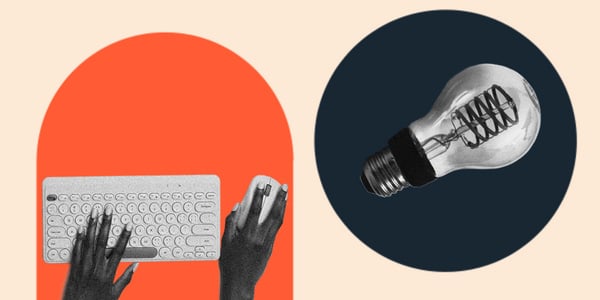
Competitor Analysis UX Research: How I Stay Ahead of My Competitors
![ux research case study portfolio Website Navigation: The Ultimate Guide [Types & Top Examples]](https://knowledge.hubspot.com/hubfs/ft-nav-bar.webp)
Website Navigation: The Ultimate Guide [Types & Top Examples]
![ux research case study portfolio What Is End-User Experience Monitoring? [+Tips For Implementing It]](https://www.hubspot.com/hubfs/end-user-experience-monitoring.png)
What Is End-User Experience Monitoring? [+Tips For Implementing It]

What Is GUI? Graphical User Interfaces, Explained

Horizontal Scrolling in Web Design: How to Do It Well

UX Accessibility: Everything You Need to Know
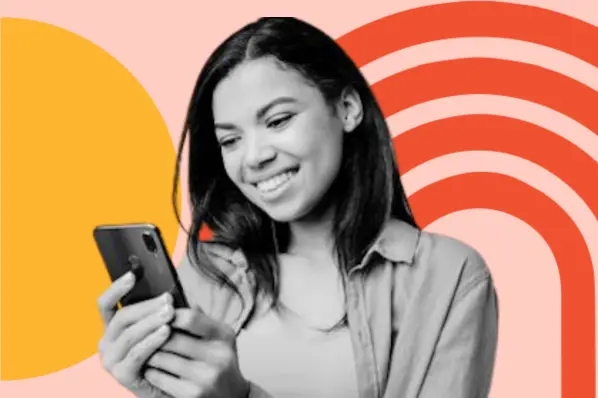
Your Guide to Creating UX Problem Statements
3 templates for conducting user tests, summarizing UX research, and presenting findings.
CMS Hub is flexible for marketers, powerful for developers, and gives customers a personalized, secure experience
- Portfolio Tips
- Career Tips
- Portfolio Examples
- Get UXfolio!
23 Succesful UX Portfolio Examples and a Guide for Creating Yours
Klaudia Simon

Design leads always start with portfolios when reviewing candidates. That’s why all UX designers – juniors and seniors alike – need an impressive UX portfolio . Though putting one together might seem daunting, once you get an idea of what it takes, the rest comes quickly. So, let’s get started by checking out some awesome UX portfolio examples:
Kyle Kovacs
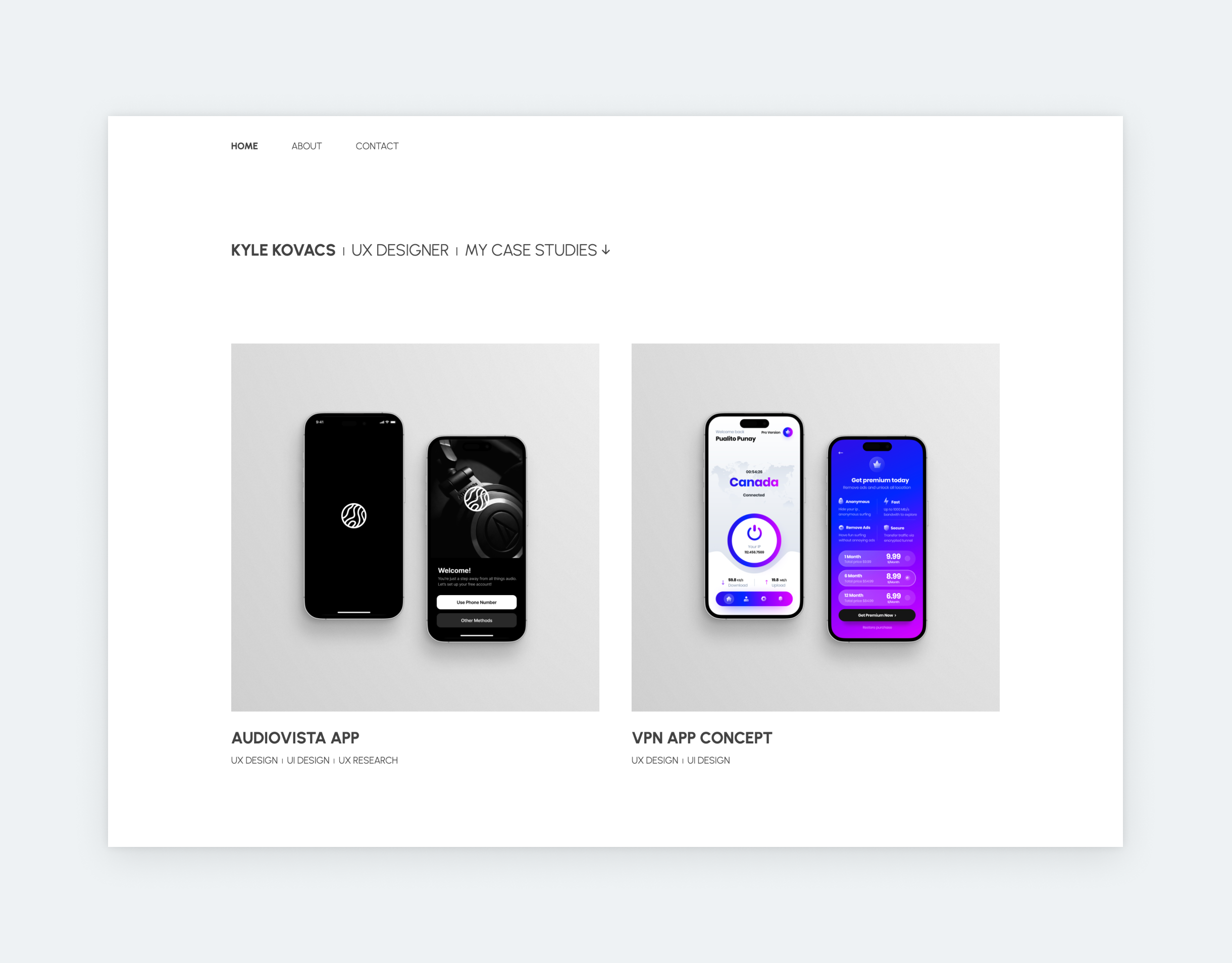
This example shows: consistency is the key to creating a stunning UX portfolio on a tight schedule. Kyle uses the same font throughout the portfolio, adjusting only its size or weight. This results in a sleek look. Also, he’s frugal with words on his portfolio’s landing page. This is in line with the newest UX portfolio trend: minimalist writing. Many designers add long sentences of eloquent introduction to their home page, and in most cases, it reads awkward or even forced. Don’t be afraid to keep it brief on your landing page! Design leads and recruiters care about design skills first. And your personality can shine on your About page, like Kyle’s.
Maxwell Marra
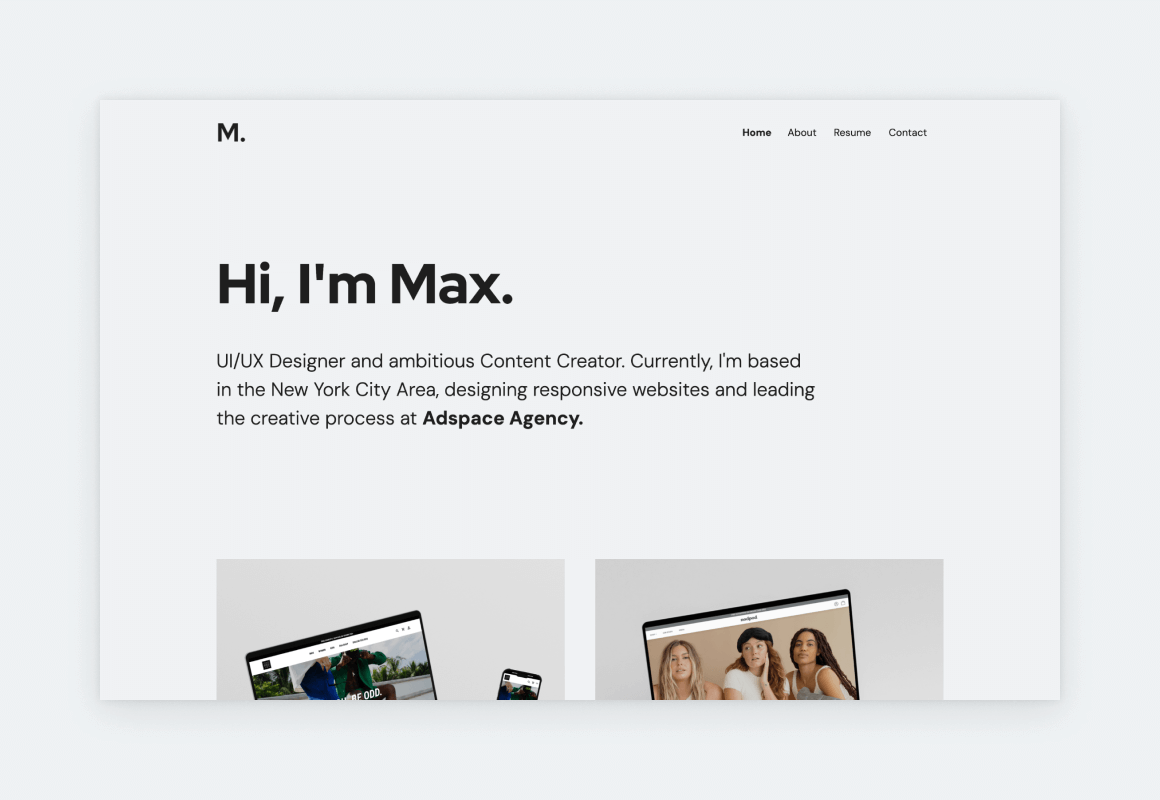
Maxwell’s UX portfolio website is an impressive showcase of his skills as a UI/UX designer & creative lead. The site’s design is pristine and intuitive, reflecting Marra’s commitment to user-centric design principles alongside his understanding of the latest UX portfolio trends. His projects – which range from the redesign of a budgeting app to a winter sports app – highlight his ability to translate innovative ideas into delightful digital experiences.

Max’s is the perfect example of what a UX portfolio should look like. Here’s why: it’s light and airy, with satisfying, pastel colors and soft, rounded corners. The UX of Max’s portfolio is also on point since the case studies are easy to reach, and the content is concise. And by making the case studies’ titles appear on hover, he didn’t compromise on the UI either. So, Max’s is a solid UX portfolio in all aspects.
Adrian Weber
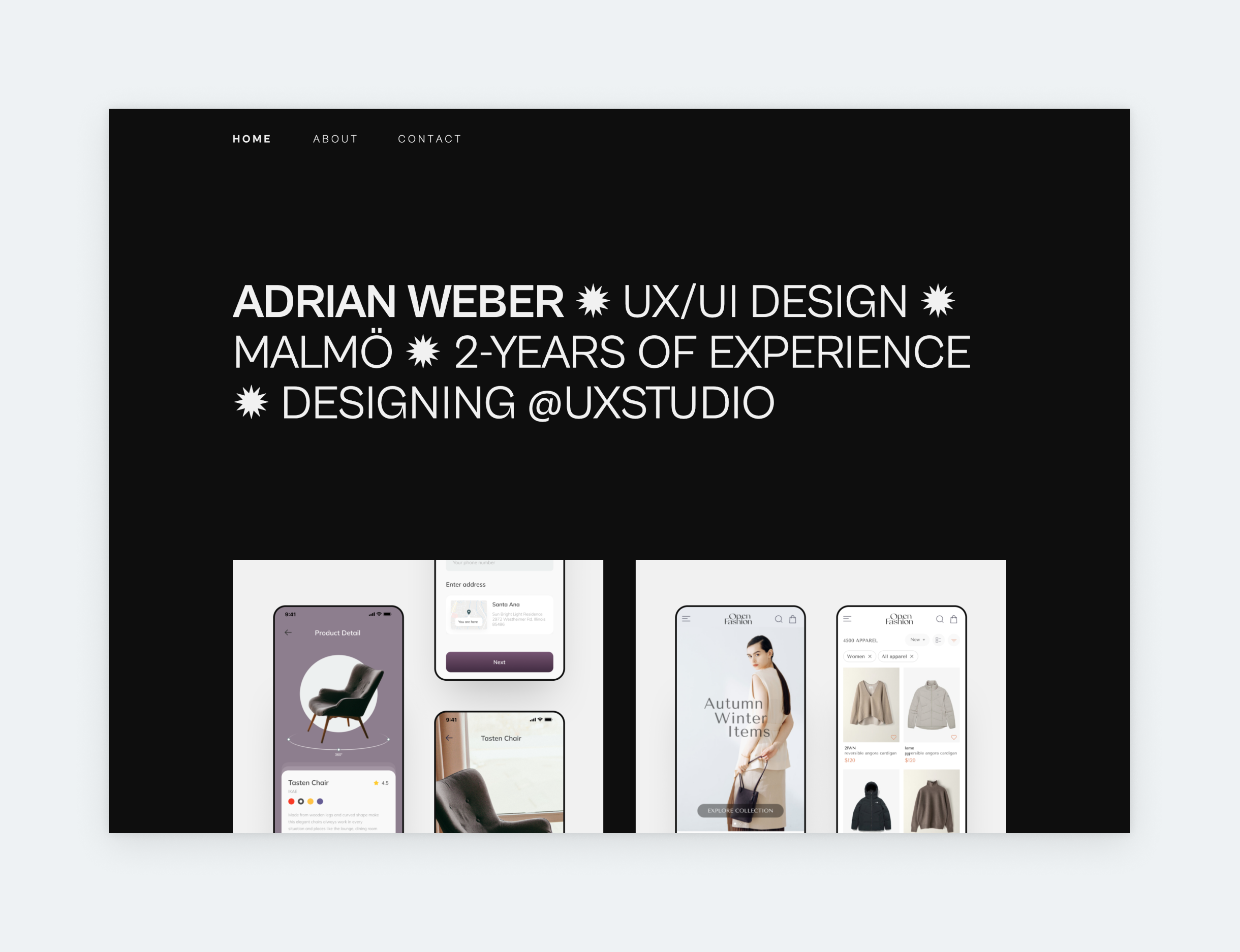
Look no further for a portfolio to use as a basis for yours. Roland’s portfolio conforms to all UX portfolio best practices: only the basics in his hero section, 3 of the most important pages in the navigation, and 2 case studies presented matching thumbnails. It’s effortless, usable, and elegant.
Karl Ligeti

If you take a look at the best UX design portfolio examples, you’ll soon realize that the liberal use of whitespace is fundamental to all of them. Yet still, many designers – especially juniors – are frugal with it because they fear that their portfolio will look empty. If you’re unsure about whitespace, check out Karl’s portfolio: it has a minimalist design with plenty of whitespace, yet the portfolio doesn’t look empty.
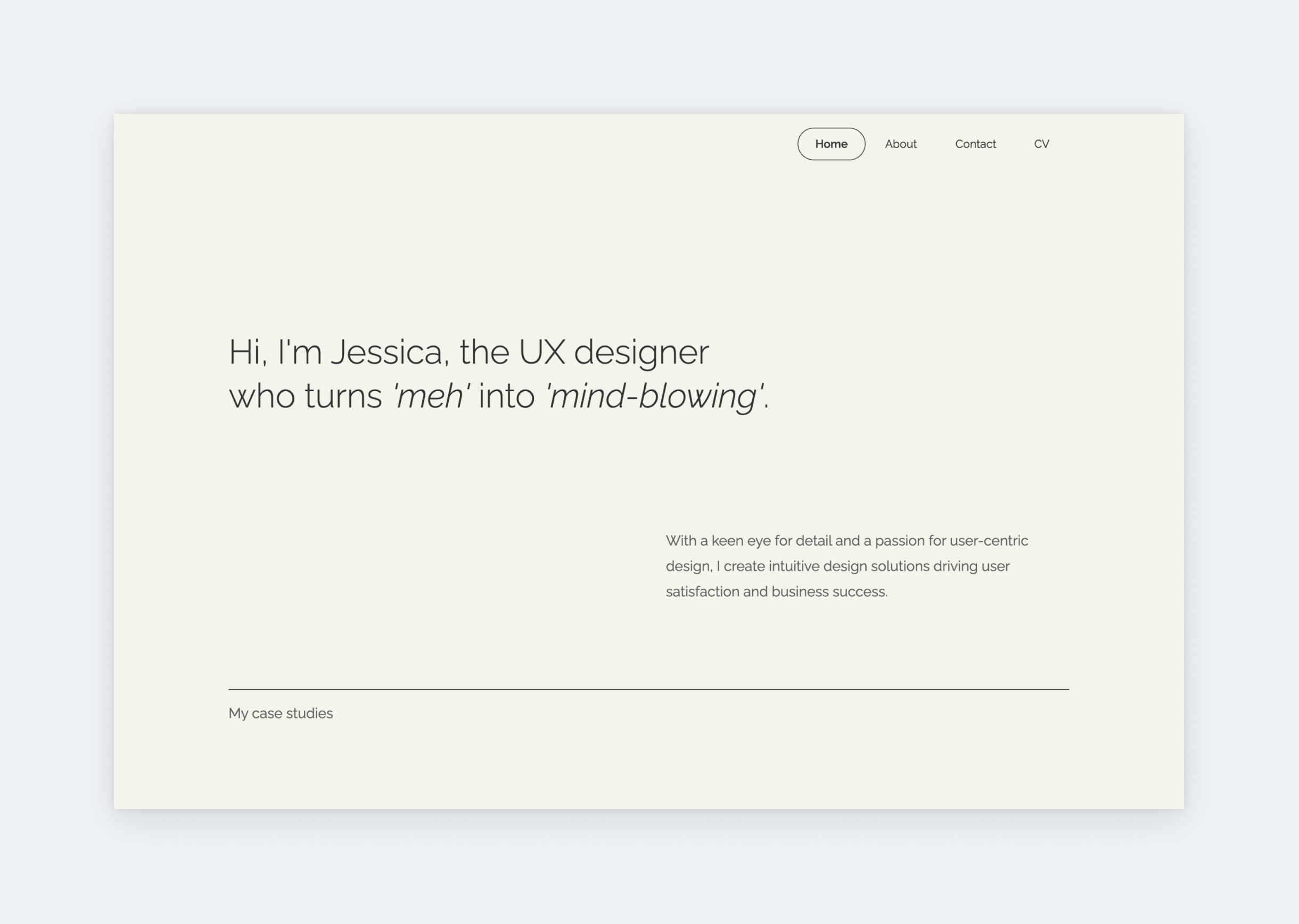
The right template with the right typography is all you need for a stunning UX design portfolio. The cream background of Jessica’s portfolio is in perfect harmony with the elegant, thin Raleway font she chose. Scrolling down, you’ll see harmonized case study thumbnails that she created with UXfolio’s Thumbnail designer. The outcome is just amazing. As soon as you land on this portfolio, you know that you can relax because its creator knows what she’s doing. This sense of relief is very important when it comes to landing a job, and it’s best achieved by following 5 simple guidelines: soothing color palette, consistent typography, brief copy, abundant whitespace, and coordinated visuals.
Rebeca Gordo

Combining neon colors with dark shades results in a modern and stylish look. But only if you hit the right balance with the neon, as it can turn obnoxious very easily. The best way around this is to use the neon as an accent, instead of a primary color, like Rebeca did in her UX/UI portfolio. As you can see, she used it to highlight some of her text, while keeping the rest of her portfolio, including her UX/UI case study thumbnails, easy on the eye. Don’t forget, that a solid dark background color – like Rebeca’s – is just as universal as a simple white background, however, it lends an effortless edge to the portfolio’s vibe. If it fits your personality, give it a try!
Rachel Baek
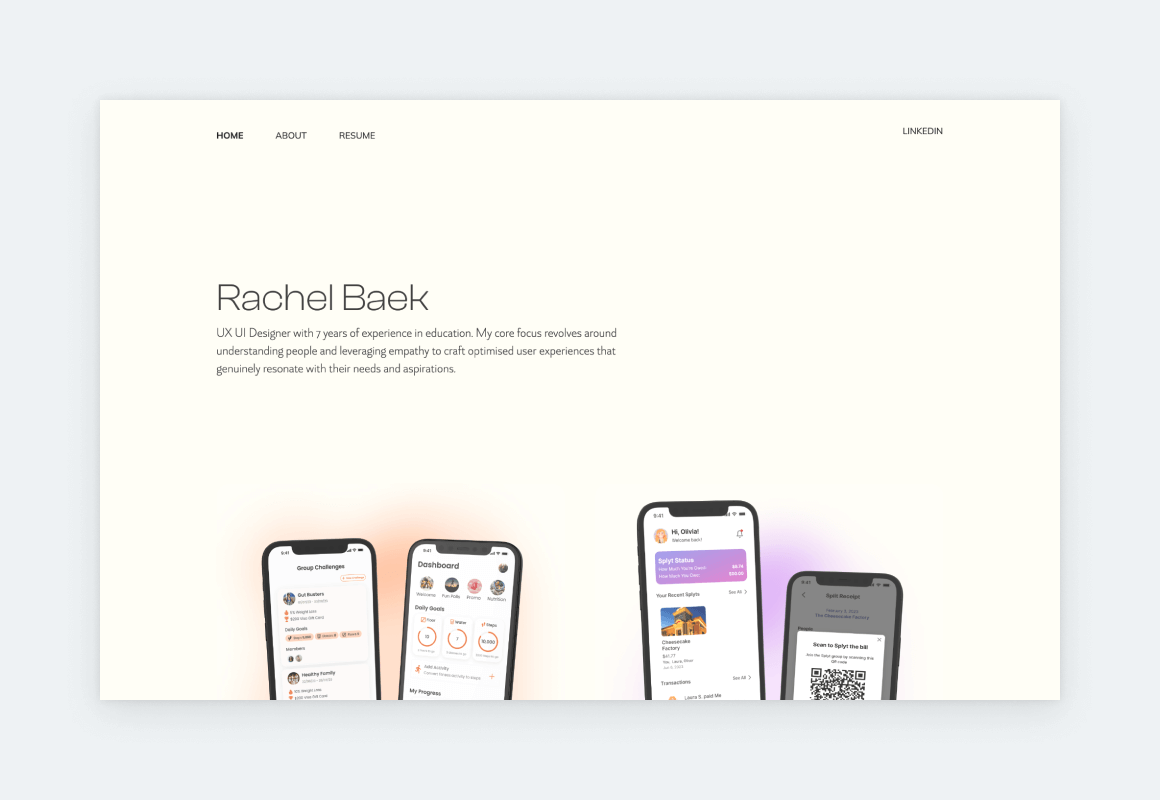
Rachel B is a UX designer and researcher who translates academic research into user-friendly products. Rachel’s portfolio is easy on the eye with its refined design and a comforting color scheme that reflects her personality and style. She follows UX portfolio best practices by using a consistent layout and clear navigation through and through. Her UX case studies highlight her hard skills, such as UX research, wireframing, and prototyping, as well as her soft skills, such as communication and collaboration. Rachel’s portfolio is a great example of how to portray, promote, and showcase a wide range of design skills in a captivating manner.
Hana Nakano
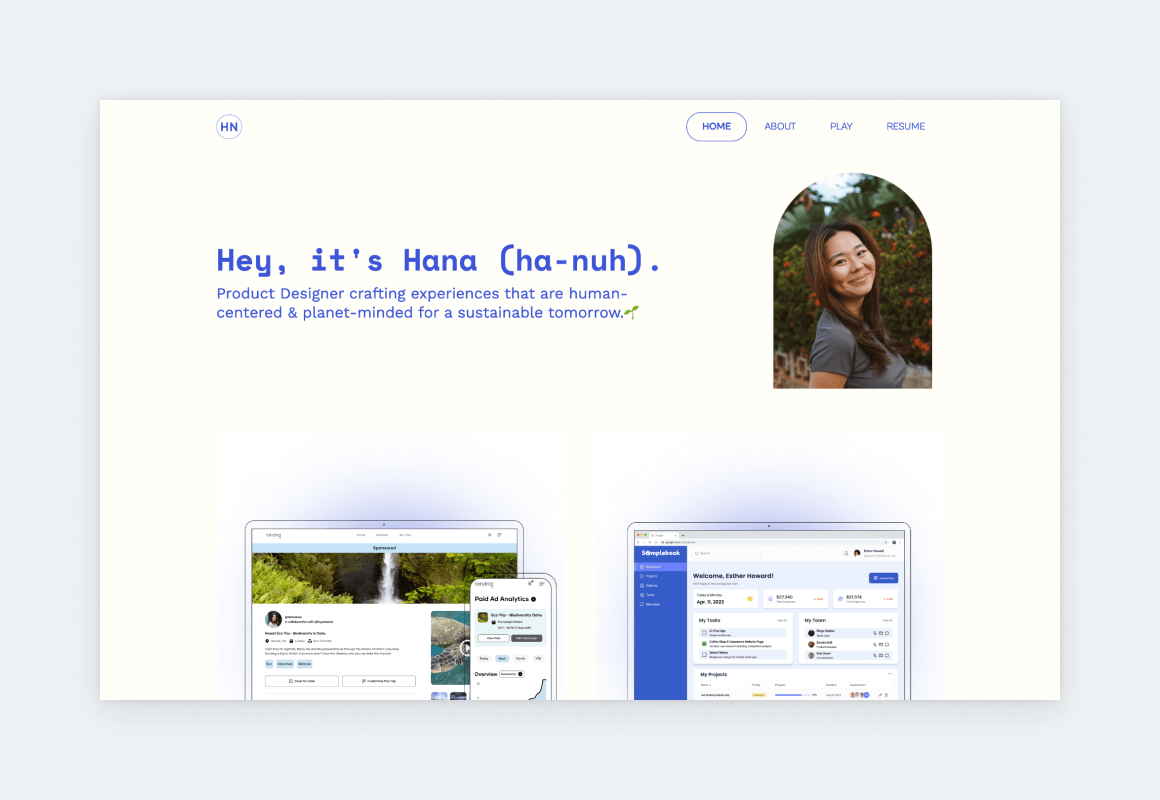
Hana used UXfolio’s Norman template as her base, transforming it into something unique with the available customization options and features. The intense blue accent color creates an exciting contrast with the white background. Her thumbnails are in perfect harmony because she created them with UXfolio’s Thumbnail designer. This feature allows you to design professional thumbnails inside UXfolio: just bring your designs and the rest is on us! Hana’s portfolio is proof that you can create a memorable UX portfolio without overdesigning it.
David Bornfirend

David’s UX portfolio website is a masterclass in clean and modern design. The homepage is pure yet attention-grabbing thanks to the large headline that sets the tone for the rest of the website. This direction, combined with the black-white-gray color palette, underlines David’s professionalism also apparent from his well-structured and stunning case studies, in which he achieves the perfect balance between copy and visuals.
Krista Laiho

Krista is a senior UI/UX designer with nearly ten years of experience, which is clearly reflected in her portfolio. She uses a UX portfolio template with a sidebar, which calls for a specific approach to ensure that her visitors’ attention is on her projects. This involves keeping the intro on the right side brief and eliminating unnecessary design elements, so as to not steal the attention from the project grid on the other side of the screen. Krista included a portrait of herself right on the home page, which is usually advised against. However, in her case, it elevates the overall impression because it looks professionally done. Finally, she coordinated her project covers perfectly by using the same device mockup styles and colors, achieving an uber-polished effect.
Aniela Carolina
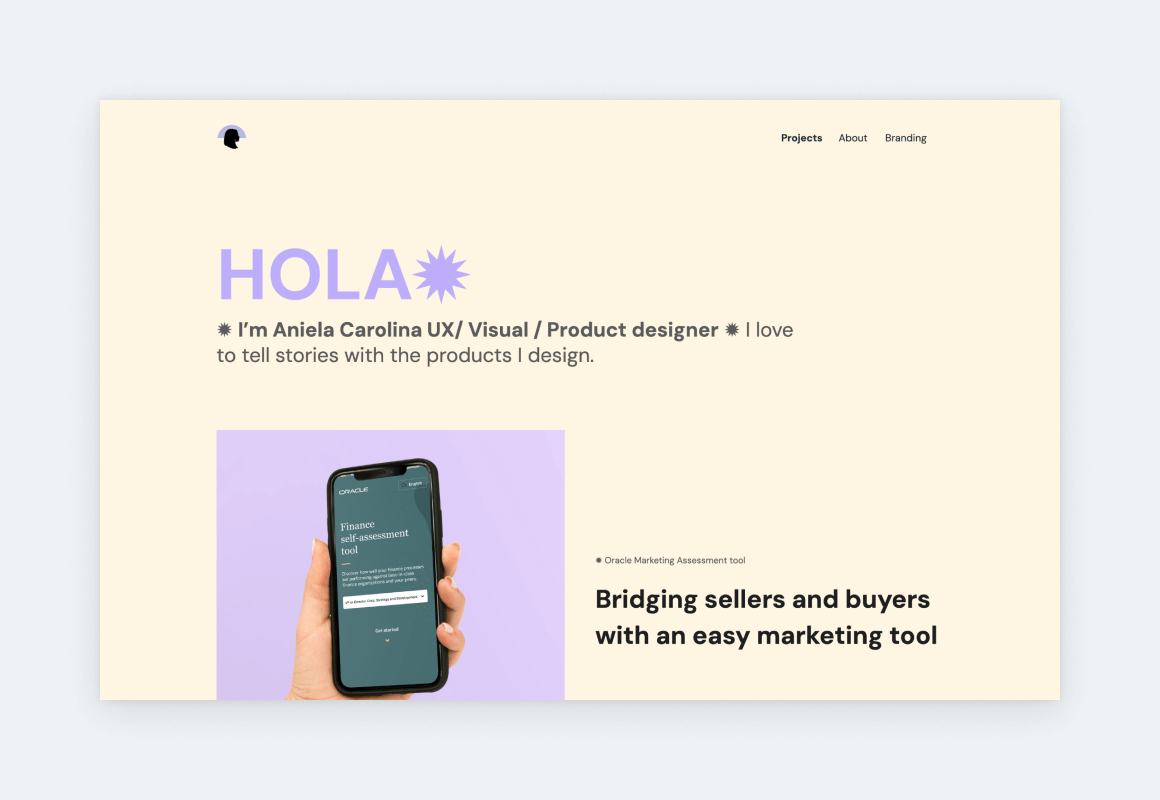
Aniela has been a designer for 10 years and her experience is obvious from the way she presents herself and her work. First of all, she chose a lovely accent color and applied it consistently throughout various elements of her pages. Furthermore, she uses icons and typography to create a sharp content hierarchy. The longer case study titles on her home page act as super-descriptive snippets into the projects. She included 3 projects in her portfolio, yet, as you scroll through her home page, it feels and looks more because of the project grid she chose in UXfolio’s editor.
Annie Nguyen
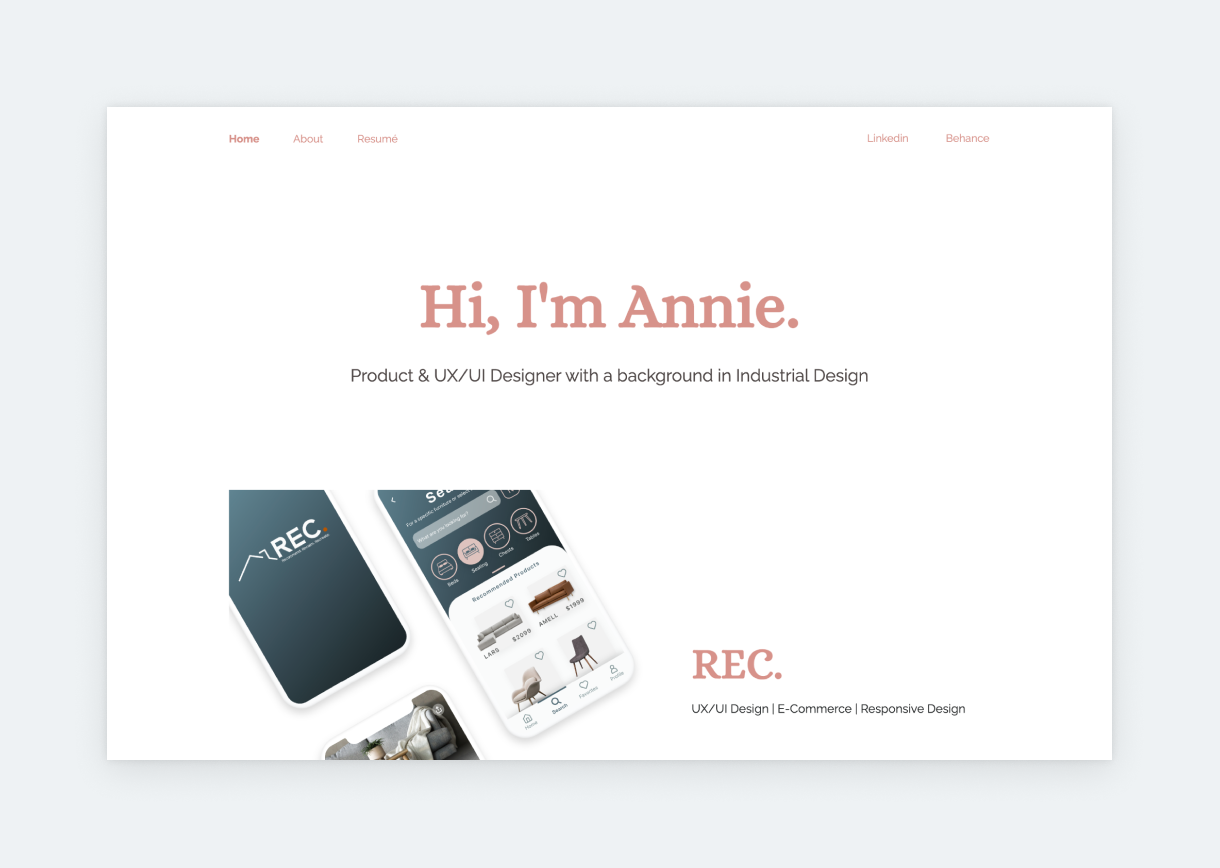
Annie’s portfolio stands out for its sharp design, fonts, and clean thumbnails. She keeps the copy minimal on her home page, which prompts us to jump right into one of her detailed UX case studies. We like the way she tagged each case study: her role, the field, and the design type. This way, if someone’s looking for a mobile designer, they can jump right into the mobile design case study. Saving time for your users is among the top 3 things you can do for them. This applies to all products, including your UX portfolio.
Kevin Hursey
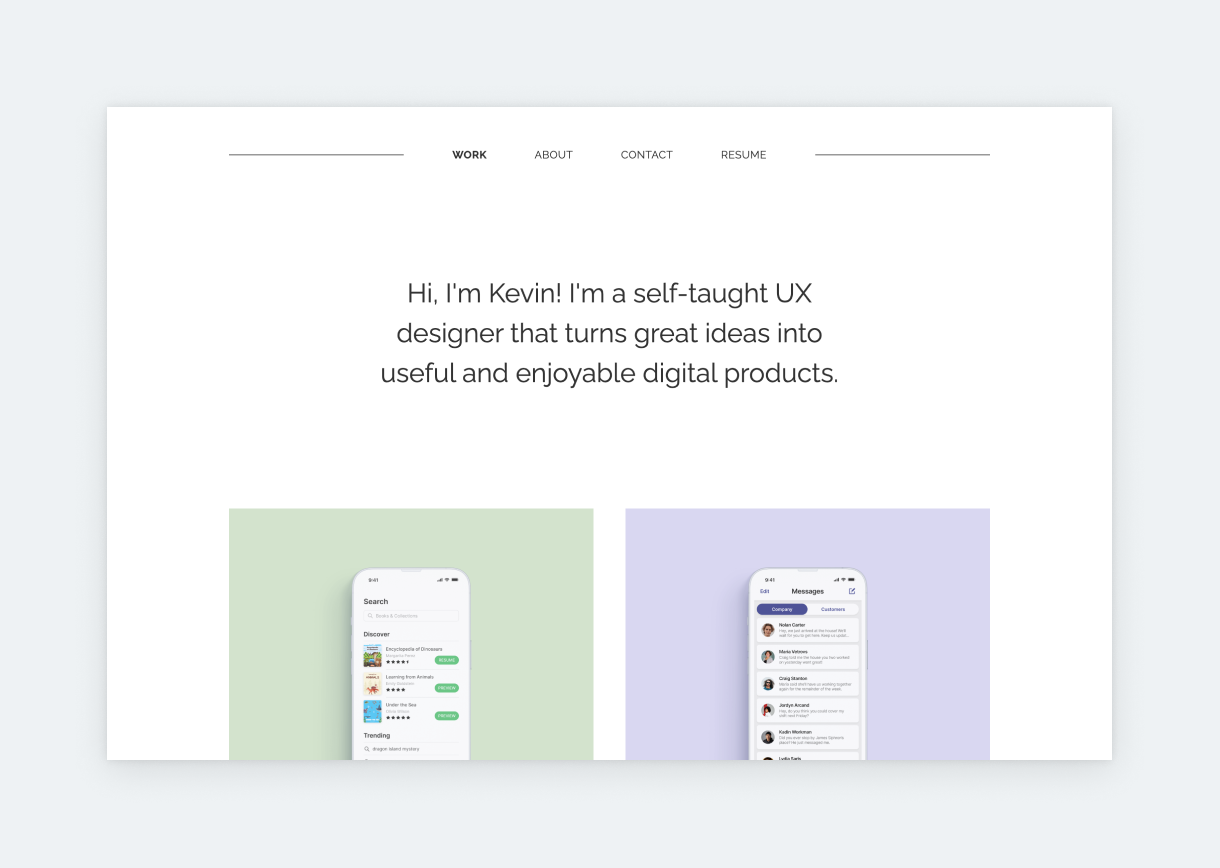
An effortless and chic portfolio that’s proof: you can never go wrong by keeping your UX portfolio’s design lowkey. Here, the focus is on elegant typography and fantastic case studies. And the result is top-notch. It’s evident that Kevin’s confident in his skills and work. He doesn’t need to compensate with an overdesigned portfolio like so many designers. If you wonder why just check out the Brightminds case study. It has a solid structure, crisp visuals, and engaging storytelling that highlights UX. It’s one of the most popular UX case studies on UXfolio’s Showcase .
Robyn Hines
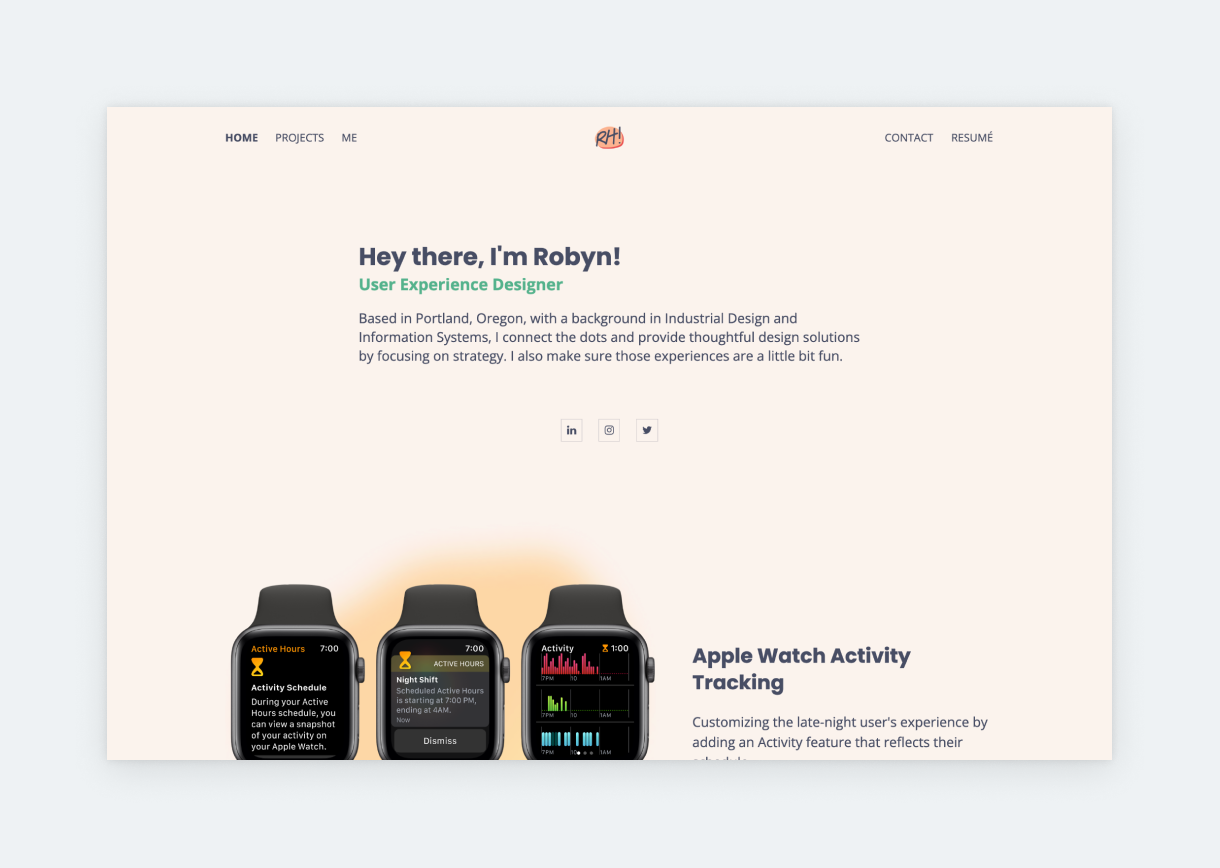
Here we have a fun yet still elegant portfolio. There are a few fantastic tricks up Robyn’s sleeves that we’d like to highlight. First, check out how she uses those diffused, colorful blobs in the background of her thumbnails to tie them together. The thumbnails link to very different projects, yet they are in perfect harmony on the home page. Second, Robyn uses a layout that fills up her portfolio. By making the thumbnails bigger and presenting them in a vertical list, the portfolio doesn’t look empty. If she’d use small thumbnails on a grid layout, the perception would be quite the opposite.
Alyssa Ignacio
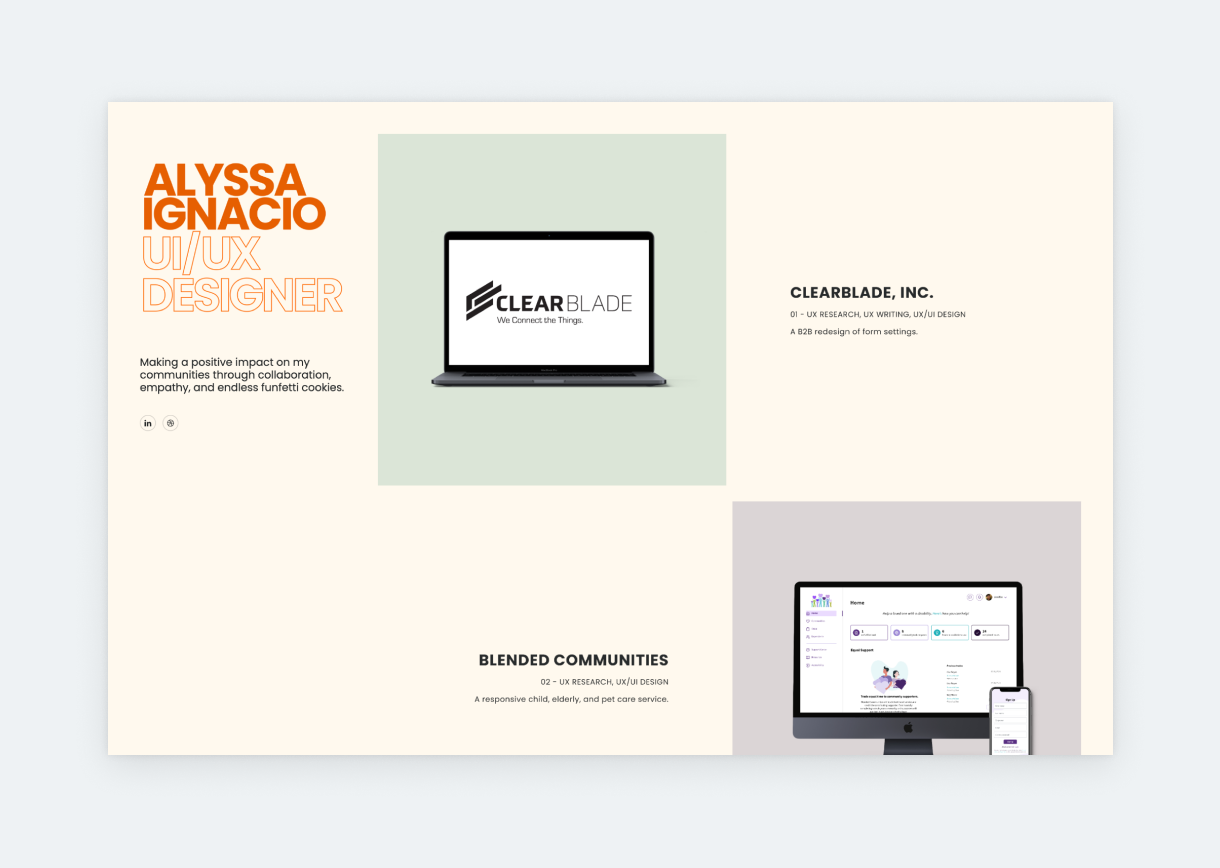
If you’re looking for the perfect, non-cliché designer statement, check out Alyssa’s: “Making a positive impact on my communities through collaboration, empathy, and endless funfetti cookies.” As simple as it is, this intro – mixed with the warm tones of her portfolio – makes her instantly likable. She keeps to this much-welcome conciseness throughout the portfolio. Though the whole UX/UI portfolio looks amazing, we’d like to highlight the type she used for the descriptions on her thumbnails: it’s small, stylish, yet still readable. Many designers are afraid of small font sizes, but with the right type, going small can create a chic effect without affecting usability or accessibility.
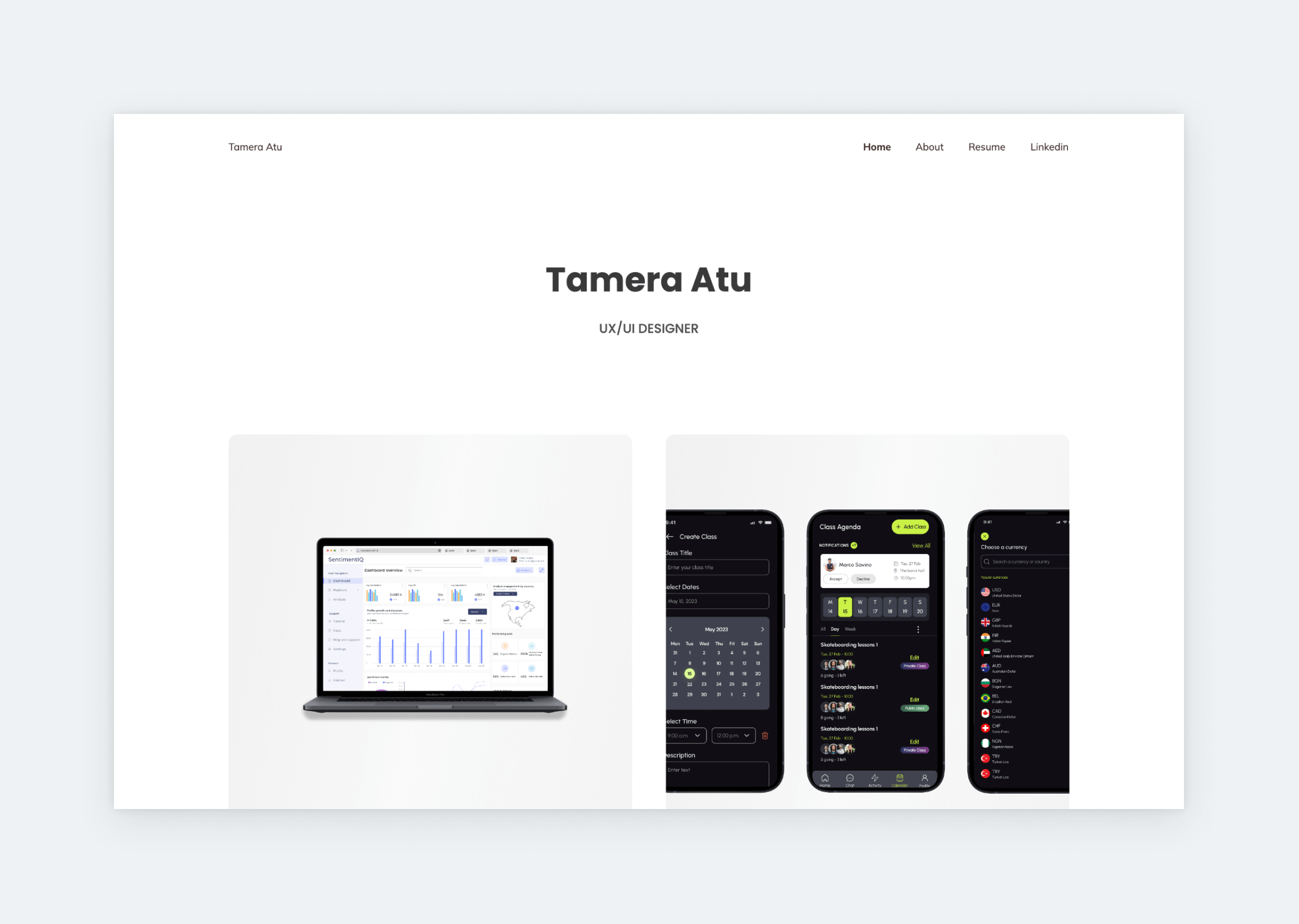
Since minimalism is always in style, you can’t go wrong with a stripped-down UX/UI portfolio, like Tamera’s. She utilized her architectural design experience to build a highly effective portfolio home page, using UXfolio’s Nominee template. The plain white background leads our attention to the pops of colors in the designs on her case study thumbnails, which is always the goal in a UX portfolio. Under the thumbnails, she writes quickfire summaries of the projects, including her role and the product profile. Like a true professional, she keeps everything short and sweet, luring you into opening a project to see more.
Madison Green
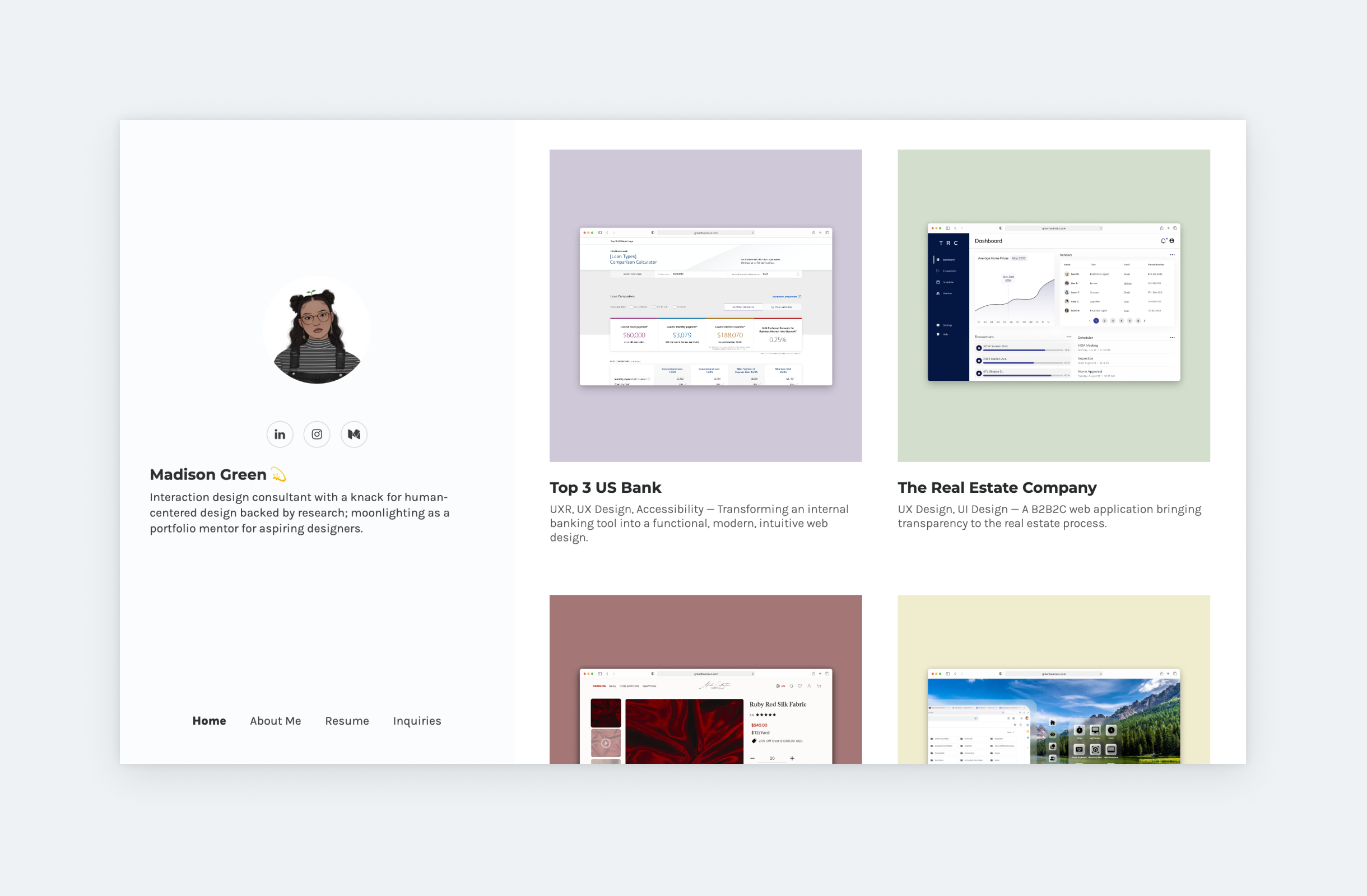
Madison mixes various colors in her portfolio – green, blue, lilac, and red – yet it looks coherent. That’s because she uses similar, dusty shades of each color. And just like that, without even reading a word, we know she has an eye for design. She features four case studies on her home page, each represented by consistently designed thumbnails, a short title, and the right amount of description. Before even opening the project, we learn what her role was and what was the project scope. So, this is an excellent example of great UX meeting good taste.
Julia Lauren
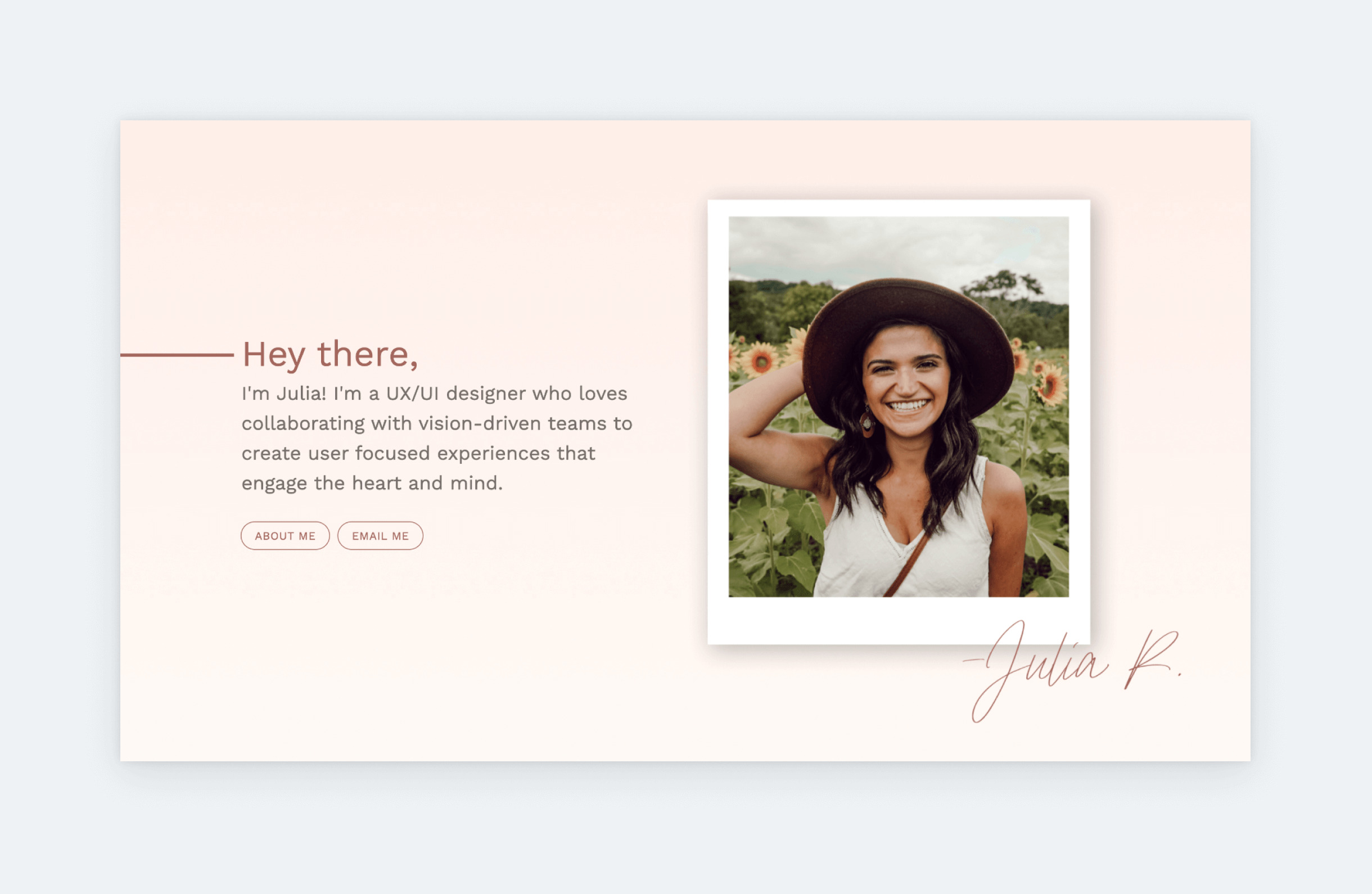
The best word to describe Julia’s portfolio is “cozy”. There’s something about a beige color palette that’s immediately comforting. These vibes are further strengthened by her portrait, which shows her with a beautiful, welcoming style. The only time you should feature your portrait as prominently on your home page as Julia does, is if you have a professional portrait that matches the color palette of your portfolio. Otherwise, it results in a tacky, resume-ish look, that’s not ideal for a designer. The rest of Julia’s portfolio is also exemplary. Take for example, how she ties her case study thumbnails together by using matching, soft gradients for their backgrounds.

We hear many stories of researchers struggling with their UX research portfolio . Saba shows you how to tackle this challenge. Instead of going with the usual serious look, she created a playful portfolio, using bright colors and a handful of matching emojis. Emphasis on matching. This look works for Saba because the emojis on her project thumbnails are from the same source, and the colors she uses on her backgrounds are in perfect harmony.
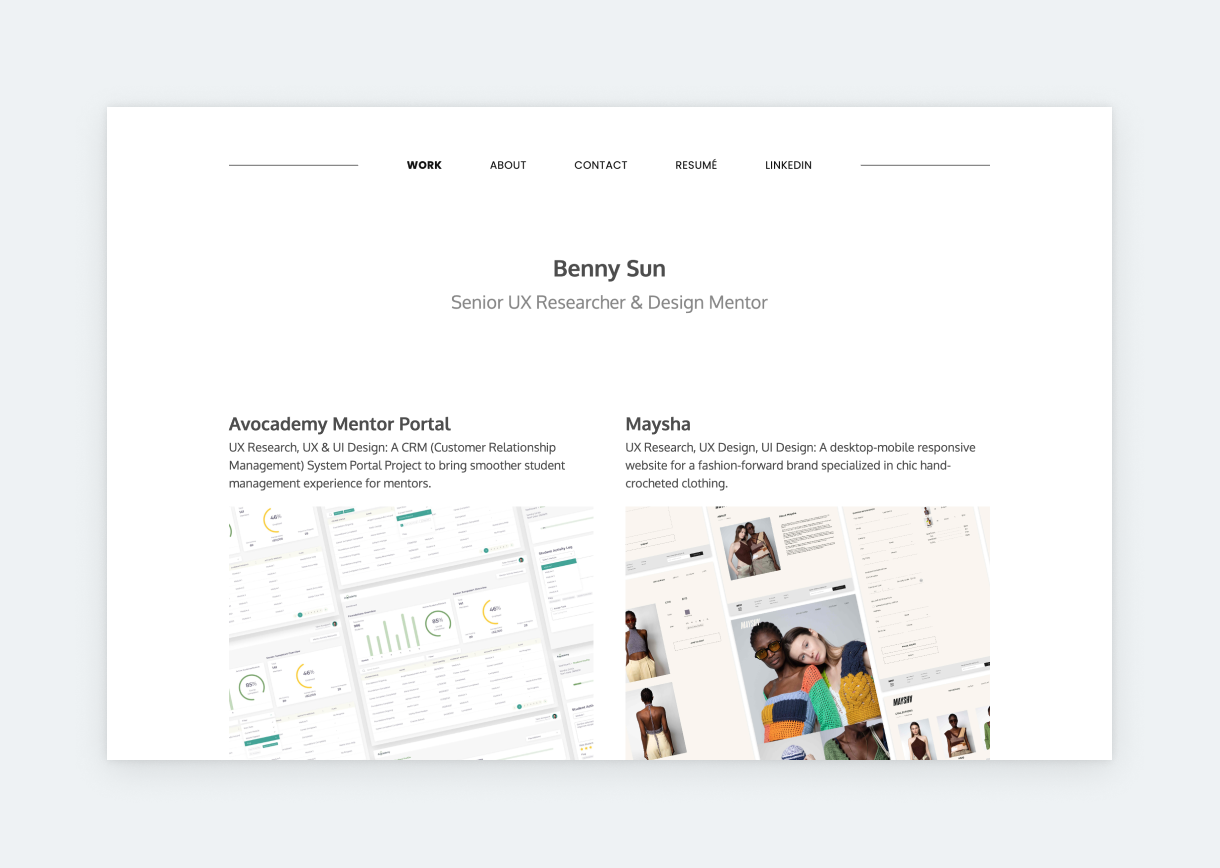
Benny’s portfolio is clean and professional. He saves his introduction to his About page to pull our attention toward the projects. That’s how we know we’re looking at a senior UXer’s portfolio. Experienced designers know that in UX, case studies get you the job. The reason is simple: case studies showcase your UX skills and process in action, underpinned with examples. Therefore, as our research revealed, most design leads go for case studies right away when opening a portfolio. Benny understands this, and he crafted this stunning, consistent portfolio accordingly.
Otilia Pandelea
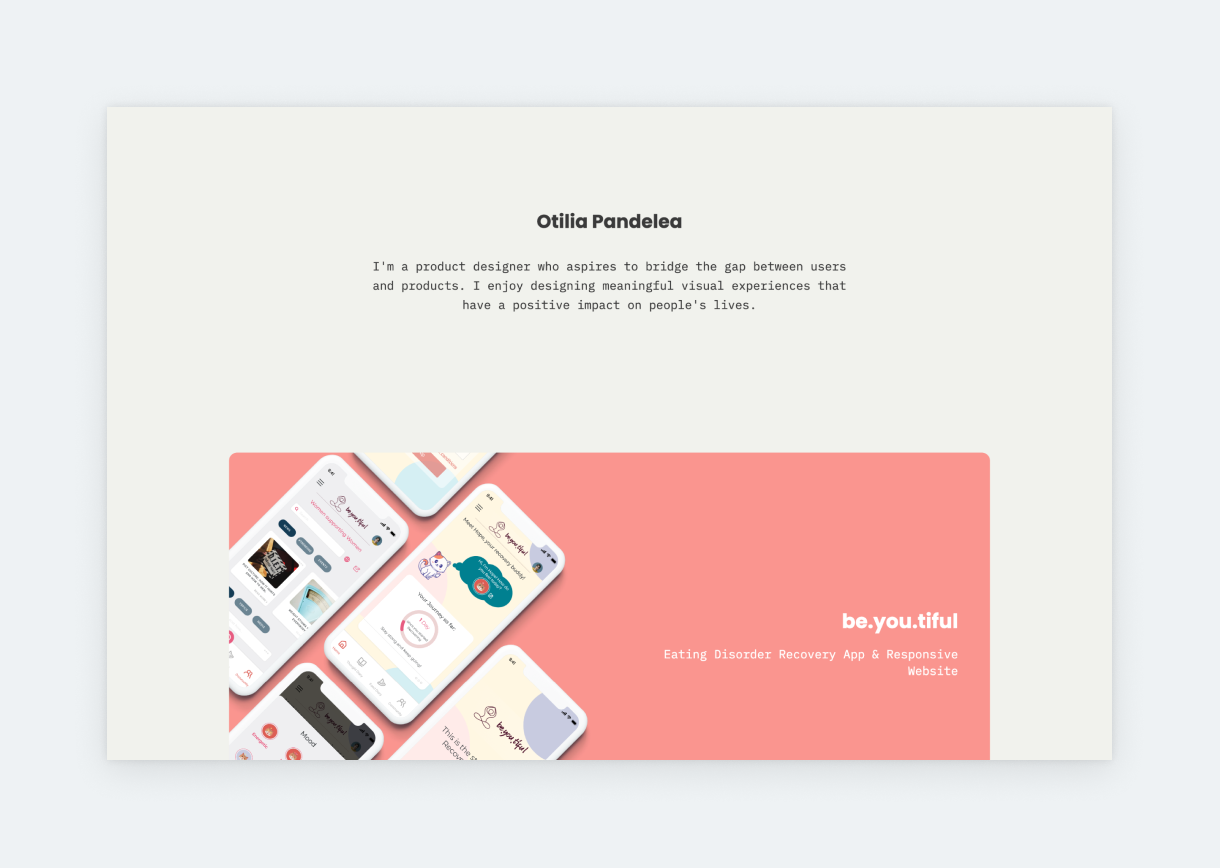
Otilia made her portfolio unique by using a stunning font pairing: Poppins with IBM Plex Mono. This pairing and the harmonious color story look wonderful throughout the entire portfolio. Her about page, with custom graphics, is another highlight. We love the two lists: one about her goals and another about her frustrations. It’s new. It’s fresh. Also, the two lists balance each other perfectly and make us feel in tune with her.
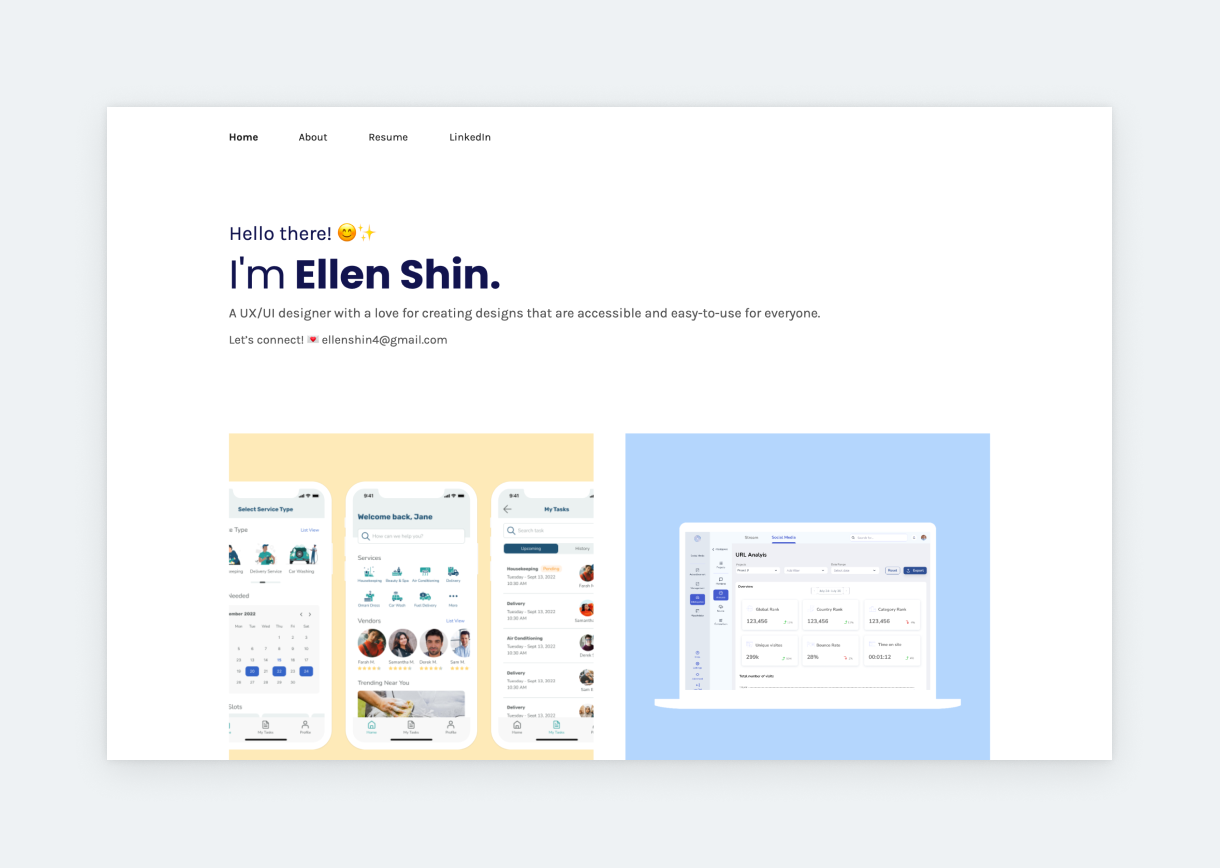
With positive emojis in her bio and colorful project thumbnails, Ellen brings warmness to this otherwise strict and minimal template. By using large typography under her thumbnails, she drives attention to the copy, which describes each project in a concise style. Ellen’s Neurotime case study is also featured on our showcase since it’s the textbook example of how it should be done: clear structure, plenty of visuals, and descriptive but not overlong. She uses UXfolio’s built-in device mockups to present her examples, ensuring that the case study looks visually consistent.

It’s rarer and rarer to find serif fonts in UX design portfolios. Amanda doesn’t feature them heavily either, but she found a way to include a stunning one – Cormorant – in her hero section in a very tasteful way: using it only for her name and matching it with a simple sans serif font. This creates a sleek, slightly serious, and very professional look that’s underpinned by the rest of her portfolio’s aesthetic choices, such as the solid-color thumbnail backgrounds. She did an excellent job with the case study titles as well, as they provide concise yet intriguing descriptions about the products in question.
Takeaways from the best UX portfolios
Now that you’ve seen some of the best UX/UI portfolios out there, you’ve probably realized that they share many similarities. That’s because they use a portfolio formula that works; a structure which the industry is familiar and comfortable with:
Your home page is your visitors’ first touchpoint with your portfolio. It’s the starting point and the first impression you make. Therefore, it has to
- look great -> so your visitors want to see more.
- help with orientation -> make it easy for them to see more.
Content on your home page:
- Occupation/title,
- Designer statement,
- Links/thumbnails to case studies,
- Navigation (to various pages, like About me, Resume, and Contact).
Case study thumbnails
All things considered, your thumbnails are the most important part of your portfolio’s home page. Even more important than your navigation, for example. If you think about it, the point of a portfolio is to showcase your skills and process through case studies. Therefore, you need to get your visitors to open your case studies. The best way to do this is by creating enticing case study thumbnails and featuring them right on your home page.
The 4 golden rules of case study thumbnails:
- Your thumbnails must look good individually and together since they’ll be laid out close to each other.
- Use the same device mockup style for every thumbnail.
- Make sure that the thumbnails’ backgrounds are identical or harmonizing.
- The thumbnails have to match the home page, not the case study.
UX case studies
We all know that UX goes beyond pretty screens. Therefore it’s understandable that UX leads and recruiters want to see your approach and process. And through case studies, you can show it to them. Great case studies combine the following ingredients:
- Logical thought processes.
- Communication,
- Ability to work independently,
- Decision-making based on research and data,
- Ability to learn from mistakes, and
- Problem-solving.
- Design process.
- Knowledge of UX methods and their application.
- Openness to feedback.
- Desire to improve.
Nice-to-haves in a UX portfolio
While your home page and case studies are the most important elements of your portfolio, you should take it a step further. Adding pages like About/Bio, Contact, UX designer resumé , and social links can make your portfolio more usable, revealing, and personal.
How to showcase skills in your UX portfolio?
Our job at UXfolio includes talking to world-renowned design leaders to find out what they’re looking for in portfolios. We had to pleasure of talking to some of the most innovative and influential UX designers in the industry, such as
- Design Spring inventor Jake Knapp ,
- behavioral scientist Susan Weinschenk ,
- UX industry veteran Jared Spool , and
- InVision lead designer Pablo Stanley .
They all mentioned that the best UX portfolios show the design process and decisions. Of course the final design is important too, but they want to see how you’ve arrived there. They want you to explain your decisions and to tell why you decided to go with those specific solutions.You need to share design stories. Present your design process step-by-step, from the beginning to the end.
Tell your design story with UXfolio!
In case you need a tool to help build your portfolio quickly and easily, we made a great one: UXfolio . We created it specifically for UX professionals, so it’s packed with powerful features that’ll help you through the portfolio-building process. These features include text ideas and guiding questions for copywriting, prototype embedding, scrollable mockups, galleries, statistics section and many, many more. Give it a try!
- Reviews / Why join our community?
- For companies
- Frequently asked questions
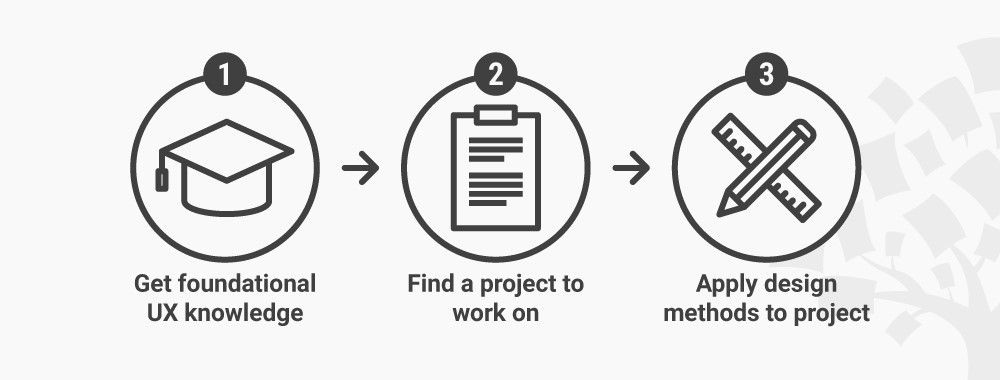
How to Create Case Studies for Your UX Design Portfolio When You Have No Past Projects and Experience
If you’re new to UX and want to get your first job, you might find yourself stuck in a paradox. You see, to apply for your first job, you’ll need to have a UX design portfolio which contains around 3 case studies. But without prior UX experience or projects, how could you create these case studies? You’re thus stuck in a loop: to get a job, you’ll need a portfolio; but to build a portfolio, you’ll need a job. How do you solve this paradox? Well, the good news is there is no paradox, not really. You see, even though you have no prior experience, you can still create case studies for your portfolio. We’ll show you how—in concrete, practical steps.
First, let’s start with what you’ll need to create your UX case studies . We’ll get into the details later; however, to start building your portfolio, you’ll need:
Some fundamental design knowledge and skills . This means you’ll need to know some design methodologies—for example, design thinking —as well as key UX deliverables such as personas , usability reports and prototypes.
A project to work on —don’t worry, this is simpler than it sounds.
Finally, you’ll have to apply your design knowledge and skills to a design project you choose.
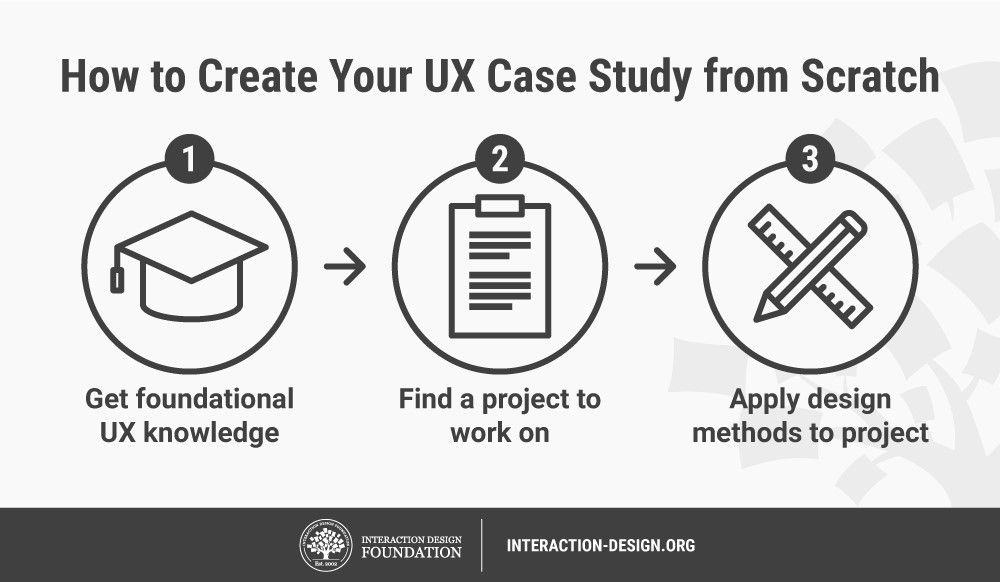
To create your case study, you have to start with a solid understanding of UX, find a project to work on and then apply your design knowledge to the project. Author / copyright holder: Teo Yu Siang and the Interaction Design Foundation. Copyright terms and license: CC BY-NC-SA 3.0
The good news? At the Interaction Design Foundation (IxDF), we can help you in each and every step! That’s right, with our online courses, you can gain essential design knowledge and skills, get access to great design project briefs and apply your newfound skills to the projects. We think you’ll enjoy how efficient and effective we’ll make your portfolio-building process.
Here’s a quick summary of how we can help you (we’ll dive into more details later):
You can learn key design knowledge and skills in our popular beginner courses such as:
Design Thinking: The Beginner’s Guide , where you’ll learn how to apply the design thinking process to a project;
Become a UX Designer from Scratch , which gives you an overview of UX design and how to create key UX deliverables;
Mobile User Experience (UX) Design , where you’ll gain key knowledge and skills to design ideal solutions for mobile devices;
Conducting Usability Testing , which equips you with everything you need to know to start conducting usability tests.
You’ll find realistic UX project briefs in our courses which contain Build Your Portfolio projects, where you’ll be guided to create your UX case studies:
Design Thinking: The Beginner’s Guide , where you’ll help build a fitness app to encourage people to be active through applying the design thinking process;
Conducting Usability Testing , where you’ll plan and run your own usability test of an online shop;
User Research – Methods and Best Practices , where you’ll apply your skills to conduct user interviews , contextual inquiries and user observations.
As you take our courses, you’ll also work on our Build Your Portfolio exercises , which means by the end of your courses, you’ll not only have gained industry-recognized Course Certificates but also have UX case studies!
At the IxDF, you’ll get access to over 25 UX courses with a flat membership fee, and you’ll learn from courses taught by leading design experts.
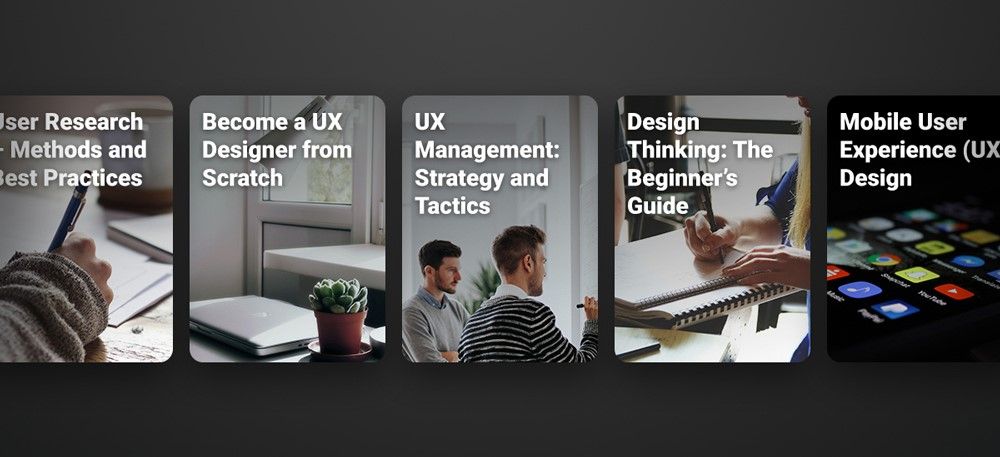
Learn these courses and more at the Interaction Design Foundation for a flat fee. Author / copyright holder: Teo Yu Siang and the Interaction Design Foundation. Copyright terms and license: CC BY-NC-SA 3.0
Through these courses, we’ll guide you every step of the way , from acquiring knowledge to applying them in your own projects.
In all of our courses, we give you PDF templates which you can download and print to use in your projects. For example, if you’re going to do user interviews, we help you cover the basic questions and you just have to gear the questions towards your users.
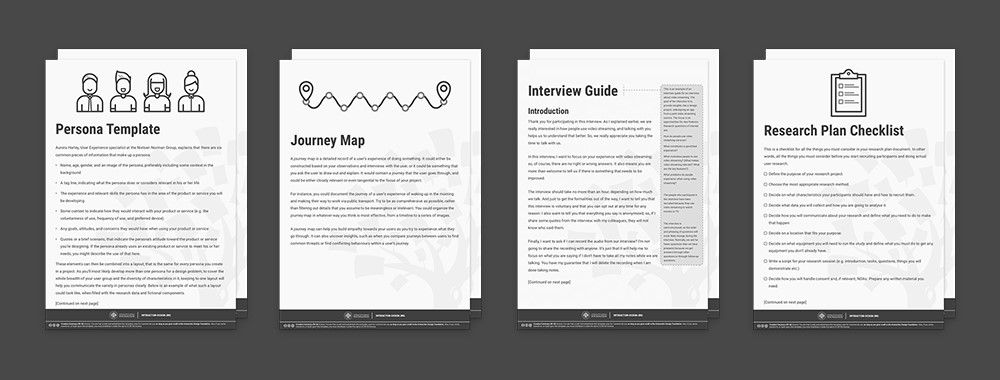
In our online courses, you’ll find a wide collection of templates which will help you apply design methods. Author / copyright holder: Teo Yu Siang and the Interaction Design Foundation. Copyright terms and license: CC BY-NC-SA 3.0
Ready to dive into the details of how to build your UX case studies from scratch? Let’s go!
Step 1: Get Foundational Knowledge and Skills in UX Design
The most demanding part of creating your first case study is getting your design basics right. It can make or break your case studies. That’s because if your design knowledge and skills are inadequate, even the most interesting project will not lead to a great case study. After all, if you’re not qualified enough, you might apply the wrong design processes . Doing that will lead to, at best, mediocre results.
There are no shortcuts here: to create your case studies, you have to have a solid understanding of UX design. This means you should know how to execute some design methodologies and how to carry out design methods to produce UX deliverables . Let’s break down what these terms mean, and how you can master them to build your UX case studies.
Best Practice Design Methodologies to Help You Create Case Studies
Design methodologies are approaches towards how to solve a design problem. They consist of a design workflow that contains techniques, procedures and tools required to craft solutions that work.
Some popular design methodologies you should know include:
Design thinking . This popular methodology is about how you design solutions by first empathizing with people, defining their problems, then coming up with ideas, prototyping solutions and testing them with users. Our design thinking course is one of our most popular, and for good reason. If you’re new to UX design, we recommend that you start with design thinking for a holistic approach towards designing solutions.
Agile design , where you’ll design continuous, iterative improvements, while getting frequent feedback from users. As opposed to a traditional “waterfall” approach, where you hand over fixed designs to developers, in the agile method you’ll work closely with developers and evolve your designs constantly. Among other things, you can learn agile design in our course Interaction Design for Usability .
These methodologies are not mutually exclusive. Rather, they are different angles of looking at the same problem. You’re good to get started with just one methodology such as design thinking, but knowing more will help you think better as a designer
Design Methods You’ll Use to Create Your Case Studies
In contrast to design methodologies, design methods are techniques, procedures and activities that you’ll perform in order to solve the design problem. Design methods are used in isolation (i.e., they’re not necessarily part of a grand overall process). Thus, two design methodologies can share the same design method—for instance, the design method “user interview” is commonly used in design thinking as well as in agile design.
Some popular design methods are card sorting , field studies, usability testing and personas. All our courses include practical design methods, but you should take these courses in particular to learn more about design methods:
User Research – Methods and Best Practices will teach you how to plan and execute qualitative user research and present your findings. You’ll learn how to conduct design methods such as user interviews and usability tests.
Conducting Usability Testing , where you’ll learn about the techniques and procedures involved in planning and conducting usability tests, as well as analyzing your results.
UX Deliverables You’ll Create for Your Case Studies
UX deliverables are tangible records and results of the work you’ve done. They’re the natural end result of a design method. For example, after you’ve conducted a user interview, you’d produce the UX deliverable of a user interview report. Essential UX deliverables include storyboards , customer journey maps , user flow diagrams, prototypes and usability reports.
All our courses are practical-oriented and thus will equip you to create UX deliverables. These courses especially will help you:
Mobile User Experience (UX) Design will provide you with all the design knowledge and skills you need to create prototypes for mobile devices that work great.
Become a UX Designer from Scratch introduces you to UX design and practical exercises to create key deliverables. One of our most popular courses, it also guides you through common UX deliverables—journey maps, personas, paper prototypes and heuristic evaluation reports, just to name a few.
UI Design Patterns for Successful Software will provide you with knowledge and exercises on how to implement design patterns to support various user needs. You’ll be able to produce best-in-class prototypes that contain excellent UI components such as top navigation menus, site footers and input fields.
As you can see, you need to equip yourself with design knowledge and skills so you can begin creating your first case study. That’s why we said earlier that this is the most demanding part of the process.
Once you’ve learnt the basics of design, you’re ready to move to the next step of creating your case study.
Step 2: Find a Project to Work On
There are two ways you can find a project: you either work on a hypothetical project for a product or service that you know, or work for a real client on a real project.
Work on Hypothetical Projects to Create Your Case Studies
Hypothetical projects refer to unsolicited work for a product or service you know or use. This is common among people starting out in UX, and we recommend this approach because you can get started right away without having to find a real client.
You can go ahead and take some of our online courses which are tailor-made to give you both the knowledge and skills you need. They guide you through a design project where you apply UX design tools and methods, and you end up with a case study for your portfolio.
You can also do hypothetical projects on something you use daily: an app, your local government’s website, etc. For example, you can analyze the usability of your local cinema’s website and prototype an improved design. Or you can study the experience of commuting on your local subway system and make suggestions on how to make it more pleasant. Everything is designed, so you’ll never run out of things to analyze and improve.
As a rule of thumb, you should think twice before picking products or services by major companies like Apple or Google. You might think the big brand name will sound impressive on your portfolio. But because these companies have large design teams and well-established practices, you’ll be hard-pressed to find genuine, well-founded UX problems and create better solutions. If you’re up for it, you should definitely do it, but be warned that few people manage to pull it off.
Volunteer Your Services or Find Freelance Projects to Create Your Case Studies
You might have a hard time finding projects from real clients if you have no prior experience. You can volunteer your services for free to increase your chances. Whether or not you’re charging your client, you should tell them that you’re new to UX and that you’re taking on the project to grow your skills. To make your services more attractive, highlight to your client that you’re eager to learn and willing to spend lots of time and effort.
If you choose to charge your clients for your first few UX jobs , do make sure to set a reasonably low price so that both parties can calibrate expectations. You won’t undersell yourself if you remember that great feedback is essential for building up your reputation and that the day will come when you can charge more.
Step 3: Apply Your Design Methodology and Techniques to Your Project
Once you’ve learned one or two design methodologies and the related key UX deliverables, you’re ready to apply your knowledge to your first project. This is the final step to create your first case study. Exciting!
You should use the design methodology and techniques most relevant to the role you want to apply for. If you want to be a user researcher, you should apply user research techniques such as user interviews. If you’re looking for a general UX role, you might want to go through the design thinking process to identify flaws in the current design and create alternative solutions.
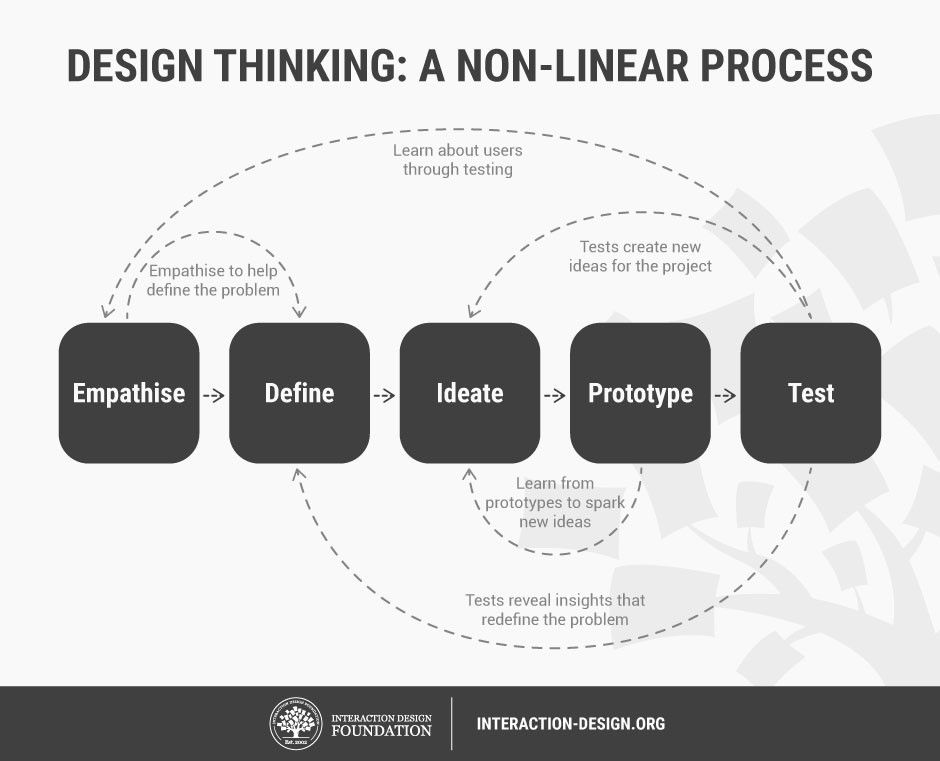
If you’re aiming for a general UX role, you can apply the design thinking process to your project to create your case study. Author / copyright holder: Teo Yu Siang and the Interaction Design Foundation. Copyright terms and license: CC BY-NC-SA 3.0
At this step, the most important thing is to do, do, do ! Want to conduct user interviews? Get your friends’ help and ask them your questions. Need to do user testing of an app? Sit down with your friends or neighbors, or even with strangers at a cafe. Start sketching your ideas on paper. Create a journey map based on your friend’s day as a commuter on the subway. Start small, use what you have access to… and do .

How to Find Design Projects and Apply Your Design Skills and Knowledge
One of the best ways to create your case studies is to apply your newly learned knowledge to a project, just as you learn it . This way, you’ll not only create your portfolio faster but also reinforce and better remember what you’ve just learned.
The great news is we have courses specifically tailored to help you do just that. Think of these as supercharged portfolio-building courses : we’ve created a realistic project brief and added tailored exercises throughout these courses to guide you to build a case study. When you take these courses, you’ll not only have a perfect project to work on—you can also create your case studies as you learn. We think they’re perfect for you.
The supercharged portfolio-building courses are:
Design Thinking: The Beginner’s Guide , which will let you apply the entire design thinking process to a project.
Conducting Usability Testing , which will enable you to plan and run your own usability test, and then analyze your results.
User Research – Methods and Best Practices , which will guide you through the different user research methods to craft a solid case study.
These courses will guide you step by step to help you apply your knowledge within your own design projects in the easiest way possible. That means that once you’ve taken one of these courses, you’d also have a case study for your portfolio . Yes, it can be that simple!
For each course you complete with the Interaction Design Foundation you’ll also get a Course Certificate to prove that you’ve gained new skills and you can insert your Course Certificate(s) right into your portfolio. It’s essential that you also include the unique link you get for each Course Certificate so recruiters can verify each of them.
If you want to stand out from the crowd as a candidate with solid UX skills and knowledge you can also show and link to each Course Certificate on your resume, CV and LinkedIn profile.
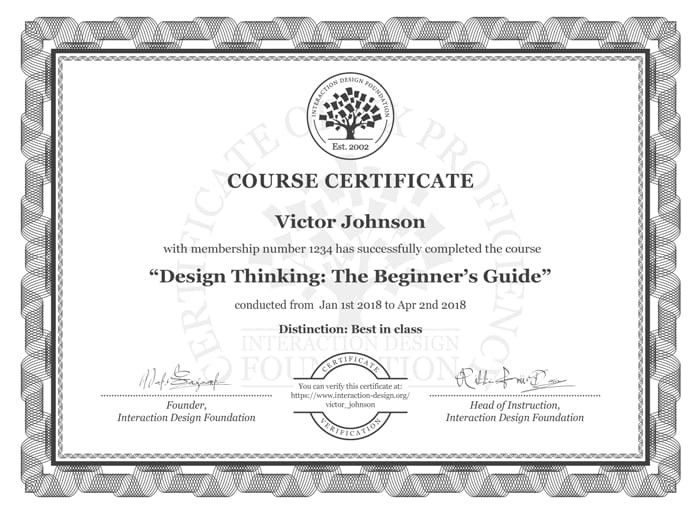
Interaction Design Foundation Course Certificates are trusted by industry leaders such as Adobe, Accenture, Philips and IBM who’ve taken up company memberships with the IxDF.
We wish you all the best in your exciting journey of creating your case studies!
The Take Away
Creating your first case studies for your UX design portfolio can seem challenging, but that’s not the case. You can start creating case studies from scratch by following these steps:
Get foundational knowledge in UX : through learning (from books, the IxDF or elsewhere) design methodologies and common UX activities. This is the most demanding step.
Find a project to work on : either a real project for a client (which can be difficult to find) or a hypothetical project on a product you know (which you can find easily).
Apply your knowledge to the chosen project : when you’re starting out, doing is the best way of learning. In “real UX work” you might need well-selected samples for user research, but you can use whatever you have access to when you’re starting out. Do, do, do !
If you take one of our portfolio-building courses mentioned just above, you’ll have covered all three steps and be ready to start applying for your first job in UX—because you’ll have the fundamental knowledge, you’ll have a bit of experience with a project, and you’ll have a case study for your portfolio.
We’re here to guide you along the way. By taking one of these courses, you can find your feet on the right track and turbo-charge your progress as your knowledge base snowballs:
Design Thinking: The Ultimate Guide
User Experience: The Beginner’s Guide
User Research – Methods and Best Practices
UI Design Patterns for Successful Software
Mobile User Experience (UX) Design
References and Where to Learn More
You can find our entire UX course catalog here .
You’ll also find Don Norman ’s seminal book The Design of Everyday Things useful for gaining design knowledge. You can find it on Amazon .
Hero image: Author / copyright holder: Thomas Quaritsch. Copyright terms and license: Unsplash License.
Build a Standout UX/UI Portfolio: Land Your Dream Job

Get Weekly Design Tips
What you should read next, 5 steps for human-centered mobile design.
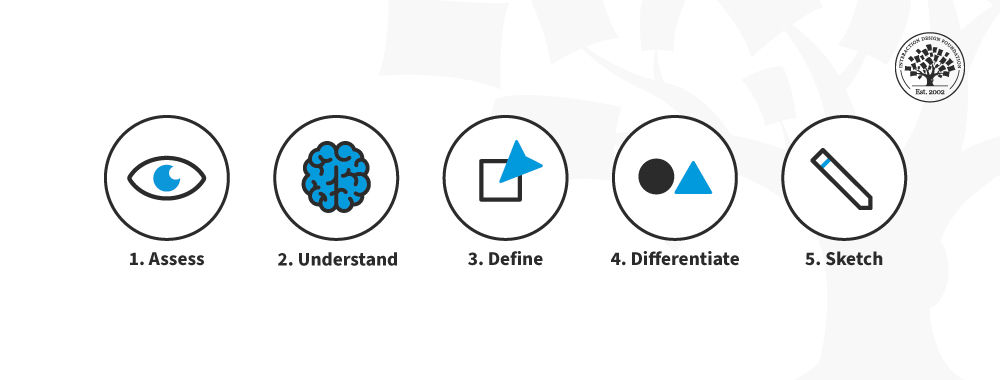
Customer Journey Maps — Walking a Mile in Your Customer’s Shoes
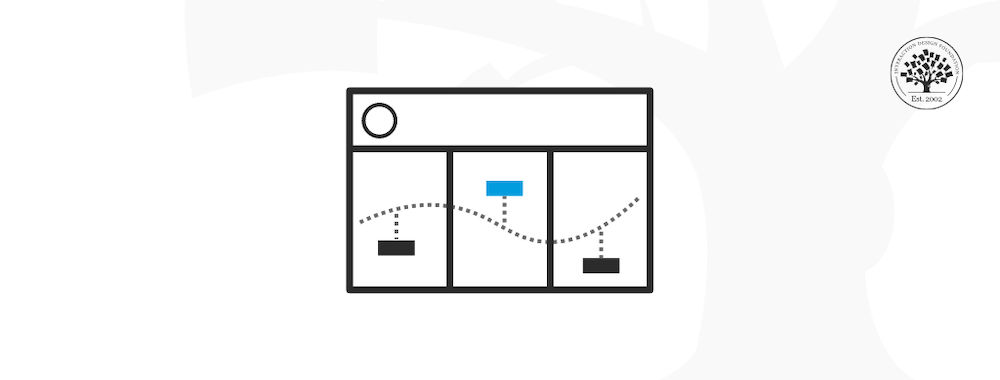
- 1.1k shares
Your Gateway to UX Design: Norman Doors
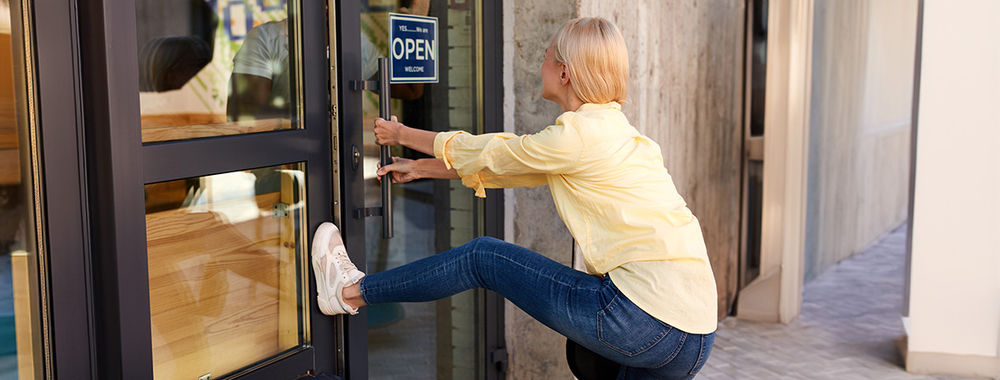
How to Select the Best Idea by the End of an Ideation Session
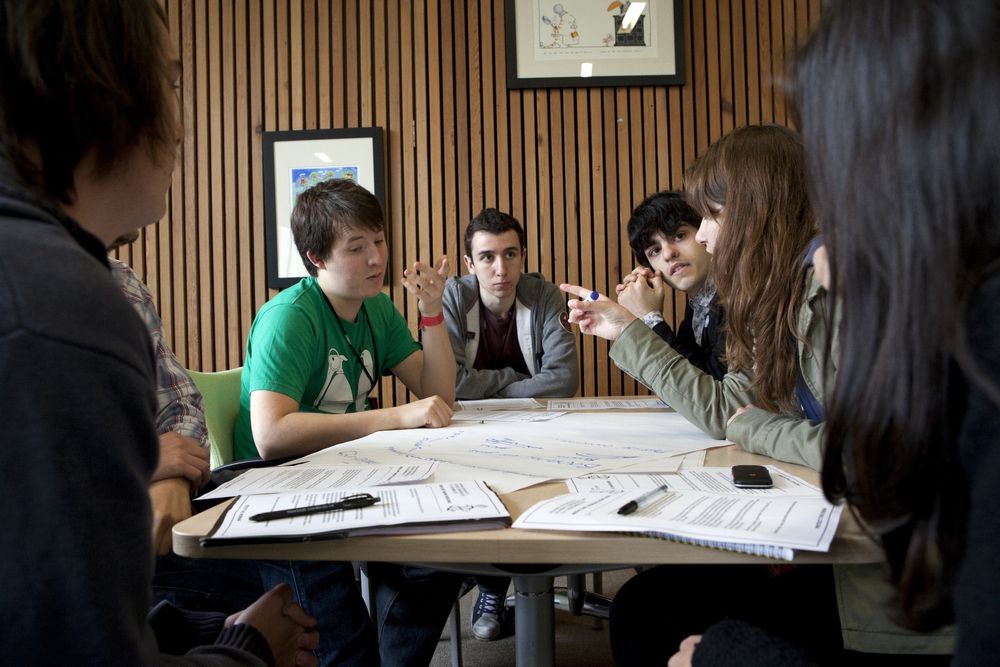
- 2 weeks ago
Create a Winning UX/UI Portfolio: Optimize with AI
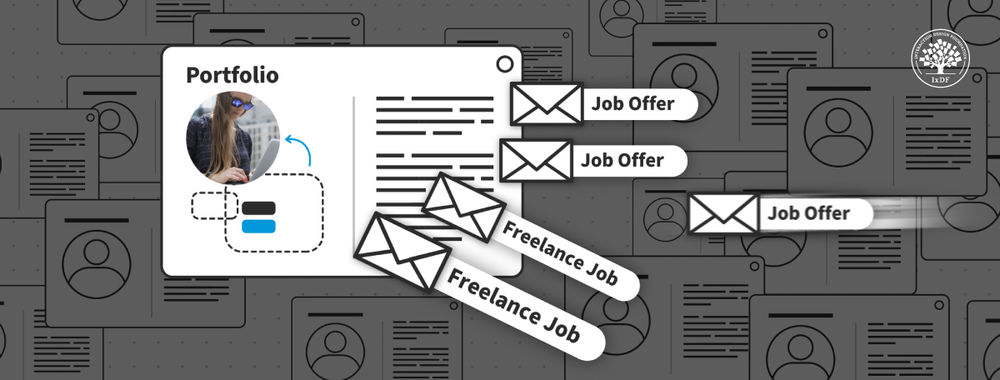
Understand the “Why” of User Behavior to Design Better
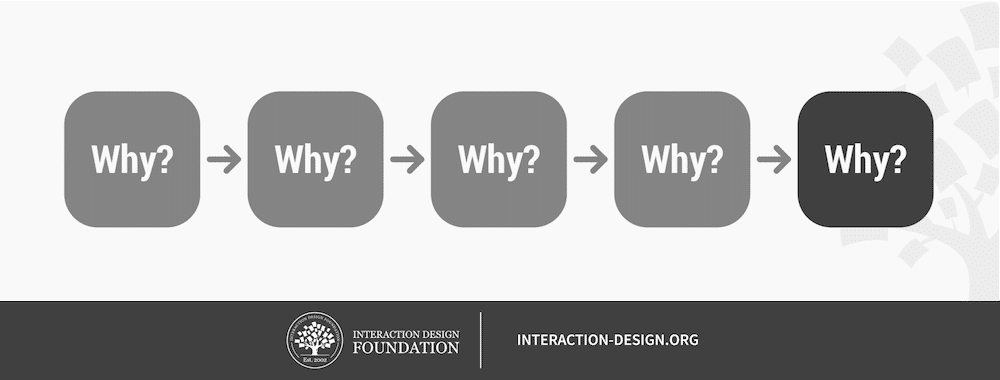
- 4 weeks ago
Increase Competitiveness in Users with Leader Boards

How to Conduct User Interviews

- 1.2k shares
Land That Job: What Top Design Leaders Really Look for in a Portfolio

Design with Intent: Craft Your Portfolio with Visual Storytelling Tools
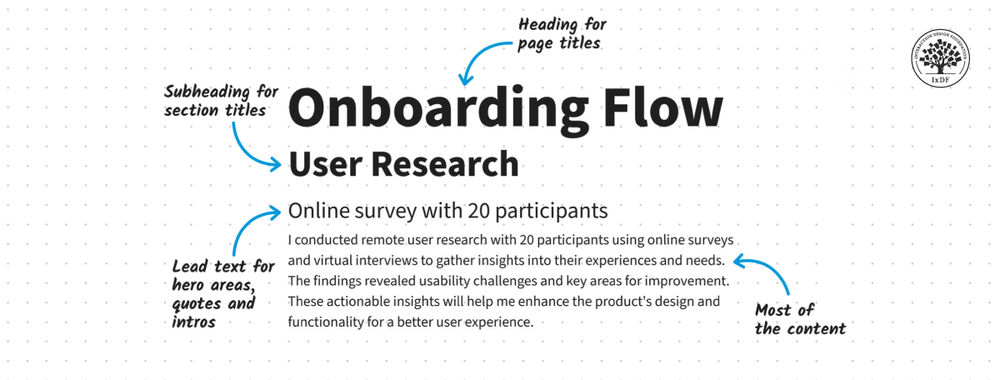
Open Access—Link to us!
We believe in Open Access and the democratization of knowledge . Unfortunately, world-class educational materials such as this page are normally hidden behind paywalls or in expensive textbooks.
If you want this to change , cite this article , link to us, or join us to help us democratize design knowledge !
Privacy Settings
Our digital services use necessary tracking technologies, including third-party cookies, for security, functionality, and to uphold user rights. Optional cookies offer enhanced features, and analytics.
Experience the full potential of our site that remembers your preferences and supports secure sign-in.
Governs the storage of data necessary for maintaining website security, user authentication, and fraud prevention mechanisms.
Enhanced Functionality
Saves your settings and preferences, like your location, for a more personalized experience.
Referral Program
We use cookies to enable our referral program, giving you and your friends discounts.
Error Reporting
We share user ID with Bugsnag and NewRelic to help us track errors and fix issues.
Optimize your experience by allowing us to monitor site usage. You’ll enjoy a smoother, more personalized journey without compromising your privacy.
Analytics Storage
Collects anonymous data on how you navigate and interact, helping us make informed improvements.
Differentiates real visitors from automated bots, ensuring accurate usage data and improving your website experience.
Lets us tailor your digital ads to match your interests, making them more relevant and useful to you.
Advertising Storage
Stores information for better-targeted advertising, enhancing your online ad experience.
Personalization Storage
Permits storing data to personalize content and ads across Google services based on user behavior, enhancing overall user experience.
Advertising Personalization
Allows for content and ad personalization across Google services based on user behavior. This consent enhances user experiences.
Enables personalizing ads based on user data and interactions, allowing for more relevant advertising experiences across Google services.
Receive more relevant advertisements by sharing your interests and behavior with our trusted advertising partners.
Enables better ad targeting and measurement on Meta platforms, making ads you see more relevant.
Allows for improved ad effectiveness and measurement through Meta’s Conversions API, ensuring privacy-compliant data sharing.
LinkedIn Insights
Tracks conversions, retargeting, and web analytics for LinkedIn ad campaigns, enhancing ad relevance and performance.
LinkedIn CAPI
Enhances LinkedIn advertising through server-side event tracking, offering more accurate measurement and personalization.
Google Ads Tag
Tracks ad performance and user engagement, helping deliver ads that are most useful to you.
Share Knowledge, Get Respect!
or copy link
Cite according to academic standards
Simply copy and paste the text below into your bibliographic reference list, onto your blog, or anywhere else. You can also just hyperlink to this article.
New to UX Design? We’re giving you a free ebook!

Download our free ebook The Basics of User Experience Design to learn about core concepts of UX design.
In 9 chapters, we’ll cover: conducting user interviews, design thinking, interaction design, mobile UX design, usability, UX research, and many more!
New to UX Design? We’re Giving You a Free ebook!

A rapid desktop prototyping tool

Top 22 Stunning UX Case Studies You Should Know in 2022
Table of contents, what is a ux case study.
- 22 Best UX case study examp
How do you create a UX case study?

An immersive yet well-structured UX case study helps UX professionals show off their design talents in portfolio websites, and let them communicate better with employers, designers and others easily.
However, as a UX designer , how can you write a perfect UX case study to easily get hired or communicate with others better?
Mockplus has handpicked 22 of the best UX design case study examples in 2022 to help you get inspiration, improve your portfolios and make your own things with ease. A step-by-step guideline about how to create a UX case study is also followed.
A UX case study tells the story of how you create a great website or app and, in particular, what you do to improve the UX of the site. UX designers—newbies and experts alike—will often share a case study on a portfolio website as a great way to get hired. Just like sending a resumé.
So, it is a lot more than just a copy of everything you've done while designing the project. To really showcase your design talent and the breadth of your abilities, you need to make sure the following are all included:
- A full description of your role in the project;
- The biggest challenges you've faced;
- The solutions you've chosen, how you chose them and why;
- How you communicate and collaborate with others; and
- The outcomes and the lessons you’ve learned.
To this, you should feel free to add any further information that you think would help you stand out from the crowd.

It is also worth remembering that UX case studies are a good resource for UX design beginners to learn more practical design skills and to gain from the real experience of others in dealing deal with difficult or urgent problems.
22 Best UX case study examp le s you should learn
Whatever stage you’re at and whatever you are writing your case study for, these 22 top examples are bound to inspire you.
1. Perfect Recipe -UX design for cooking and shopping
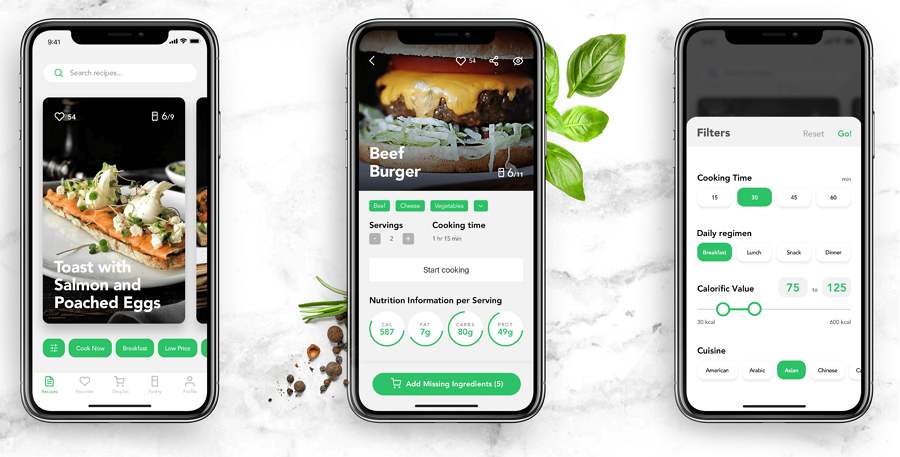
Designer s : Marina Yalanska and Vlad Taran
Case Study : Perfect Recipe
This is a mobile application that enables users to search for food recipes and to buy what they need to cook different dishes.
Why d id we choose this one?
This case study illustrates the entire UX design process is very simple, plain language. Many aspects of the process are included, along with some really inspirational ideas, such as product personalization, challenges and solutions, animated interactions, and other interface details.
Extra tips :
This example is from the Tubikstudio blog, which is very popular among designers. It regularly shares different branding, UI, and UX case studies. We would strongly recommend that you follow this blog to keep yourself up to date with the latest and most creative case studies.
View details
2. GnO Well Being - Branding, Web Desing & UX

Designer : Marina Yalanska and Olga Zakharyan
Case Study : GnO Well Being
This is a creative illustration website that presents and sells a weighted designer blanket that helps you get a good night’s sleep, the first step to good health and a better life.
Why d id we choose this ?
This example is so much more than a great UX case study. In addition to the UX design , it gives you insight into many more key design issues, such as the logo, custom graphics, website pages, interactions and so on. There are many ideas here that you could copy for your own projects.
3. Splitwiser - UI/UX case redesign

Designer : Chethan KVS (a Product designer at Unacademy)
Case Study : Splitwise
This is a concept mobile app that enables users to track and split expenses with friends. The designer has also given it another name, "Splitwise."
Why do we choose this ?
This case study shares the designer's insights into key design decisions, such as why he chose this product, why he decided to redesign the logo, how to improve the onboarding and other pages, how to optimize the user flow, how to balance all pages and functions, how to enhance UX through bottom bars, interactions, gestures, view modes, and more.
Everything is explained using intuitive images, earning it thousands of “likes”. This is a great example that is bound to help you write a stunning case study on redesigning UX.
This comes from a popular media channel called "UX Planet" that regularly posts examples of the best and latest UX case studies from around the world. Another great place to keep you up to speed with the latest UX designs.
4. Deeplyapp.com - UX & visual improvements
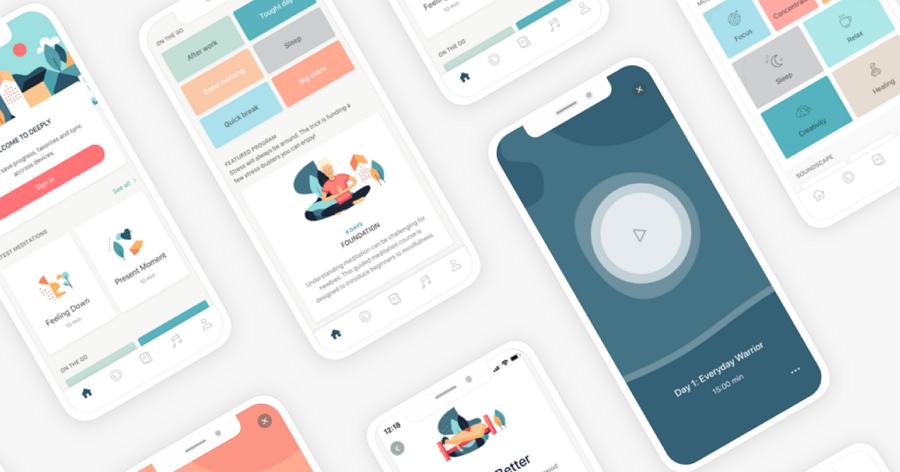
Designer : Sladana Kozar
Case Study : Deeplyapp
This is a health and self-care website app that helps users maintain mental well-being with meditations and exercises. This case study talks you through the design process of creating a user-friendly mobile app.
This case study focuses on improvements to the UX and visual features of this mobile app. Many aspects are included to help you understand it better, such as the design background, what to build, UI flow diagram, discoverability design, visual balance, and much more. A full set of app interfaces are presented for you to study as well.
You can also check out its Part 1 post for more details.
5. Talent Envoy - improving the recruitment process

Designer : Enes Aktaş (Experienced UX designer)
Case Study : Talent Envoy
Talent Envoy is an intelligent job assistant that helps users find their ideal job and get to all the way to signing a contract faster and more easily.
This case study firstly points out the biggest challenges and problems faced by job-seekers—the shortage of US recruitment markets. It then talks to you through the detail of how the designers optimized the recruitment process. You will also find information on the user research process, the UI flowchart design, the related wireframe and Sketch designs, the main page design, and more.
All the details have clear explanations and they offer a great example of how to use user research to solve problems and improve UI interfaces.
This one comes from another hot media channel called "Muzli" which shares the latest ideas, designs, and interactions about websites or website apps from all over the world. Don’t miss out on this site if you want to stay ahead of the curve.
6. My Car Parking - UI/UX case study
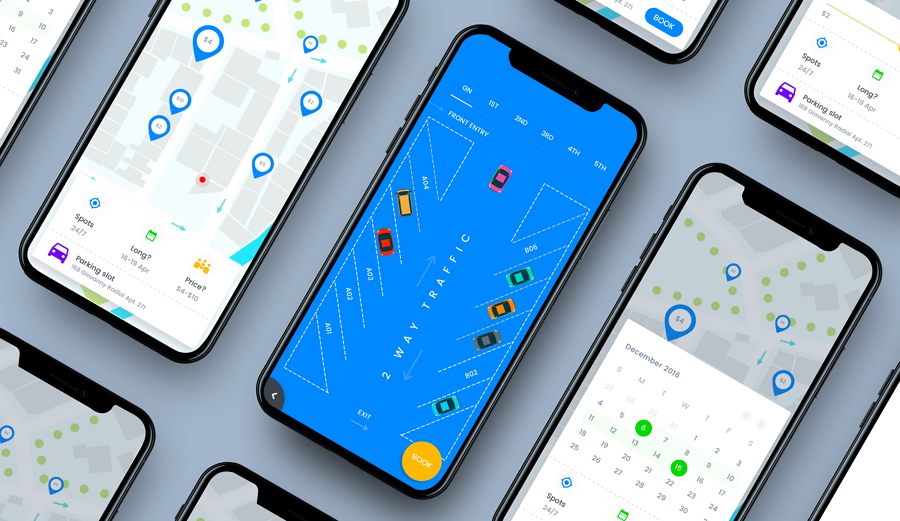
Designer : Johny Vino (Experienced UX and interaction designer)
Case Study : My Car Parking
This is a mobile app that can help people get parking slots easily even when they travel beyond their normal routes.
This is a masterclass in how to write a case study that is simple, well-structured, and easy to understand. Many intuitive lists and images are used to explain the design ideas and processes.
It has received “claps” from over seven and a half thousand people and is a perfect example of how to write a well-structured and easy-to-understand case study.
7. Parking Finder App - UI/UX case study
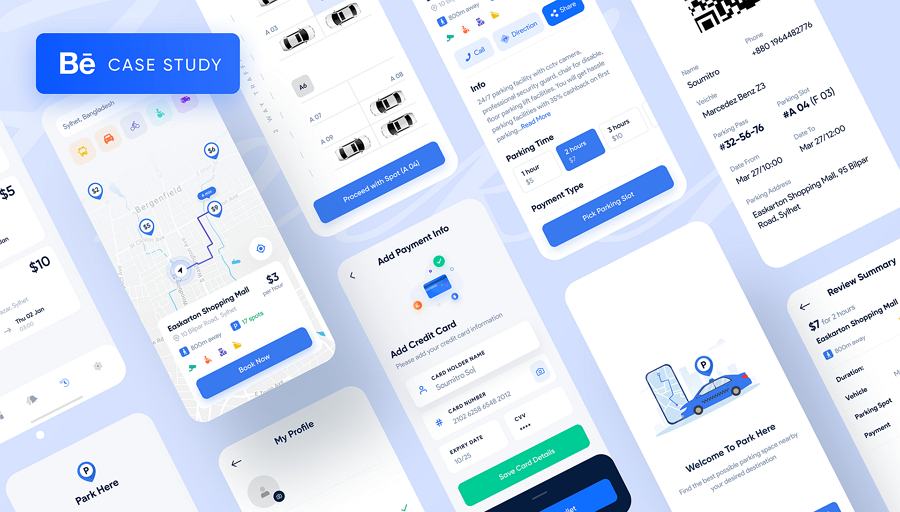
Designer : Soumitro Sobuj
Case Study : Parking Finder App
This is another concept mobile app that makes it easy for users to find parking slots even in big or overcrowded cities.
This case study is beautifully presented and gives a good presentation of the whole design process. It covers nearly all the issues that a textbook UX case study should have, such as problems and solutions, user-centered design, design strategy, user flow, information architecture , interface wireframes and visual designs, and much more besides.
It is one of the best examples we have found of a case study that really teaches you how to write the perfect UX case study.
8. Pasion Del Cielo - coffee ordering experience

Designer : Jonathan Montalvo (Senior Designer, Branding, UXUI )
Case Study : Pasión del Cielo
This is a concept project about a real local coffee shop in Miami.
This case study demonstrates effective ways to engage users with the Pasión brand and how a site can make it as easy as possible to turn page views into coffee sales.
There is a lot of analysis included to explain the entire design process, such as analyzing the competition, feature analysis, brand and interface improvements, and much more. Most important of all, many user personas have been created to evaluate and enhance the UX.
This is a good example to check for anyone looking to improve their own UX case study. Above all, it shows what can be done with rich images, bright colors, clear layouts, and well-crafted personas.
9. Workaway App - UX redesign
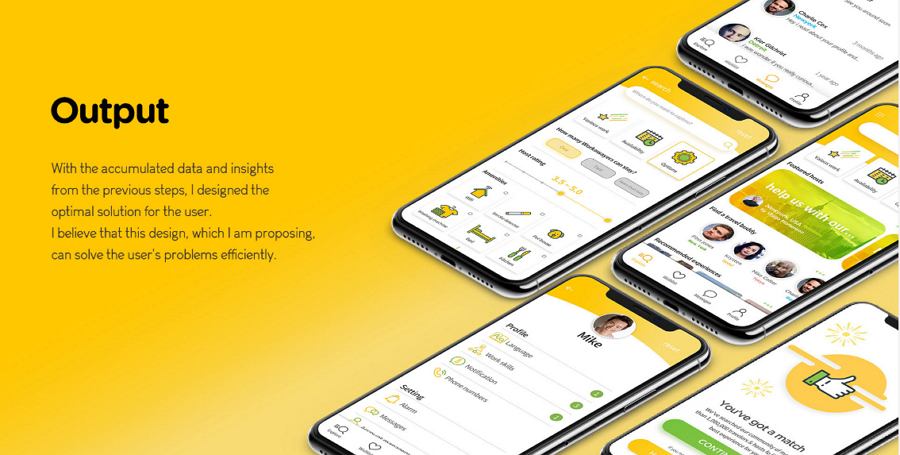
Designer : Rocket Pix (UXUI, web designer )
Case Study : Workaway App
This is a mobile app that provides international hospitality services; it helps users to contact each other to organize homestays and cultural exchanges.
This UX design case study explains how the designer redesigned the Workaway App to make it easier for users. Many intuitive charts (pie charts, flow charts, line charts), cards, and images are used to illustrate the ideas.
It is simple and easy to follow, and also a good example of how to create an intuitive case study with charts and cards.
10. Receipe App - UI/UX design process
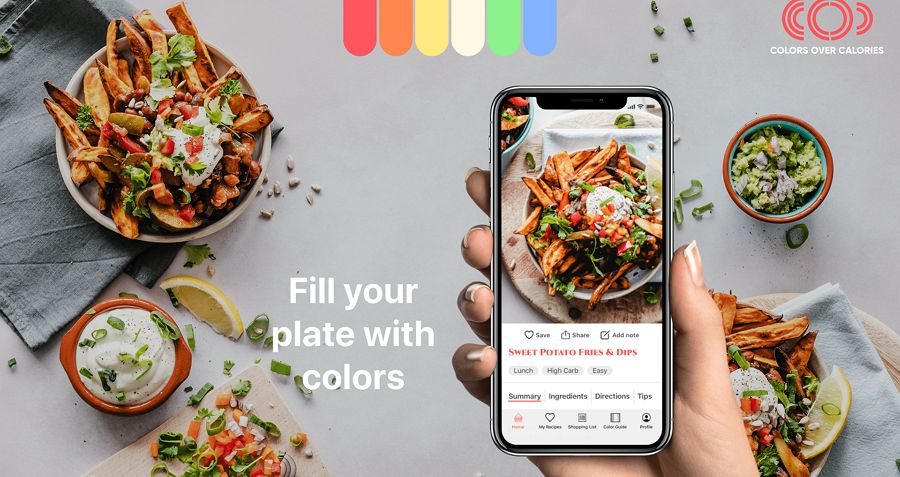
Designer : Dorothea Niederee (UX, UI designer )
Case Study : Recipe App
This is a food app design offering inspirational recipes for anyone who wants to eat healthier.
This case study gives a clear demonstration of the entire UI/UX design process. Three user personas are defined to present different users' needs. Some colors, typography, and UI elements are also shared.
This is a good example of how to define a detailed user persona in your UX case study.
11. Hobbfyy - a social and discovery app UX design
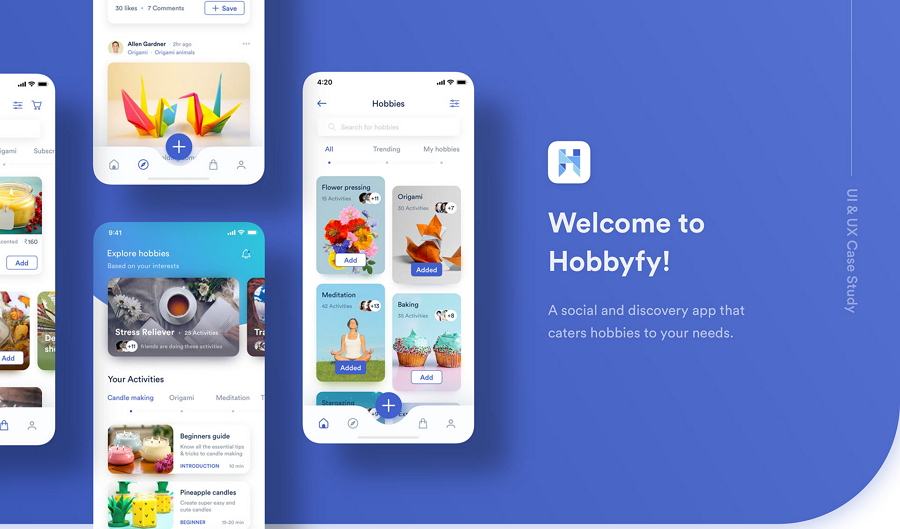
Designer : Mustafa Aljaburi (UX, UI designer )
Case Study : Hobbfyy
This is a social and discovery app that makes it quick and easy to get everything you need for your hobbies.
This case study aims to show how to develop a site that will provide its users with solutions, in this case to get what they need for their hobbies. Beautiful images, a storytelling style, and special layouts are used to explain everything.
12. Bee Better - habit tracker app UX case study

Designer : Anastasiia Mysliuk (UX, UI designer )
Case Study : Bee Better
This is a habit tracker app that makes it easy for you to develop new useful habits.
This case study aims to solve problems associated with how we form and develop habits. It helps users find solutions and make habit formation more interesting; it motivates them to maintain their useful new habits. Many aspects of design, such as problems, solutions, the design process, discovery and research, user journey map, prototypes, and much more are illustrated and explained in simple language.
This would be a good example to follow if you are looking to create an easy-to-understand UX case study.
13.Sit My Pet - pet sitting app UX case study
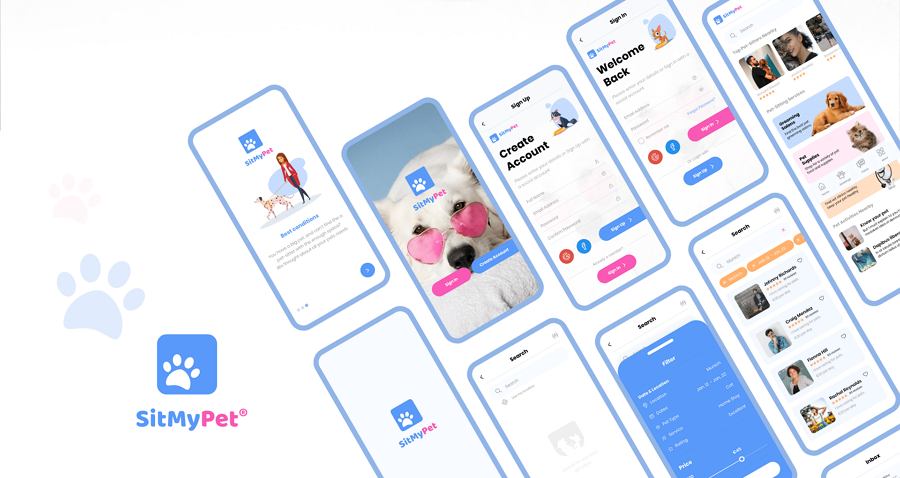
Designer : Aiman Fakia (UX, UI, visual designer )
Case Study : Sit My Pet
This is a pet-setting app that provides pet owners with a digital service that helps them connect with pet sitters.
This UX case study describes a site that aims to make pet sitting more easily accessible for pet owners. It analyzes both its users and its competitors very well. The way solutions are evaluated, the user stories, and other related aspects are followed in detail to give you a better understanding of the project as a whole.
This is a good example of how to develop a UX design based on user needs.
14. Groad - food ordering system UX case study
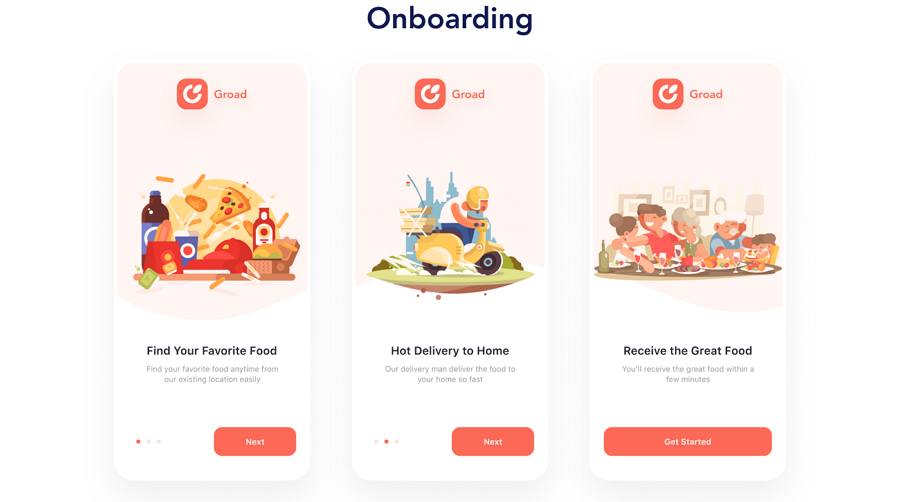
Designer : Phap (UI designer )
Case Study : Groad
This is a food ordering app offering food delivery services from stores, restaurants, cafés, fast food bars, and others.
This UX case study uses beautiful illustrations and colors to explain the entire design process. As well as the usual parts of the design process—UI flow chart, UI showcasing—the related logo and icon designs, typography, and other aspects are included. This is a good example if you are looking to learn how to create an immersive case study with beautiful illustrations and colors.
15. iOS VS Android UI/UX Case Study

Designer : Johanna Rüthers
Case Study : Econsy
Here is another concept app that helps people live more sustainably by using a scanning process to give them information about the ecological and social impact of products they are thinking of buying.
This case study explains the differences in the mobile app’s appearance when it is applied on the Human Interface Guidelines (IOS) and Material Design Guidelines (Android). This will help you to create an app that works well on both Mac and Android devices.
More UI/UX case studies & designs:
16.Timo Bank - UI/UX Case Study
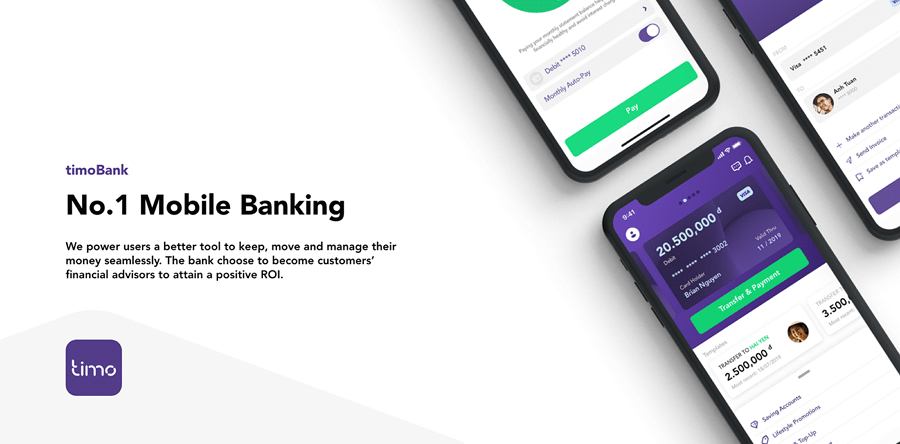
Timo Bank is a mobile banking app project produced by Leo Nguyen, a freelance designer and creative director. This case study aims to provide more intuitive transfer, payment, and money management solutions for mobile users.
This is a great example to consider if you are hoping to create a better banking app.
17. Endoberry Health App Design
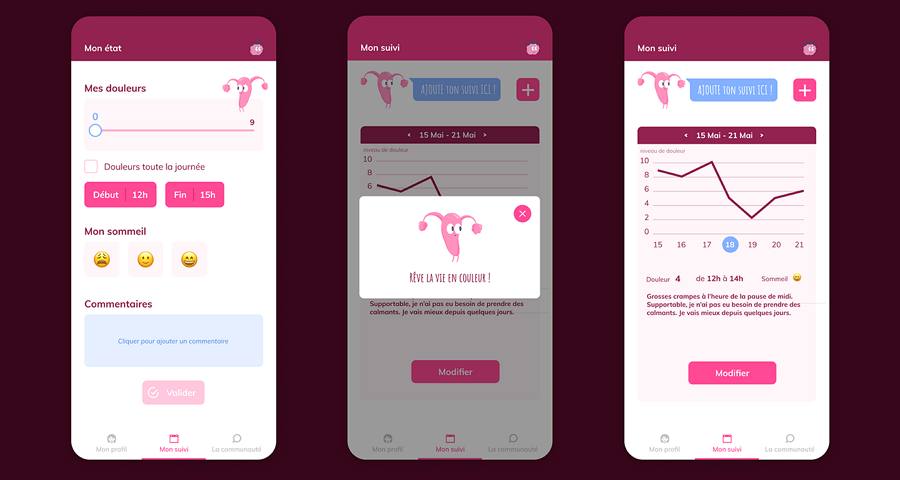
Endoberry Health App Design provides useful solutions for women suffering from endometriosis. In turn, this gives doctors a better understanding of individual cases. The design challenges, solutions, and UI details are displayed and explained to illustrate the design project.
18. Job Portal App

Job Portal App has been specially made for designers and freelancers. This case study uses cute illustrations, simple words, and clear storytelling to explain how the designer worked out the ideal job hunting solutions for users.
19. Cafe Website - UI/UX Case Study

Café Website gives its users a great experience by making it quick and easy to order a coffee online. Many elegant page details are displayed.
20. Ping - the matchmaker app case study

Ping is a dating app that offers users a unique and effective way to find their perfect match. As you can see, its mascot is really cute and this case study will show you how a cute mascot can enhance the UX.
21. Hubba Mobile App - UI/UX Case Study
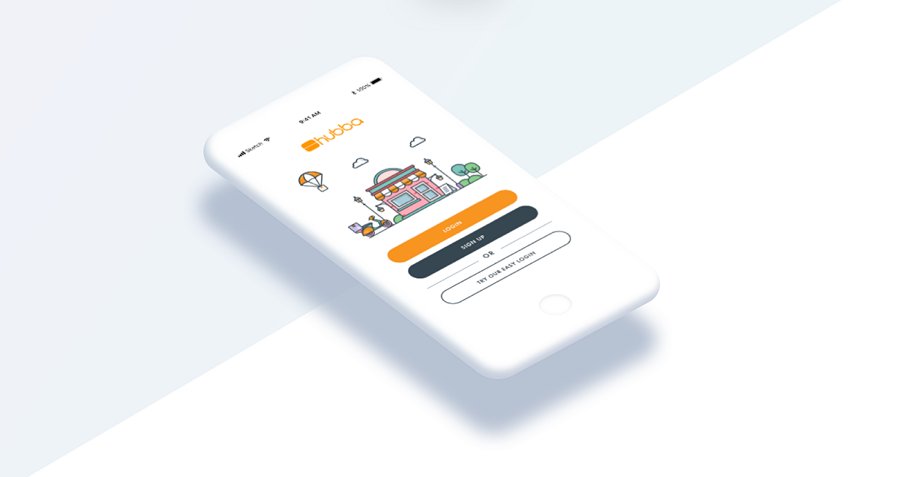
Hubba Mobile App is a B2B online marketplace where retailers can find and purchase unique products for their stores or shops. This case study aims to explain the process of creating a special mobile app for this online marketplace. It offers a beautiful and clear presentation of the entire UI/UX design process.
22. Music App - music for children
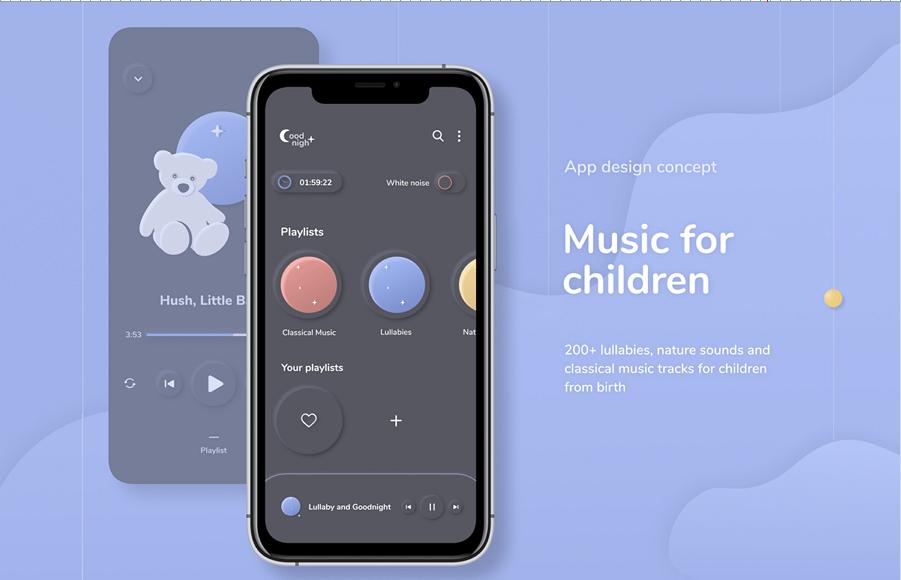
Music App shares the fancy UI and colors from a music app made for children. It is a good example that is sure to inspire you to create a distinctive children's app.
If you are still not entirely sure how to go about creating a distinctive UX case study, here are a few simple steps to walk you through the entire process from start to finish:
Step 1. Figure out your purpose
The final outcome will depend on what it is you are trying to achieve. So, before you start writing a UX design case, you should first figure out in detail what its purpose is. Ask yourself some basic questions:
- Is it for a job interview?
- Is it for improving your personal portfolio?
- Is it designed to show off your design talents on social media?
- Is it just created to practice your design skills?
- Is it made to share design experiences with other designers?
In short, figuring out your purpose and setting a goal can make the entire design process so much easier.
Step 2. Plan or outline your case study
Whatever you want to do, it is always a good idea to start with a plan. When it comes to writing a UX case study, you should also outline your entire UX case study and decide on what sections you want to include.
For example, nowadays, a good UX design case study often covers:
- Overview : Start with a short paragraph that introduces your project.
- Challenges and goals : Explain the project background and point out the biggest challenges or problems you've encountered. Explain the goals you want to achieve and how you will overcome the challenges you have identified.
- Roles and responsibilities : Tell readers what role you play in the project and the specific features of your role that will help create a better product.
- Design process : Introduce the entire design process in detail so that readers can see clearly what you have done to make life easier for users. Many employers check this part very carefully to see whether you have the basic skills and abilities they are looking for. So, never underestimate the importance of this section.
- Solutions and outcomes : No matter what problems you have faced, the solutions and the final outcomes achieved are what really matters. So, always use this section to showcase your skills and achievements.
You might also want to add further sections:
- User research : Some full-stack designers also include this to give a more comprehensive view of their design skills.
- UI designs : Some experienced designers also display their relevant UIs, and UI flow, along with low- and high-fidelity prototypes to enrich the content.
Of course, if you are a newbie, and you still have questions, why not go online and search for UX case study templates that you can study and follow.
Step 3. Explain the design process clearly
As we've explained above, the design process is always one of the most important parts of a good UX case study. You should always introduce clearly as many of the relevant parts of the process as possible. For example: show how you and your team communicate and collaborate effectively; demonstrate how you have developed ideas to address user problems; explain how you and your team have dealt with emergencies or mishaps.
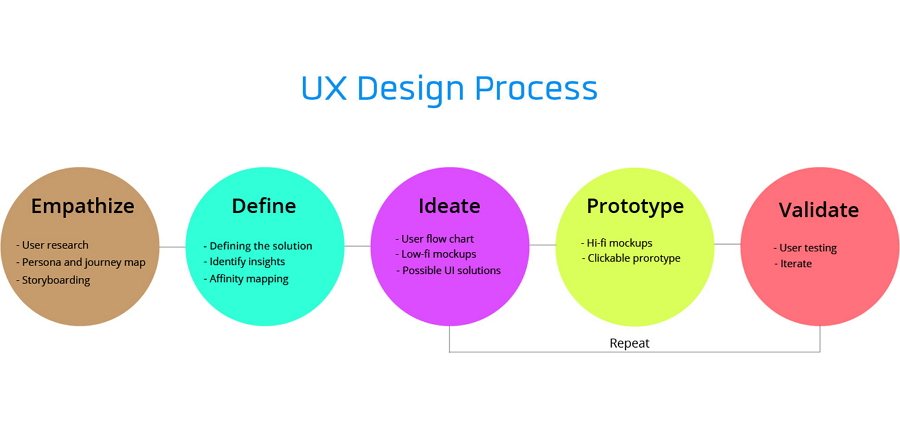
You can also introduce the UX design tools that you have chosen to simplify the entire design process. Mockplus, is an online product design platform, enabled us to adapt quickly and effectively to working from home during the recent Coronavirus lockdown. Prototyping our designs, sharing ideas, working together in an effective team, taking the process from design to handoff, it all works smoothly with this single tool.
Step 4. Improve readability and visual appeal
The content should be the main focus of your case study—but not the only focus. To make the case study as good as possible, you also need to think about its readability and visual appeal. Here are some suggestions to follow:
- Explain everything as clearly as possible.
- Add images, illustrations, charts, cards, icons, and other visuals.
- Create a clear storytelling structure or layout.
- Choose an immersive color scheme.
- Add eye-catching animations and interactions.
- Use vivid video, audio, and other multimedia resources.
The final visual effect can be make-or-break for whether your UX case study is going to stand out from the crowd. You should always take it seriously.
Step 5. Summarize
Every UX case study can be a good chance to practice and improve your design skills. So, in your conclusion, don’t forget to analyze the entire process and summarize the outcomes. Always take a minute to figure out what lessons you should take away from the process, what tips should be remembered, what should be improved, and—most important—what your next steps are going to be.
UX case studies are one of the most essential parts of a UX designer's portfolio. The ability to write a well-structured UX case study is also one of the basic skills that a competent UX professional should have. So, UX case studies play a very important role in UX designer's life.
We hope our picks of the best UX design case studies along with our step-by-step guide will help you create a stunning UX case study.
Share it on:

A free prototyping tool to create wireframes or interactive prototypes in minutes.

A free UI design tool to design, animate, collaborate and handoff right in the browser.
Related articles View all blog posts
The ultimate guide of ux design process that you must know.
Recently I noticed many new UX designers are asking how to do user experience design in the major social platform. I collected some useful information to help you complete a perfect user experience de...
25 Best UX Podcasts for UX Designers: Inspiration for 2020
Competition is everywhere. A product with a poor user experience, will always struggle in the market. Similarly, a designer who doesn’t know how to please customers with great UX design will fin...
40 Best UX Designer Portfolio Examples for Your Inspiration
A portfolio that shows off your best projects and designs in a creative way can be a real asset when applying for a good UX job. It could get you one one step closer to your dream position.However, wh...

© 2014-2024 Mockplus Technology Co., Ltd. All rights reserved.
5 Principles of Exceptional Case Studies in UX Portfolios

Working on your portfolio?
Check out our new course Master Your UX Portfolio . We’ll show you what hiring managers are looking for and how to make a strong portfolio.
I’ve reviewed hundreds of UX portfolios over the years as a hiring manager and as someone who enjoys building portfolios .
In one instance, I was hiring and job searching at the same time. While reviewing candidates’ portfolios I was also sharing my case studies with employers to find a new role. It was a very unique opportunity to be on both sides of the hiring process at the same time.
Throughout these experiences, I collected thoughts and ideas about what makes a UX case study exceptional .
An exceptional case study is unique
An exceptional case study keeps the audience in mind, show the end result first, refine your lead, answer big questions early, an exceptional case study tells a story, not a process, an exceptional case study answers “why”, wrapping up.
When I started drafting this article I considered developing a template that would be easy to fill out. But you don’t need one. A case study is your own personal experience. You’re the only one who can tell it from your perspective.
This is your story to tell. It doesn’t have to follow the exact formula of every other UX portfolio. Instead, I’ll offer some ideas that can help you find the right approach for your work.
While interviewing candidates, I have come across portfolios from students or coworkers who worked together on the same projects. Their portfolios were indistinguishable, so I had no way to assess their unique skills, perspectives, or contributions. How can you use your case study to showcase what makes you different from other designers?
While every case study should be different, it still has to meet the expectations of a hiring manager. Expectations change based on the size of the company, the maturity of the design team, your seniority level, and the specific role itself. Like any good writer, you need to write for your audience.
I’m going to repeat what others have said many times before: your portfolio is just another design project. You need to understand your user (or reader) and their needs, then develop the right solution for them.
Here are some ways to keep that audience in mind:
- Highlight important parts of the case study. What are you proud of? What sets you apart? This content should stand out.
- Pick the right length for your project. Because this is your own story and perspective, there is no perfect length for a case study. However, it should be long enough to interest the hiring manager in talking further. One paragraph is too short, but a diary of the entire project is too long. Aim for the highlights.
- Use headings to make your case study scannable. This showcases your understanding of typography and hierarchies and makes it much easier to browse.
- Write descriptive headings. Each heading should work to your advantage. Headings like “Research” and “Wireframes” tell the hiring manager that you did the same thing any other designer would do. How can you use that valuable real estate to give extra context? Instead of “Research” try something like, “Discovering how much customers care about privacy.”
An exceptional case study sets expectations upfront
The first thing your case study should do is set the stage . Create a scene, give your story a setting, and help the reader know what’s coming next.
Start by showing the end result of your project. What did your final design look like? Your readers should how good this is going to be in the end! Then deconstruct and show how it all came together.
Starting with the end result gives the reader a sense of what the project involved (mobile vs desktop, app vs web, enterprise vs customer, etc). It prevents them from having to look for those details while scanning the case study.
This also helps readers frame what else they’re seeing. As they read about your research, data, or exploration they can picture the solution and the format in context.
What’s the shortest way to describe your project while still catching the reader’s attention?
Don’t couch the lead in the middle of a paragraph somewhere. Highlight it and make it stand out! The right pitch could answer many of the hiring manager’s questions right off the bat. Here are some examples to help you think about how you can describe your own project:
- “After observing almost 30 people watch videos on our e-learning platform I worked with my team to develop a new note-taking system. Usage of our education videos spiked almost 20% shortly after release.”
- “My team set out to find the root cause of dropping conversion rates in an enterprise SaaS platform. After 6 months we rolled out an entirely new registration process to better showcase the capabilities of the platform. This resulted in a 5% increase in conversions.”
- “For a school project, I worked with individuals who experienced vision loss to develop an app idea that would improve their movie theater experience. One individual called the idea ‘magical.’”
- “While attending a UX bootcamp I explored app ideas for how to help owners find their lost dogs and created a mockup based on research.”
In addition to your lead, answering these questions upfront will make for a much better reading experience. You could present this data as bullet points, a table, a short summary — it doesn’t really matter. What matters is that you clearly communicate the context so the reader can accurately understand the story you’re about to tell.
A hiring manager may have questions such as:
- What platform or OS was this project designed for?
- Was this in-house, agency, freelance, student, or exploratory work?
- Was this ever built?
- Did you work with a team?
- What was the timeline?
- What was your role?
- Was this ever released to the public?
- If released, how did you define success?
- What was the outcome?
Answering these questions early not only provides a better reading experience but always satisfies many of the questions you might hear in an interview, as well.
Your case study isn’t a design textbook . It doesn’t need to explain how the design process works (because everyone reading your portfolio already knows it). Instead, it needs to tell a story of a project and your role in it. Show the wild ride you went on as the design process unfolded. What is the unique and compelling story underlying this project? Why should the viewer care?
Here are a few things to keep in mind to help you stay in story mode and out of textbook mode:
- Stay connected to the problem . Most design projects start with a problem. A reader can’t evaluate your solution if they don’t understand the problem it solves. Ideally, your final solution should clearly solve the initial problem.
- Connect the dots. What did you learn about people, and how did that impact your design? Many case studies list research insights immediately followed by wireframes. How are these connected?
- Tell stories with images. Even product screenshots can tell stories. Spend time on them. Make them interesting. Make it easy to understand how it relates to the work (instead of random isometric grids of app designs). Point to the part that’s different. Compare old and new, or ideas that you threw out and others you kept.
- Show the mess. Your case study doesn’t need to be messy, but your project might be. Messy or negative experiences are okay. Describe the deadlines, the budget constraints, and the limited resources you had to make the project happen. Teams want designers who are still creative under constraints.
- Show what you learned. Even if your project was a complete disaster you can show how you grew and how you approach design differently as a result. If a project blew up in your face, how did you fix it? If the project funding, what did you learn for next time? No one should expect a flawless project, but everyone should expect to learn from past experiences.
Designers produce a lot of work. We gather sticky notes, produce endless sketches, and create massive canvases of UI exploration. I get it. We do a lot and we want people to know that! Unfortunately, none of that work matters unless we can communicate why it matters.
Why was this the right project? Why was it the right solution for the business? Why was this the best user experience? Why were you valuable to the project?
Photos of whiteboards and sticky notes show that you did work, but don’t show why that work matters. Instead of a photo of your notebook, show what you learned from that exciting synthesis session and how it changed your project!
Here are some things that can help you tell the story of “why”:
- Insights from a surprising user interview that changed the direction of a project
- Qualitative observations from usability testing
- Data and analysis of flows, funnels, and success rates
- Business goals and strategies that affected your priorities
Some people, like me, love putting together a portfolio. Others dread it. Either way, it’s the current standard for the UX interview process. Be authentic and honest about your work and you’ll find the right fit for you.
This article is more about principles than rigid requirements. These principles are based on my experience and the shared experience of many other talented design leaders. If you deviate from these ideas and find success, please pay it forward so we can all continue to learn and evolve our craft.
Best of luck in creating a great case study!
If this was helpful, consider giving the Twitter thread some love:
The UX case study format is growing stale. Most portfolios follow the same formula, so no one stands out. I’ve reviewed hundreds of UX portfolios. I've been collecting thoughts and ideas about what makes a UX case study exceptional. 👇 — Taylor Palmer (@_taylorpalmer) February 9, 2022
- Artificial Intelligence
- Product Management
- UX Research
12 Inspiring UX Portfolio Examples
We’ve seen it all. As an international UX design agency , our design leads review hundreds of UX portfolios every time we have an opening in our team. What’s interesting is that there appears to be a recipe for successful portfolios.
In this article
- you’ll find 12 inspiring portfolio examples that utilize this recipe, and
- a rundown on the characteristics of a great UX portfolio .
12 Inspiring UX portfolio examples
1. danielle.
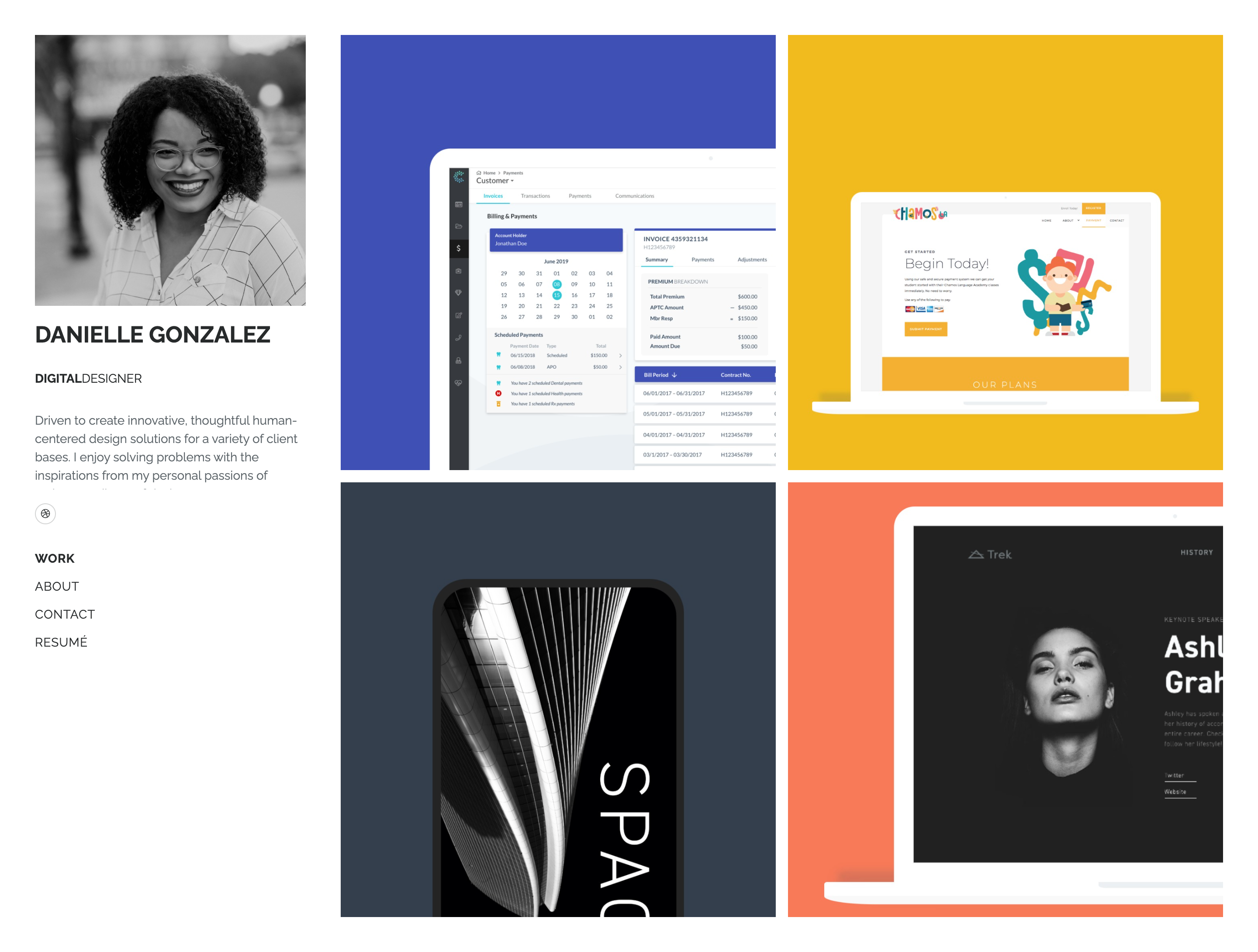
6. Sang Jun Lee
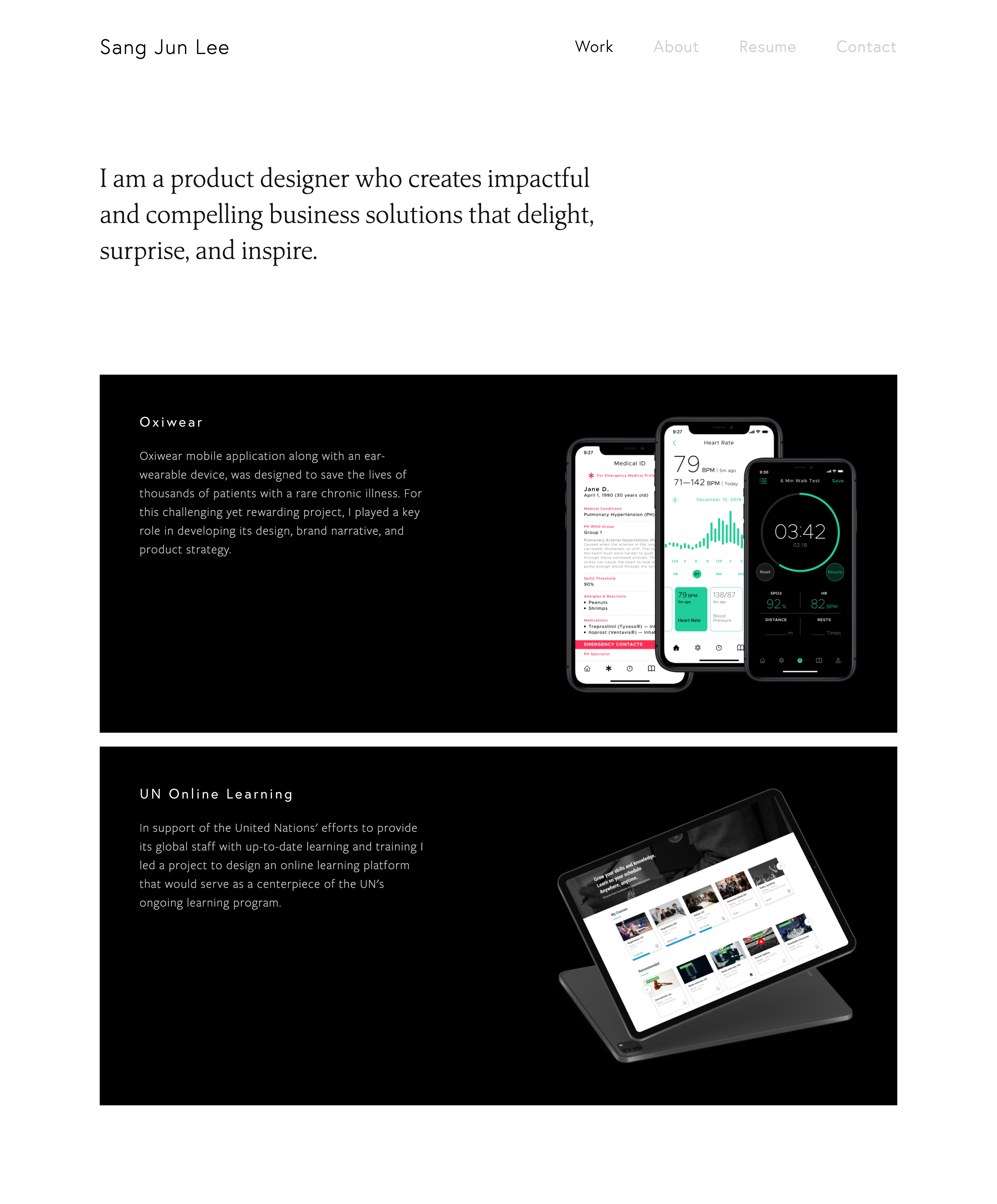
7. Victoria
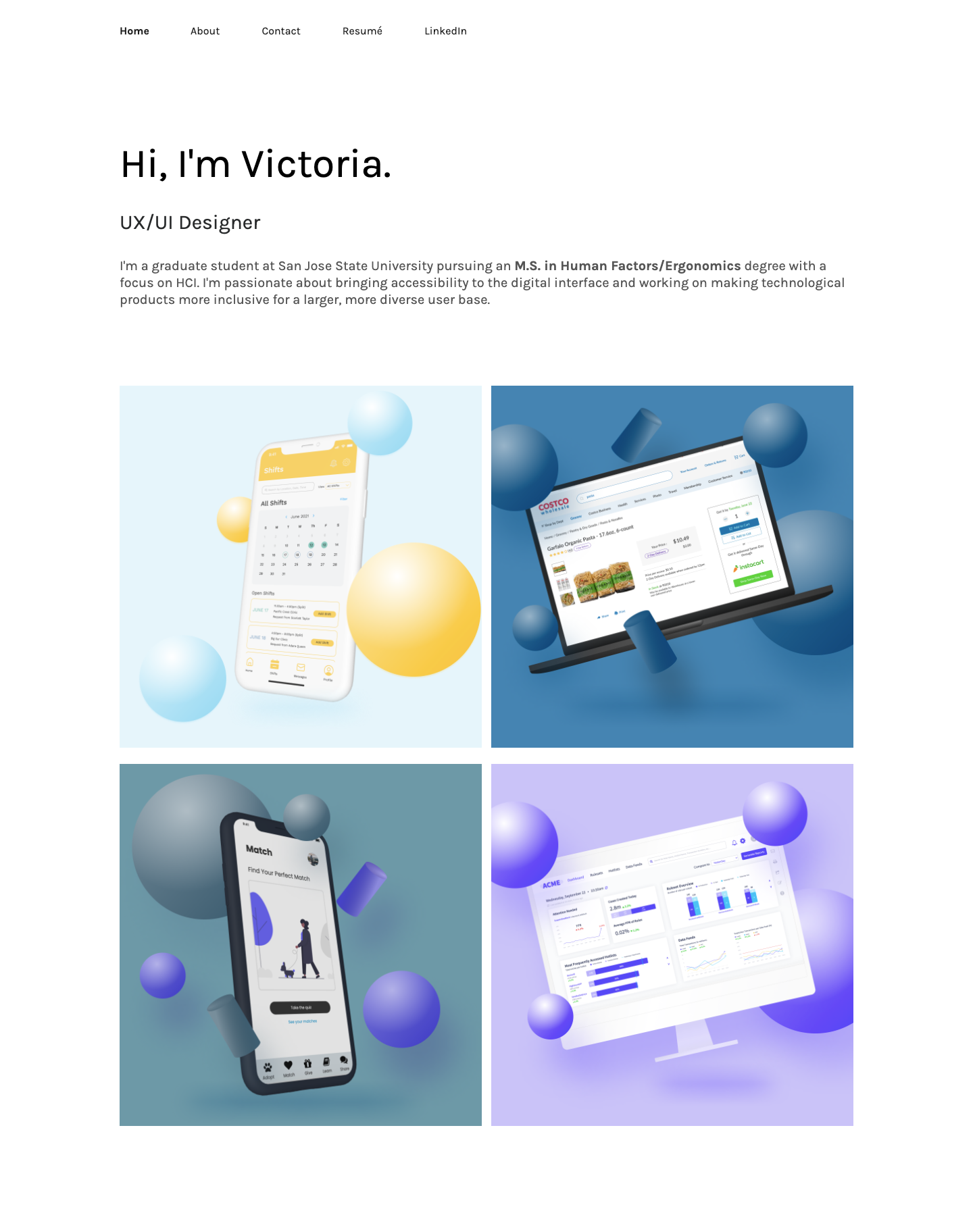
9. Max Berger
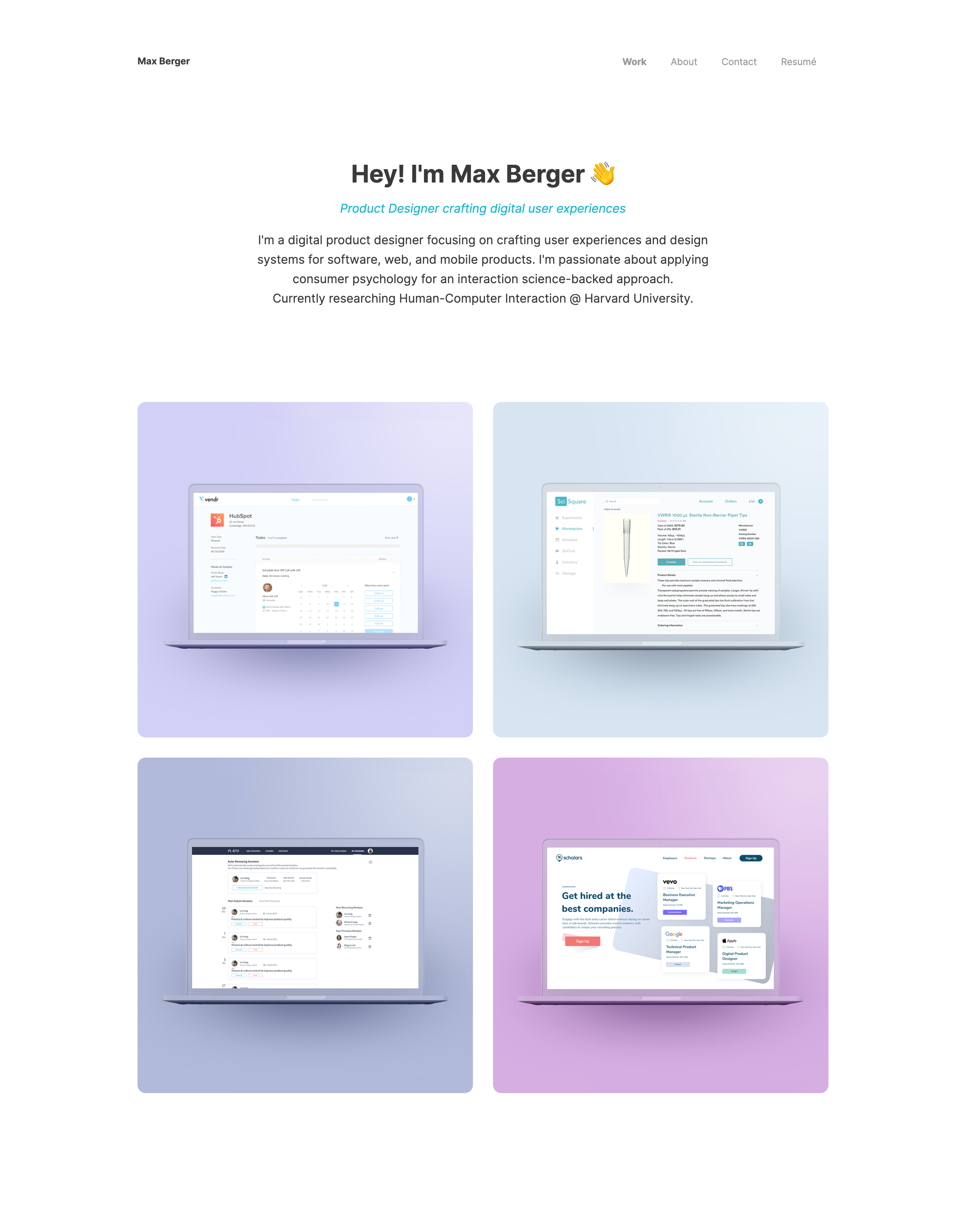
10. Melysia
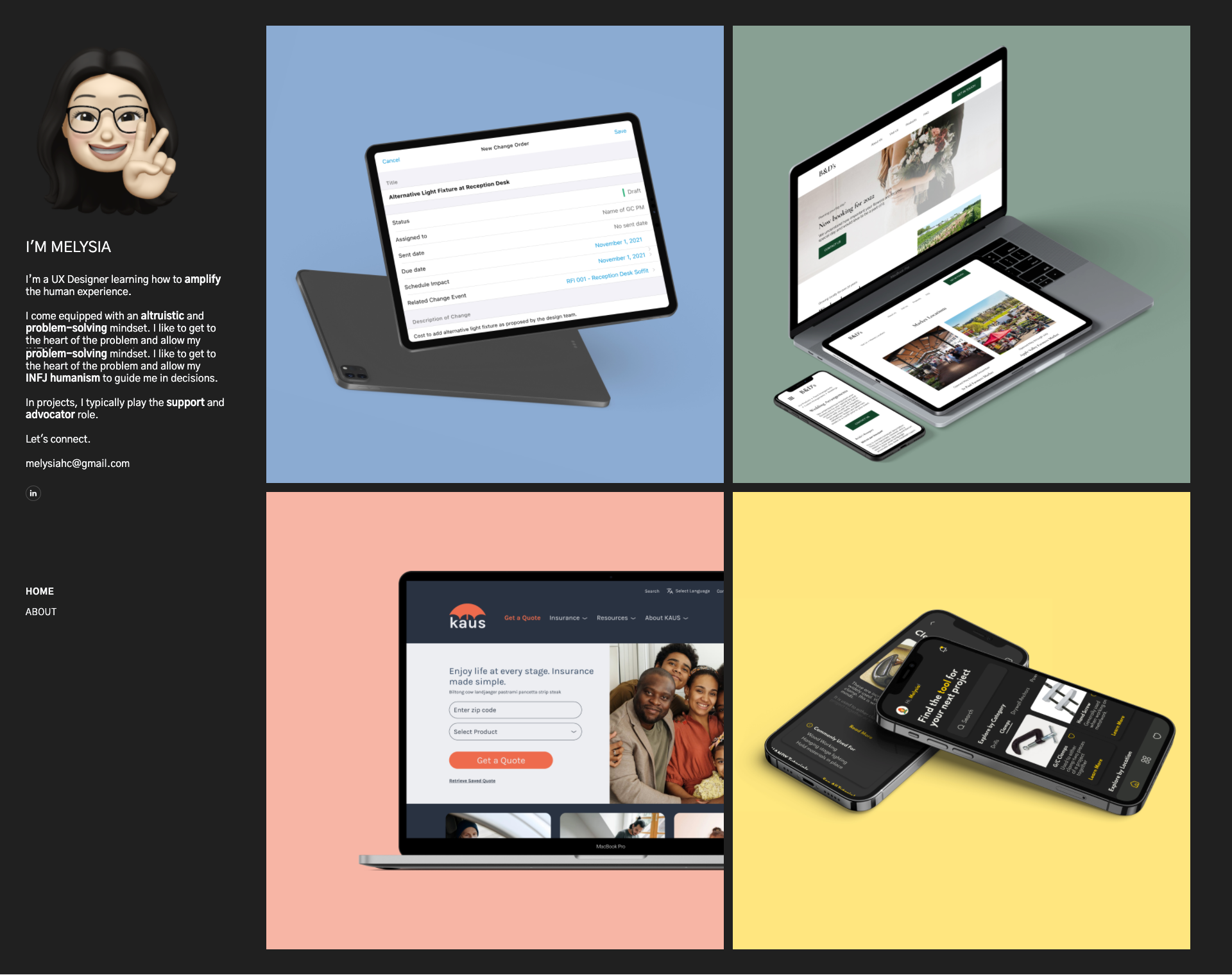
What is a UX portfolio?
A UX portfolio is a collection of case studies that reveal your design process and skills through the story of design projects you’ve been part of.
The difference between UX portfolios and UX case studies
Many designers use the word ‘portfolio’ to refer to their case studies. But they’re not the same thing. The difference is technical:
- Your case studies use a mix of text and visuals to present your design process in the context of previous design projects.
- The word portfolio refers to the entire file – website or document – that binds your case studies, portfolio cover page, bio, resumé, and contact page together.
What are recruiters and design leads looking for?
When you are building your UX portfolio and case studies, you have to keep thinking like a UX designer. Most importantly, you should consider your target audience: HR managers and UX leads.
They have to review hundreds of portfolios in a limited amount of time. What’s more, there’s probably a set date by which they need to find the right person for the role. This leaves only a few minutes to review a portfolio.
With that in mind, here’s some practical advice:
- Why do so many portfolios follow the same structure and look? Because that structure and look works. Your target audience is comfortable with it, which means that they’ll have a pleasant experience using it. Don’t try to reinvent the wheel: find a stunning, tried-and-true template and customize it to your taste.
- People gravitate towards pretty things, whether we like to admit it or not. Therefore, your portfolio needs to look sleek. What’s more, it’ll need to pass through a few people with varying tastes. So, it’s better to play it safe: go for the minimalistic look, as most people find it pleasing to the eye.
- Due to time restrictions, most design leads will check 1-2 case studies when reviewing your portfolio. So, don’t stress about the number of case studies in your portfolio. “Quality over quantity” should be your mantra. As the seniority level of the role raises, so does the number of projects they’ll check. But there’s absolutely no reason to have more than 5 case studies in your portfolio.
- In this context, ‘best’ doesn’t necessarily mean the most beautiful or smoothest projects. Instead, it means the projects that called for hard decisions, new skills, and lots of cooperation. The rule of thumb is to choose projects that show the most of your soft and hard skills.
- If you’ve worked on something that’s thematically relevant to the niche or product they’re hiring for, give that project the special treatment. This will immediately put you at an advantage.
- Give a good read to the job description and identify the buzzwords regarding skills, methods, and tools. If you have experience with them, highlight that experience in your case studies, just as you would in your resumé .
Now that you have an idea of what makes an exceptional UX portfolio in general, it’s time to move on to your case studies.
How to write UX case studies like a pro?
UX case studies are about storytelling. Yes, it’s an overused word, but bear with us! Storytelling in this context means that you’ll write about the project as you’d talk about it with a colleague over lunch or coffee. Just put it to words, add some visuals and you have a UX case study. Here’s an easy-to-follow structure:
Title and subtitle
Drop the name of the product or feature in your title and give a little description of the process in your subtitle. Keep both short and sweet but intriguing. Overlong titles are unnecessary and they tend to look bad too. Here are some guiding questions:
- What was the product’s name?
- What type of a project was this? (redesign, UI design, UX research)
Context with visuals
Begin your case study by setting the scene. This part is very important, because it’d be hard to understand your decisions and process without knowing the circumstances. This can be done by answering the 5 Ws:
- When? (The date and duration of the project.)
- Who? (Your role, and the team you’ve worked with.)
- Where? (Extremely relevant in the COVID era – remote or in-person setup.)
- What? (The product, feature, and business goal.)
- Why? (The problem.)
Once you’ve set the scene, it’s a great idea to inject something visual into the case study. Use a photo of the team or a teaser screenshot from the finished product. This’ll increase the curiosity of your readers.
Your process, step-by-step
At this point, the spotlight is on your skills. This is where the action begins. When we’re telling stories in a natural setting – like a conversation with a friend – we usually proceed in chronological order. You should do the same in your case study:
- Begin with the discovery : reveal how you’ve familiarized yourself with the product and problem, what were your initial observations and theories, and how you’ve planned to proceed.
- Move on to problem-research-solution trios . While describing them, show as much of your skillset as possible: what methods did you use, what did you find out, how did you organize the data, what tools did you use, how did you come up with the solution, how did you validate the solution. Don’t forget to present your sketches, personas, wireframes, prototypes, and other relevant visuals too!
Show the finished product or feature
The high point of the case study should be the reveal of the final product . The best way to do this is to embed an interactive prototype into your case study. This’ll allow your reader to use the product without having to download it or navigate to another page.
In our UX portfolio-building tool, UXfolio, you can embed your Figma, Axure, Sketch, and other prototypes in just a few clicks. Alternatively, you could also show screenshots of the product, presented in neat device mockups, which are also part of UXfolio.
Underline your impact
The conclusion of your case study is just as important as the introduction. In this part get to show the impact of your design through analytics and data . Your task is to use numbers to answer the following question: what changed after implementing your solutions? For the business-minded reader, this’ll be the sweetest part of the entire case study.
Finish with learnings & quotes
Sometimes a project doesn’t go as planned and initial assumptions get refuted, so we have to re-calibrate our process. The good thing is that we come out from such experiences with learnings that’ll benefit us throughout our careers. Share these insights with your readers at the end of your case study. It’ll show that you’re willing to learn and grow as a designer and a person.
If you have quotes about yourself or your team from the stakeholders, don’t be shy to share those too! Quotes will provide a glimpse into what it’s like to work with you. And that’s a great note to end on.
Start working on your UX portfolio!
That should do it for your UX portfolio! Remember, that you don’t have to reinvent the wheel. It’s your storytelling skills, design process, and deliverables that’ll convince design leads to hire you. If you’re ready to work on your portfolio, try UXfolio !
Let's talk
11 Inspiring UX Case Studies That Every Designer Should Study

A UX case study is a sort of detailed overview of a designer's work. They are often part of a UX designer's portfolio and showcase the designer's skill in managing tasks and problems. From a recruiter's perspective, such a UX portfolio shows the skill, insights, knowledge, and talent of the designer.
Therefore, UX case studies play an important role in the recruitment and demand for designers.
What Makes a Powerful Case Study
Building a UX case study includes showing the design process through compelling stories. They will use plain language to demonstrate how they handled key design issues, offering a comprehensive view of their process. Well done case studies often include:
- A problem statement and solutions with real applications.
- Relevant numbers, data, or testimonials to demonstrate the work and efforts.
- A story that directly connects the problem to the solution.
Any competent UX professional will know that creating a stunning UX case study is about the little details.
11 Best UX Case Studies for Designers
The best way to understand what a good case study looks like is to go over other examples. Each of these UX case study examples shows a designer's insights, basic skills, and other designers' lessons learned through their experience.
1. Promo.com web editor

For this video-creation platform , UX designer Sascha was brought on to revamp v2.0, adding new features that could work alongside the existing UX design. The point was to work on interface details that would help create a user friendly platform, and that users could find simple enough to use.
User personas mapped by the UX designer revealed the most common confusion to be the process of inserting particular features into the video, such as subtitles. The designer's goal, therefore, was to create a platform with improved editor controls.
The designer then used a common text-editor layout to include top and side navigation bars that made it easy to access and implement text editing.
Key Learnings from Promo.com
This case study focuses on addressing a particular problem that customers were currently facing. Its main theme is to show a problem, and how the product designer addressed this problem. Its strength points include:
- clearly highlighting the problem (i.e. inaccessible and limited video-text editor options)
- conduction research to understand the nature of the problem and the kind of solutions customers want
- implementing research insights into the redesign to create a platform that actively served customer needs
2. Productivity tracker app
The main concept behind this UX case study is to address a pre-existing problem through the design of the app. Immediately from the start, the study highlights a common pain point among users: that of a lack of productivity due to device usage.
This UX case study example addressed some of the main problems within existing productivity apps included:a poor UI and UX that made navigation difficult
- a poorly-built information architecture
- limited functions on the mobile application
Key Learnings from the Productivity app case study
The case study highlights the simple design process that was then used to build the app. Wireframes were created, a moldboard developed, and finally, individual pages of the app were designed in line with the initial goals.
3. Postmates Unlimited

This case study clearly identifies the improvements made to the Postmates app in a simple overview before jumping into greater detail. The redesign goal, which it achieved, was to improve the experience and other interface details of the app.
The problems identified included:
- usability that led to high support ticket volume.
- technical app infrastructure issues that prevented scalability.
- lack of efficient product management, such as batching orders.
A UX research course can help understand the kind of research needed for a case study. The app redesign involved bringing couriers in and running usability testing on improvements. The final model, therefore, had input from real users on what worked and what caused issues.
Key Learnings from Postmates
The Postmates redesign works as a great UX case study for the simple way it approaches problem-solving. Following an overview of the work, it addresses the problems faced by users of the app. It then establishes research processes and highlights how changes were made to reduce these issues.
4. TV Guide

Addressing the fragmentation of content across channels, this case study sought to redesign how people consume media. The key problems identified included:
- the overabundance of content across various TV and streaming platforms
- the difficulty in discovering and managing content across all platforms
To deliver on the key goals of content personalization, smart recommendations, and offering cross-platform content search, the design process included conducting interviews, surveys, and checking customer reviews.
The design of TV Guide enables users to get custom recommendations sourced from friends' and family's watchlists.
Key Learnings from TV Guide
Like previous UX design case studies, this one tackled the issue head-on. Describing the research process, it goes into detail regarding the approach used by the UX designers to create the app. It takes readers on a journey, from identifying pain points, to testing solutions, and implementing the final version.
5. The FlexBox Inspector

Designer Victoria discusses how she developed the investigator tool for the Mozilla Firefox browser. Surveys into understanding the problems with the existing CSS Flexbox tool revealed a need for a user-friendly design. Interviews with a senior designer and other designers helped developers understand the features design-focused tools ought to have. A feature analysis revealed what most users look for in such tools.
The final result of the development process was a design that incorporated several new features, including:
- a new layout
- color-coded design
- multiple entry points to make workflow management efficient
Key Learnings from the Flexbox
This UX design case study starts with a clear goal, then addresses multiple user needs. It clearly defines the design process behind each feature developed by the time, and the reasoning for including that feature. To give a complete picture, it also discusses why certain features or processes were excluded.
6. The Current State of Checkouts

This Baymard UX design case study looks into the checkout process in over 70 e-commerce websites. Through competitive analysis, it isolates problem points in the UX design, which, if addressed, could improve the customer's checkout process.
The study found at least 31 common issues that were easily preventable. The study was designed and conducted on a large scale, over 12 years, to incorporate changing design patterns into the review.
Recommendations based on findings include:
- prominent guest checkout option
- simple password requirements
- specific delivery period
- price comparison tool for shipping vs store pickup
Key Learnings from Checkout Case Study
Each identified issue is backed up by data and research to highlight its importance. Further research backs up each recommendation made within the case study, with usability testing to support the idea. As far as UX case studies go, this one provides practical insight into an existing, widely used e-commerce feature, and offers practical solutions.
7. New York Times App

Using a creative illustration website, the designers proposed a landing page feature "Timely" that could counter the problems faced by the NYT app . Its major issues included too much irrelevant content, low usage, and undesirable coverage of content.
The goal behind Timely was to improve user incentives, build long-term loyalty, and encourage reading. Design mapping for the app covered:
- identifying the problem
- understanding audience needs
- creating wireframes
- designing and prototyping
The end result was an app that could help readers get notifications regarding news of interest at convenient moments (at breakfast, before bed). This encouraged interaction and improved readability with short-form articles.
Key Learnings from NYT App
The UX case study proposes a problem solution that works with an existing information architecture, instead adding custom graphics to the mobile app. It leads from a simple problem statement to discuss the project that could address these issues without changing was customers already loved.

UX case studies focused on redesign include the FitBit redesign, which started off by understanding personas and what users expect from a fitness tracker. Developing use cases and personas, Guerilla usability testing was employed to assess pain points.
These pain points were then ranked based on their importance to users and to app performance. They were addressed through:
- Highlighting essential parts and features of the app
- Changing easily missed icons to more recognizable icons
- relabelling tracking options to guide users better to its usage
Key Learnings from Fitbit
While the case study maps user experiences and offers solutions, it does not begin with an intensive research-based approach. The prototype is successful in testing, but problem factors are not identified with research-based statistics, meaning key factors could have been ignored.
9. Rating System UX

The designer behind the rating system UX redesign sought to solve issues with the 5-star rating system. Highlighted issues included:
- the lack of subjective accuracy of a 5-point rating system
- the issue of calculating the average of a zero-star rating
- average ratings are misleading
Better alternatives include:
- 5-star emoticon rating that relates the user experience
- Like/dislike buttons that make approval/disapproval simple
The final design incorporated both these styles to make full use of the rating system.
Key Learnings from Rating System UX
The UX case study stemmed from insight into the limitations of the existing rating system. The new design addressed old issues and incorporated better efficiencies.

The Intuit redesign was focused on making content readable, more engaging, and accessible. Looking into product personalization, the content was found to be lacking aesthetic value, as well as being hard to find. The goal was to create content that was easy to find, clear, and consistent.
The implemented solutions included:
- increased readability with increased body text and header spacing
- table of contents on the sidebar for easier navigation
- visible and prominent search bar
- illustrations and designs for pretty visuals
Key Learnings from Intuit
The Intuit case study approaches the problem from a practical point of view. It begins with isolating problems with the interface, in particular with the content. This is an example of a case study that breaks down problems into broader categories, and solves each problem with a practical solution.

This UX case study about a social platform tackles a commonly-faced problem from existing platforms. It addresses the issue of recognizing non-monetary user engagement, to help creators identify their user base.
The case study addresses the problem statement and establishes the design process (building wireframes and prototypes) as well as conducting user testing. The final result is to develop "Discover" pages, engaging layouts, and animated interactions to increase usability.
Key Learnings from Jambb
The study goes into detail regarding problem identification, then moves on to propose solutions that take into account the perspective of all stakeholders involved. It then explains why each design decision was made, and proves its efficacy through testing and prototyping.
Key Takeaways
Developing good UX case studies examples is as much about the details you include as the ones you leave out. Going over UX courses can give you a better understanding of what your case study should look like. A good case study should provide an overview of the problem, include numbers and statistics, and offer practical solutions that directly address the problem. The above-discussed UX case studies provide a good example of the dos and don'ts of a well-structured UX design case study that should be part of every UX portfolio .
Additional Resources
Check out these resources to learn more about UX case studies:
8 UX Case Studies to Read
UX Design Case Study
Frequently Asked Questions
Upskill your design team effectively.
Equip your design team with the best-in-class design training that sticks.
Do you know your design team skill level? Send them this quick test & see where their skills stand among 300K+ designers worldwide.
Level up your design career
Get step-by-step guide how to build or advance your UX design career.
Do you know your design skills level? Take a quick test & see where you stand among 300K+ designers worldwide.
Continue reading
Top 7 resources for ux/ui designers for meaningful design inspiration, how to write a ux case study in 10 steps, the impact of ux design on application success: exploring costs and trends, cookie settings 🍪.
- Interactive UX learning for all levels
- 20+ UX courses and career paths
- Personalized learning & practice
Design-first companies are training their design teams. Are you?
- Measure & identify team skill gaps
- Tailor learning for your team’s needs
- Unlock extensive learning library
- Visualize team growth over time
- Retain your designers

IMAGES
VIDEO
COMMENTS
A collection of top-tier UX research portfolio templates and examples. Learn why UXRs and designers need a research portfolio, and get tips from hiring managers to help your work experience stand out from the crowd in 2023.
A UX case study is a detailed but summarized presentation of a design project, its goals and objectives, the research methods used, the process to find a solution and the results achieved.
UX Research Portfolios: Format + Examples — Paul Derby. As a research leader and coach, Paul works behind the scenes to support the growth of UX researchers. I just found a 💎 of a resource about how to put together your UX research portfolio by in March 2020.
Need some examples for your UX portfolio? See our list of the 20 best, hand-picked UX design portfolio examples from around the web.
Tell the story behind your work and build an awesome UX research portfolio! We'll give you some useful tips on how to create a truly appealing researcher portfolio without mastering design skills and also some of our greatest UX research portfolio examples.
Learn the best tips on how to write a great case study for your UX Design portfolio.
What goes into building a UX research portfolio? This guide will give you 5 simple steps to building your own amazing UX research portfolio.
A user experience career coach explains the 6 key components of a good UX research portfolio, including examples of case studies and work samples.
UX research portfolios typically include a range of projects, case studies, or other examples that. They often showcase tangible deliverables like personas or , and explain how findings from research influenced the overall product or design.
How do you build an amazing UX case study? Learn how to build case studies for a job-winning UX design portfolio. Follow this guide to get started.
These seven types of UX case studies make excellent portfolio material for UX designers looking to get their start in the industry. 1. The course assignment. ... The case study walks through the project's user research, product design iterations, validation through user testing, and user journey map before wrapping up with key takeaways and ...
Focus case-studies on research I have seen many 'research' portfolios where most of the content is about creating pixel perfect UIs, and somewhere along the way it touches upon conducting a few ...
Building a great UX Research Portfolio is a lot of work but you will benefit from it greatly. I hope this short article will get you started — so go ahead and write your first case study today!
Learn how to create a standout UX case study for your portfolio and why it's essential for showcasing your skills and abilities as a UX designer.
The Ultimate UX Case Study Template. Ákos Izsák. April 4, 2024. Having a template to follow is the biggest help in UX case study writing. Even more so, if you're a junior who doesn't have much experience with portfolios. A template can help you plan, organize your thoughts while showing you the light at the end of the tunnel.
The UX of Max's portfolio is also on point since the case studies are easy to reach, and the content is concise. And by making the case studies' titles appear on hover, he didn't compromise on the UI either. So, Max's is a solid UX portfolio in all aspects.
Creating your first case studies for your UX design portfolio can seem challenging, but that's not the case.
Top 22 UX case study examples are picked from professional designers to help you get inspiration and make your own yet immersive portfolios or products easily.
Principles to help you write unique and compelling UX Design case studies for your portfolio.
A UX portfolio is a collection of case studies that reveal your design process and skills through the story of design projects you've been part of. The difference between UX portfolios and UX case studies
A list of 31 (free) templates and examples for sharing UX research findings. Formats include user research reports, slide decks, case studies, and more.
A UX case study is a sort of detailed overview of a designer's work. They are often part of a UX designer's portfolio and showcase the designer's skill in managing tasks and problems. From a recruiter's perspective, such a UX portfolio shows the skill, insights, knowledge, and talent of the designer.
A user research case study is a walk-through or reflection of the work you have completed in the past. It is your way to demonstrate the value you provide to an organization. It's a story about a project you have accomplished and gives your audience a step-by-step understanding of how you approached it. Case studies are at the heart of an ...